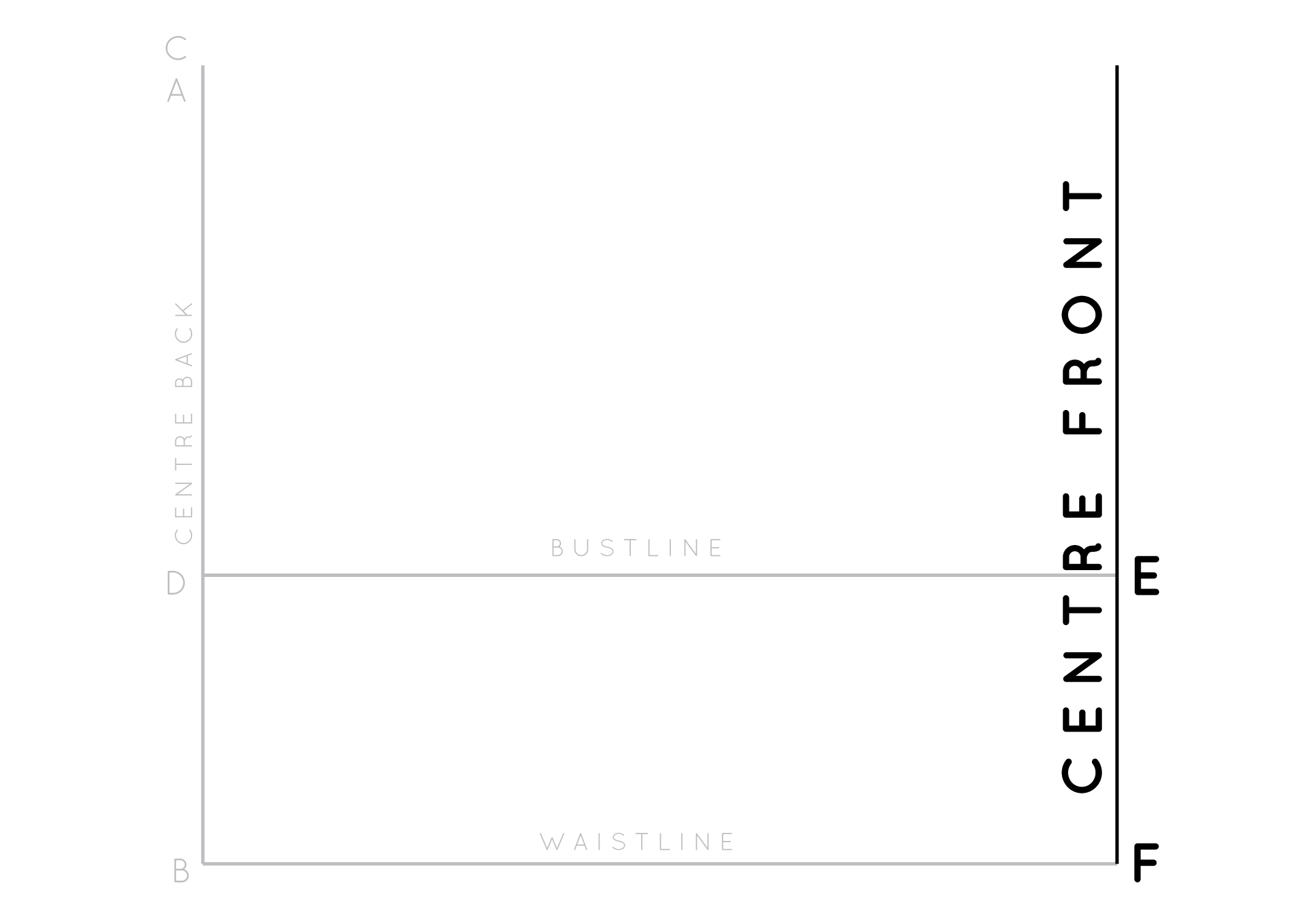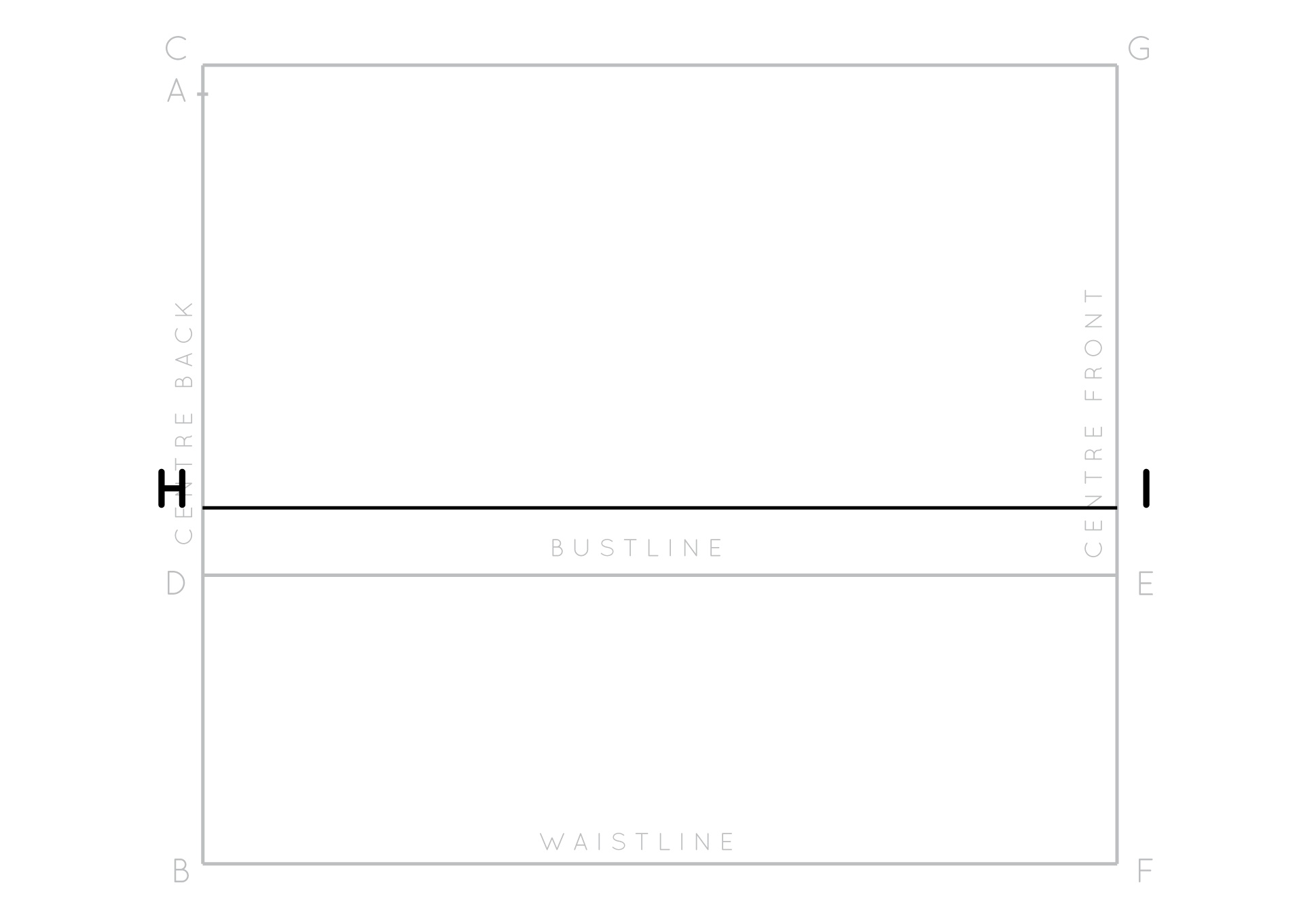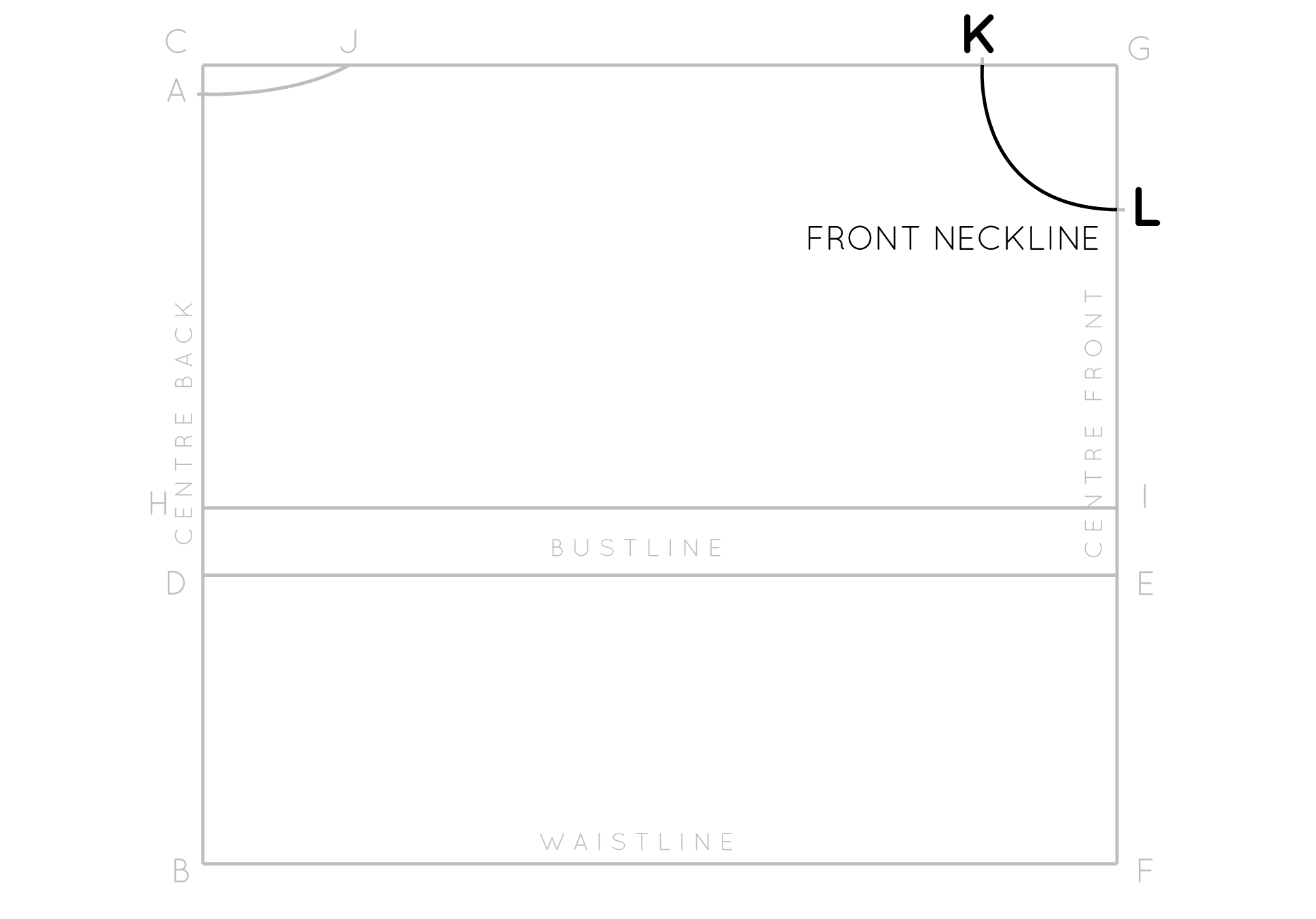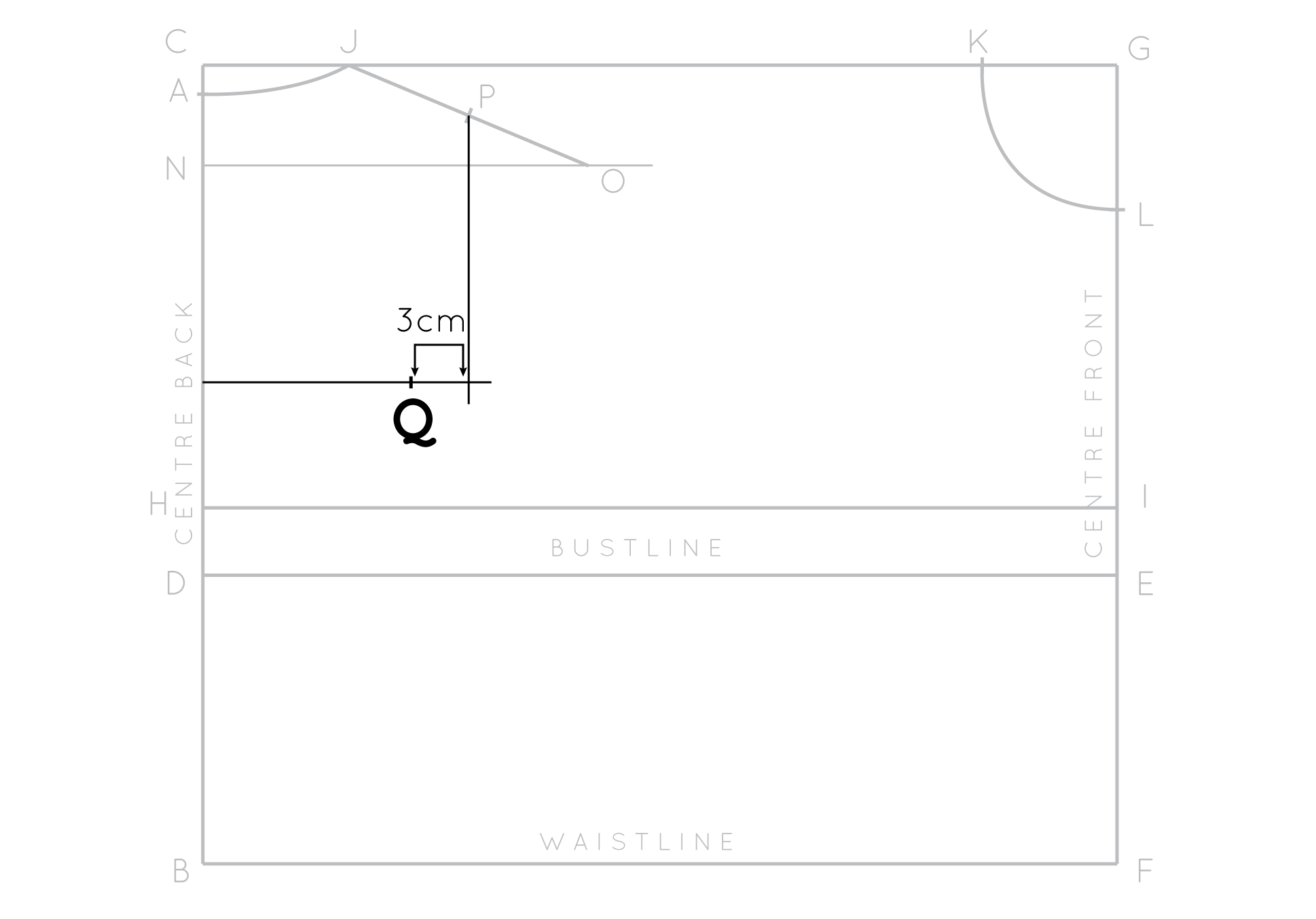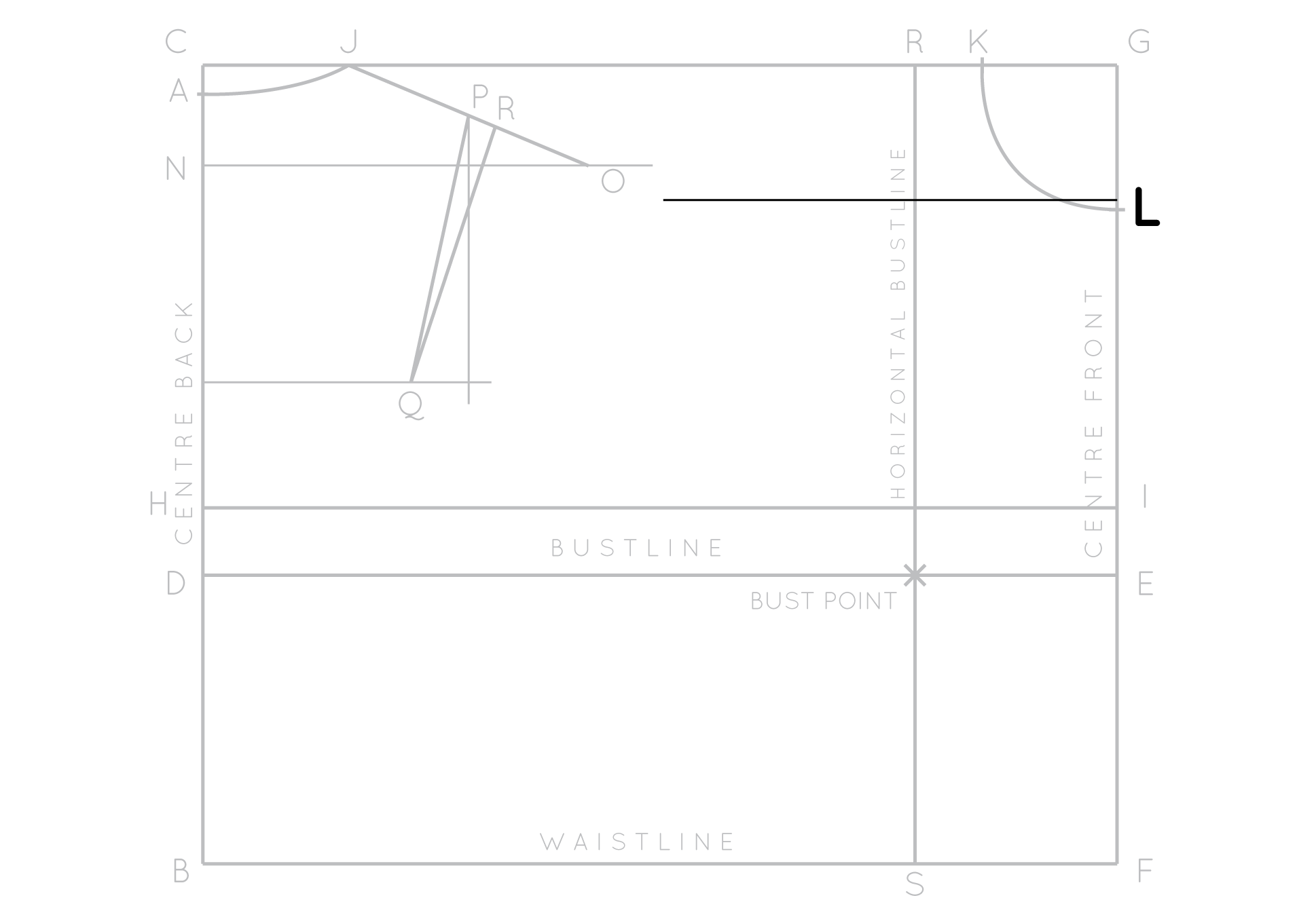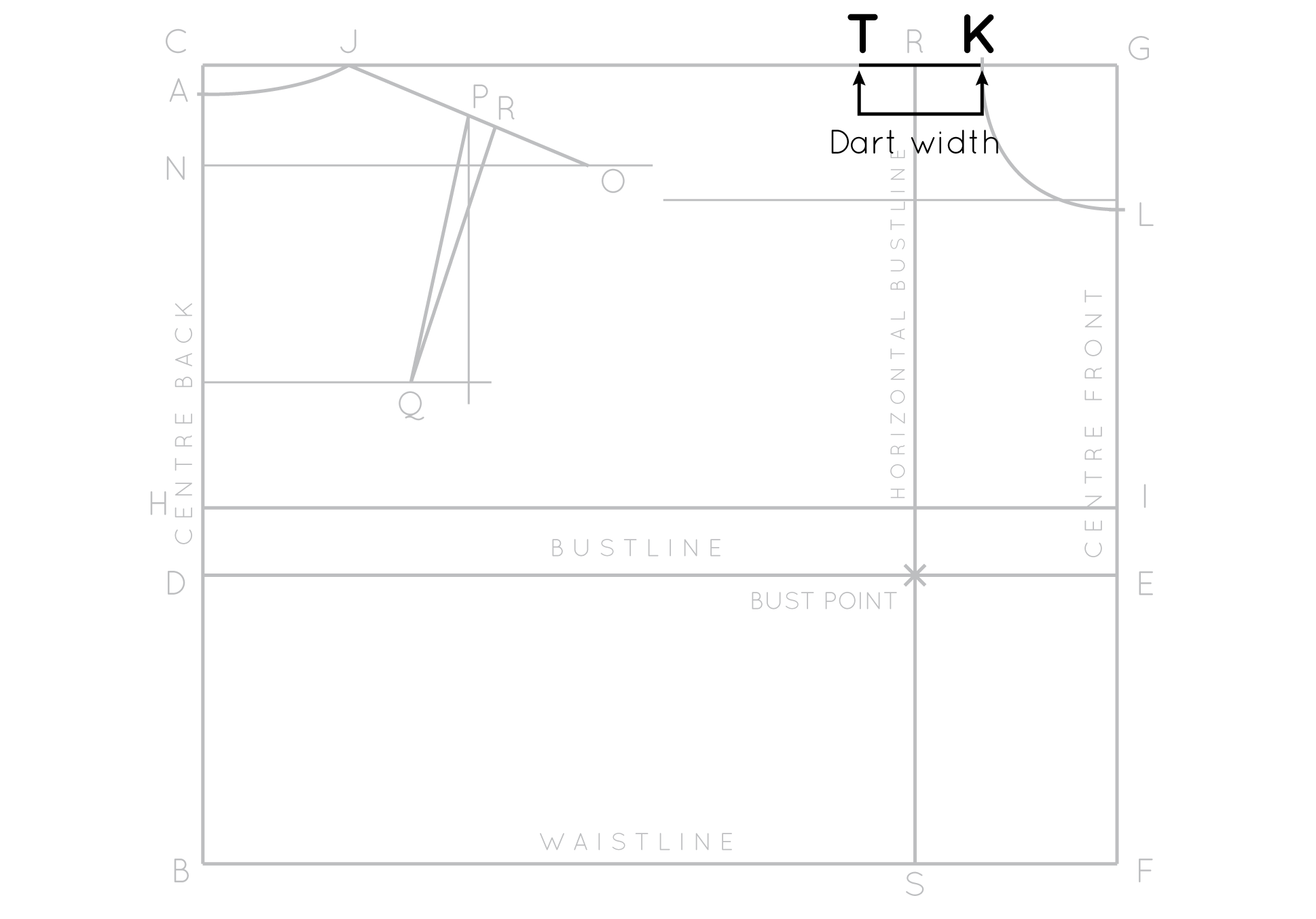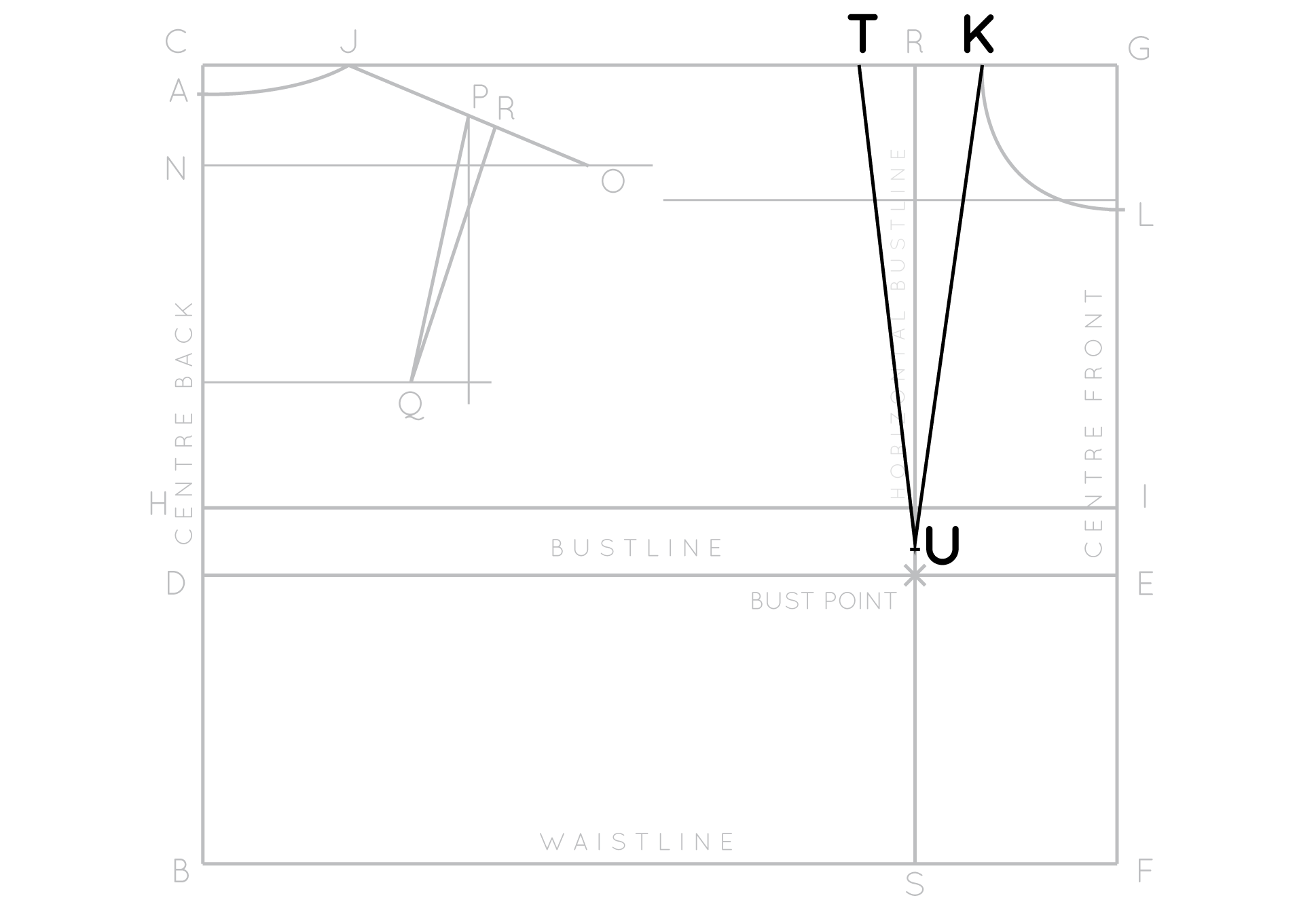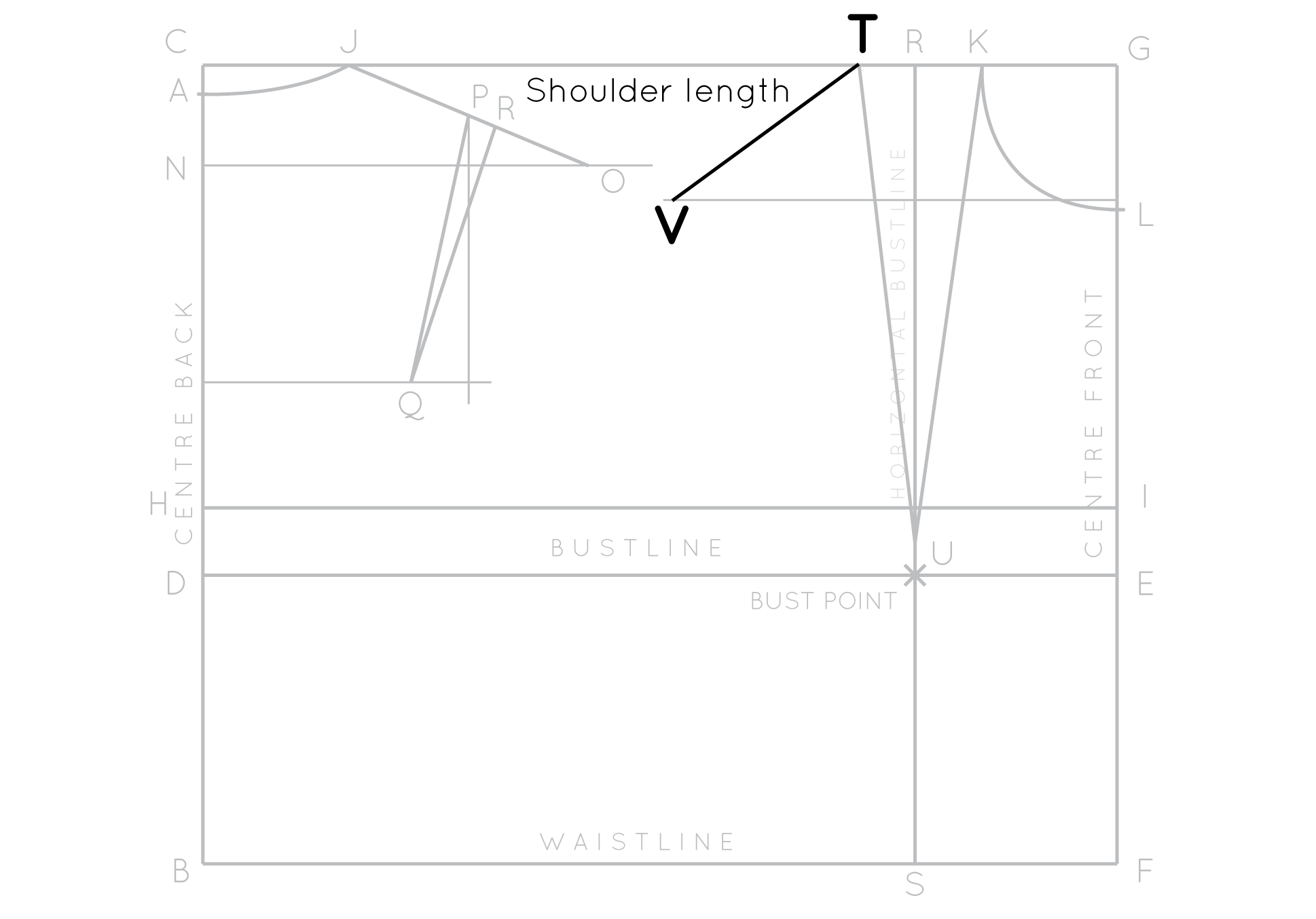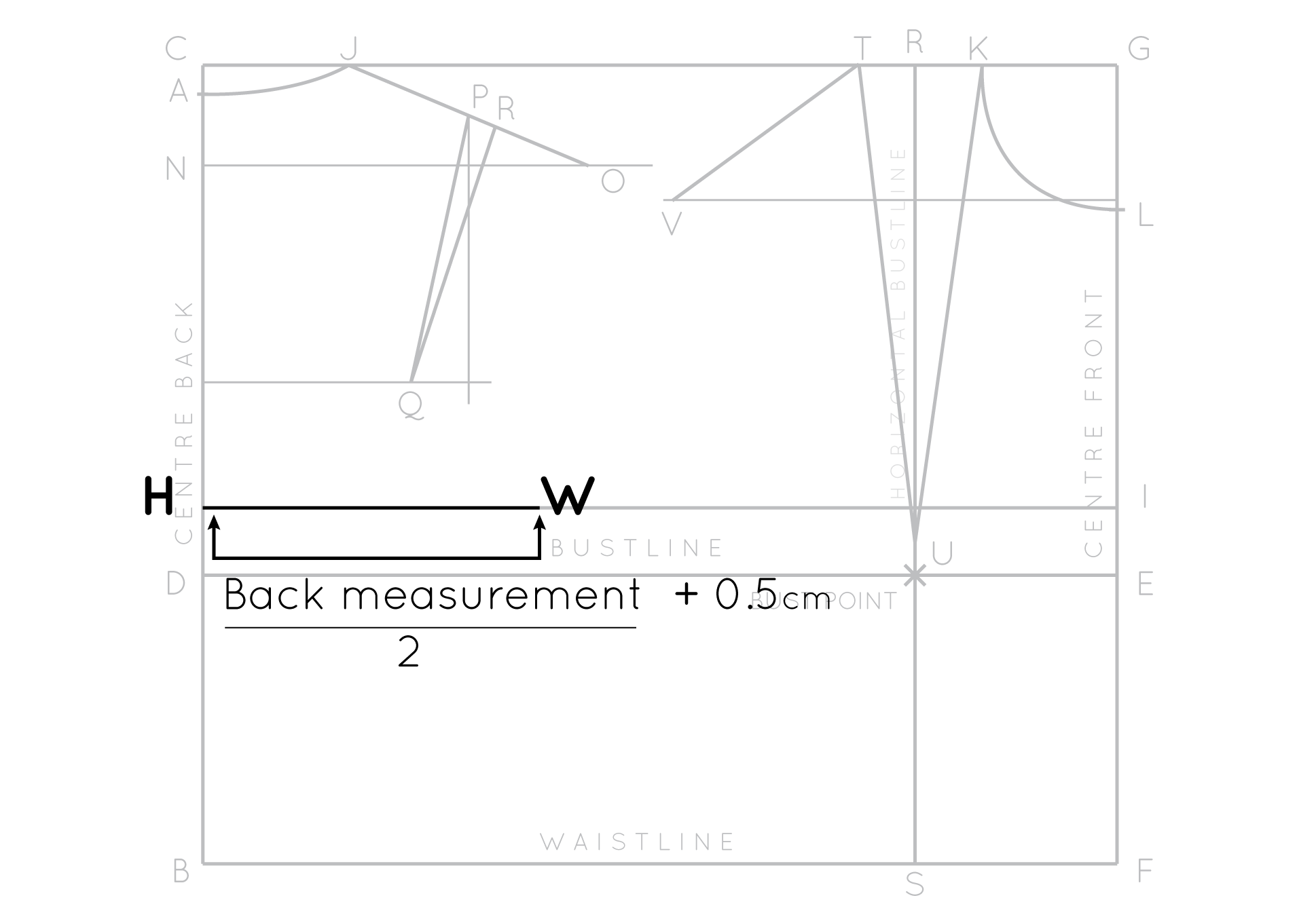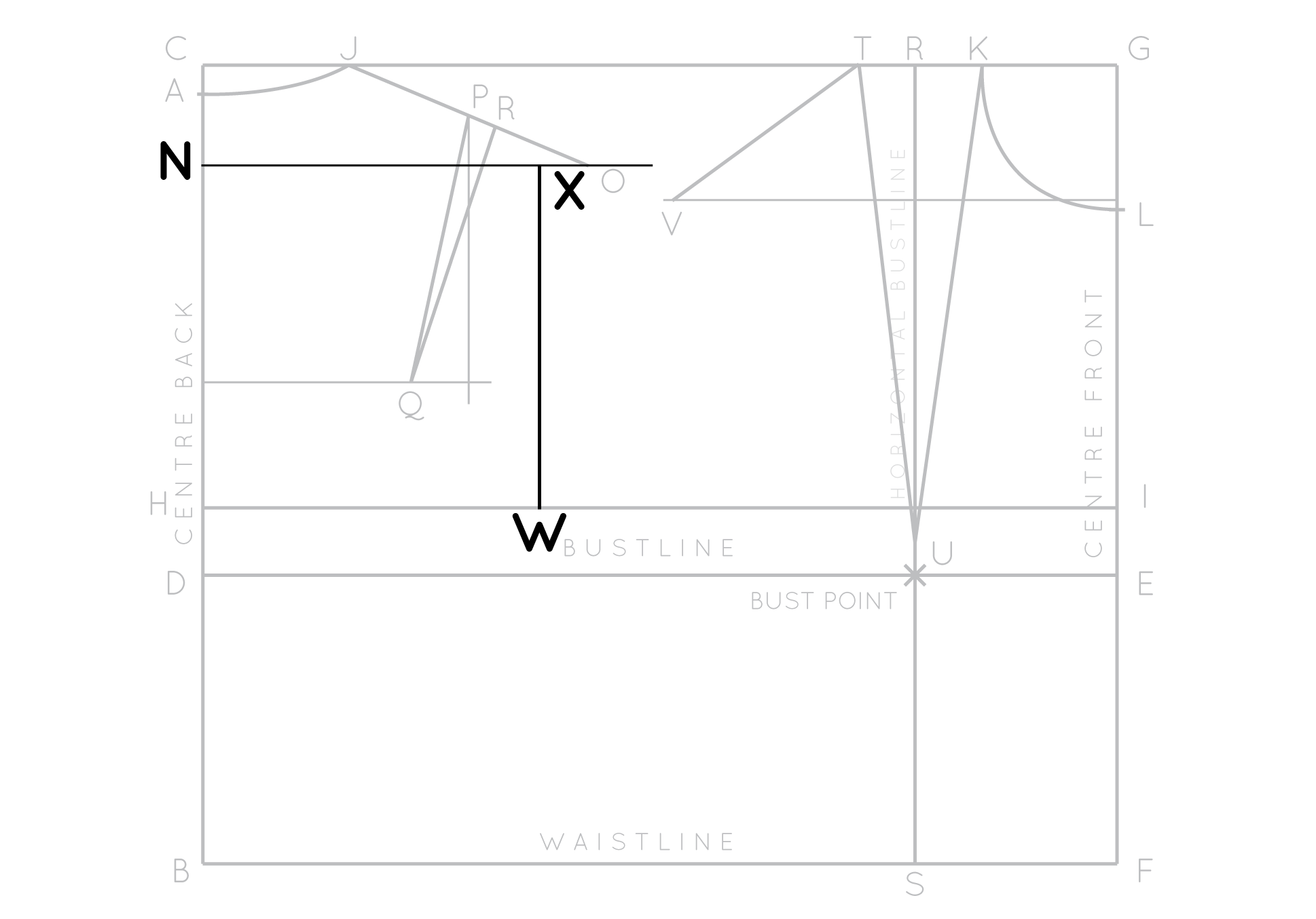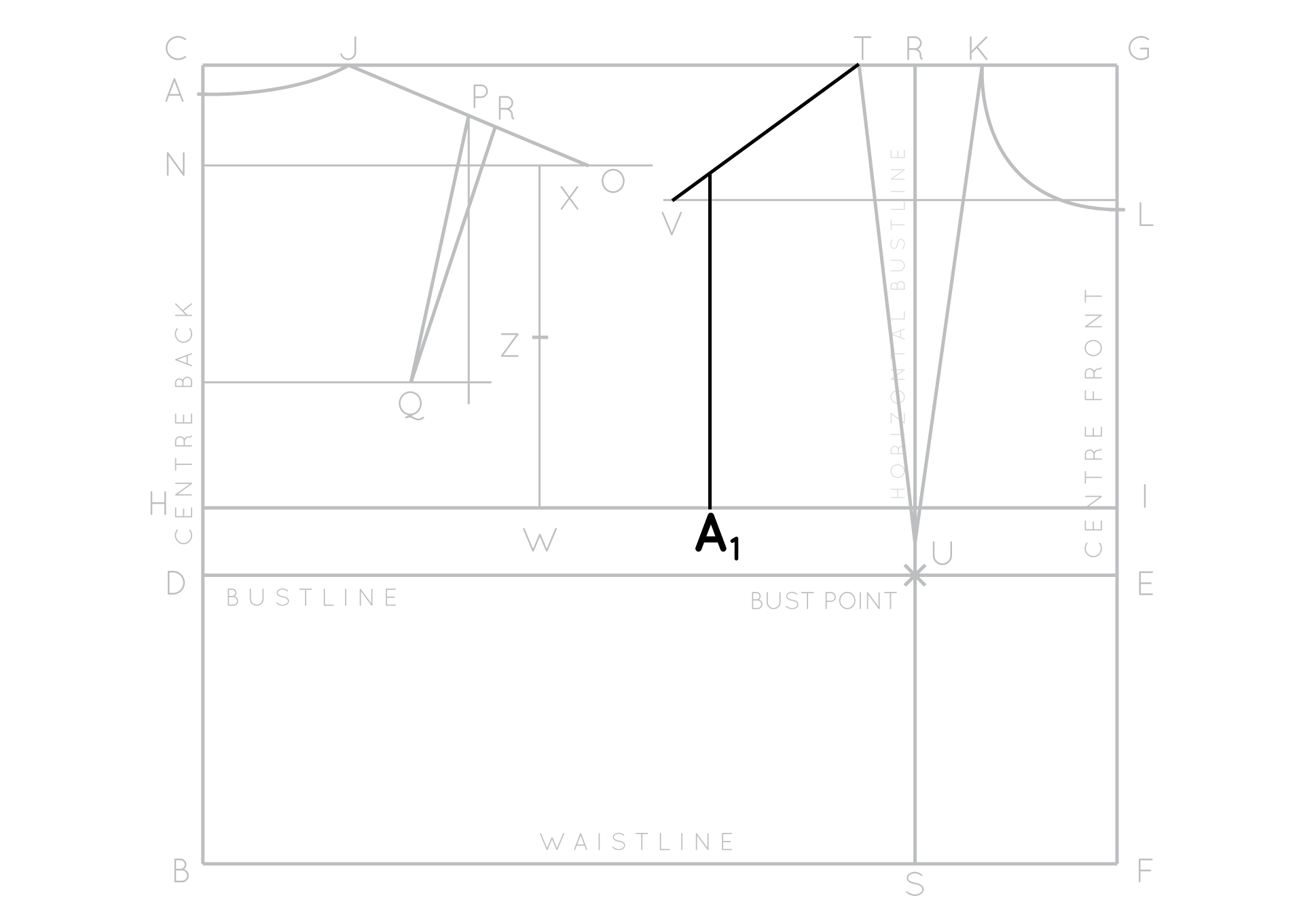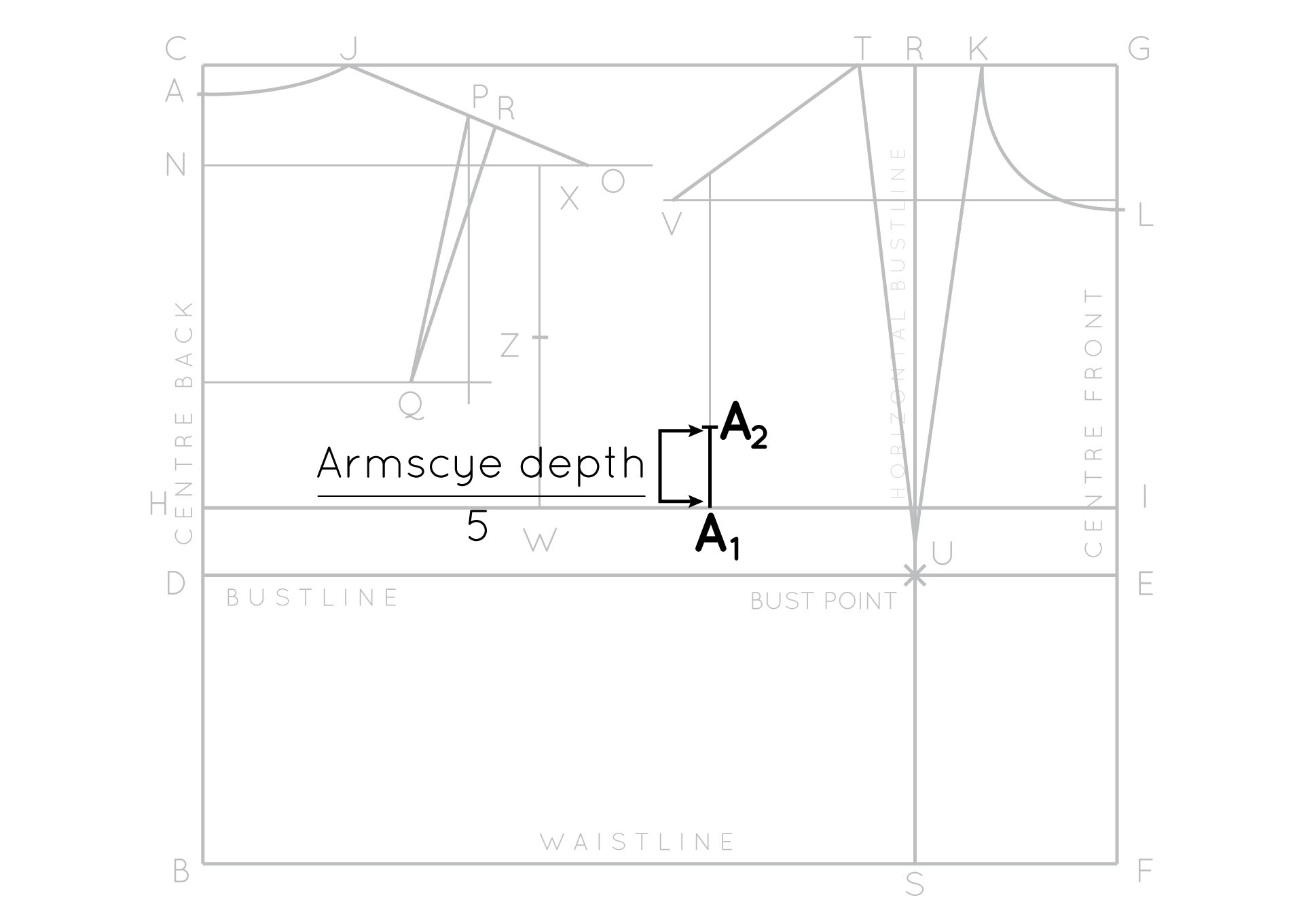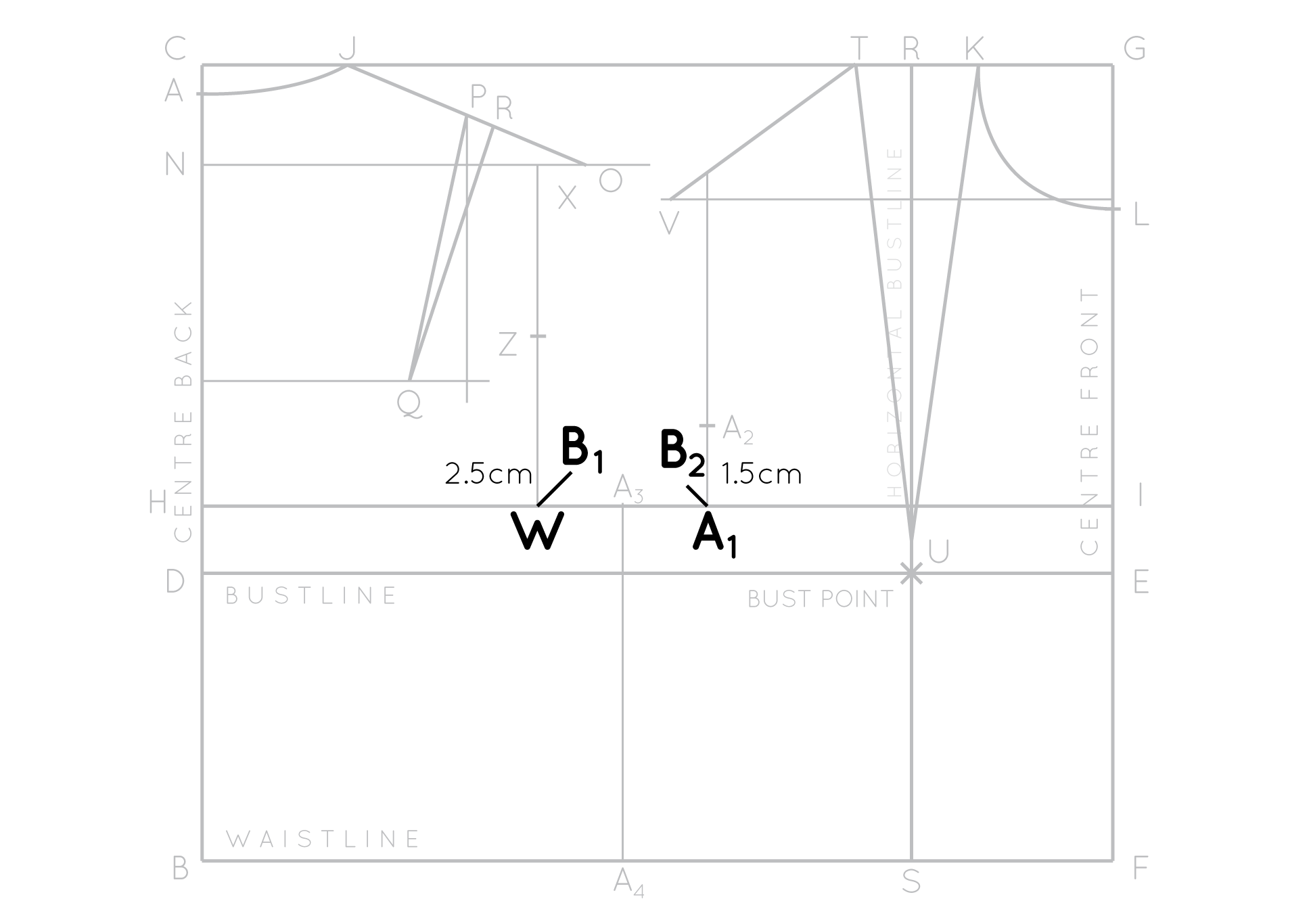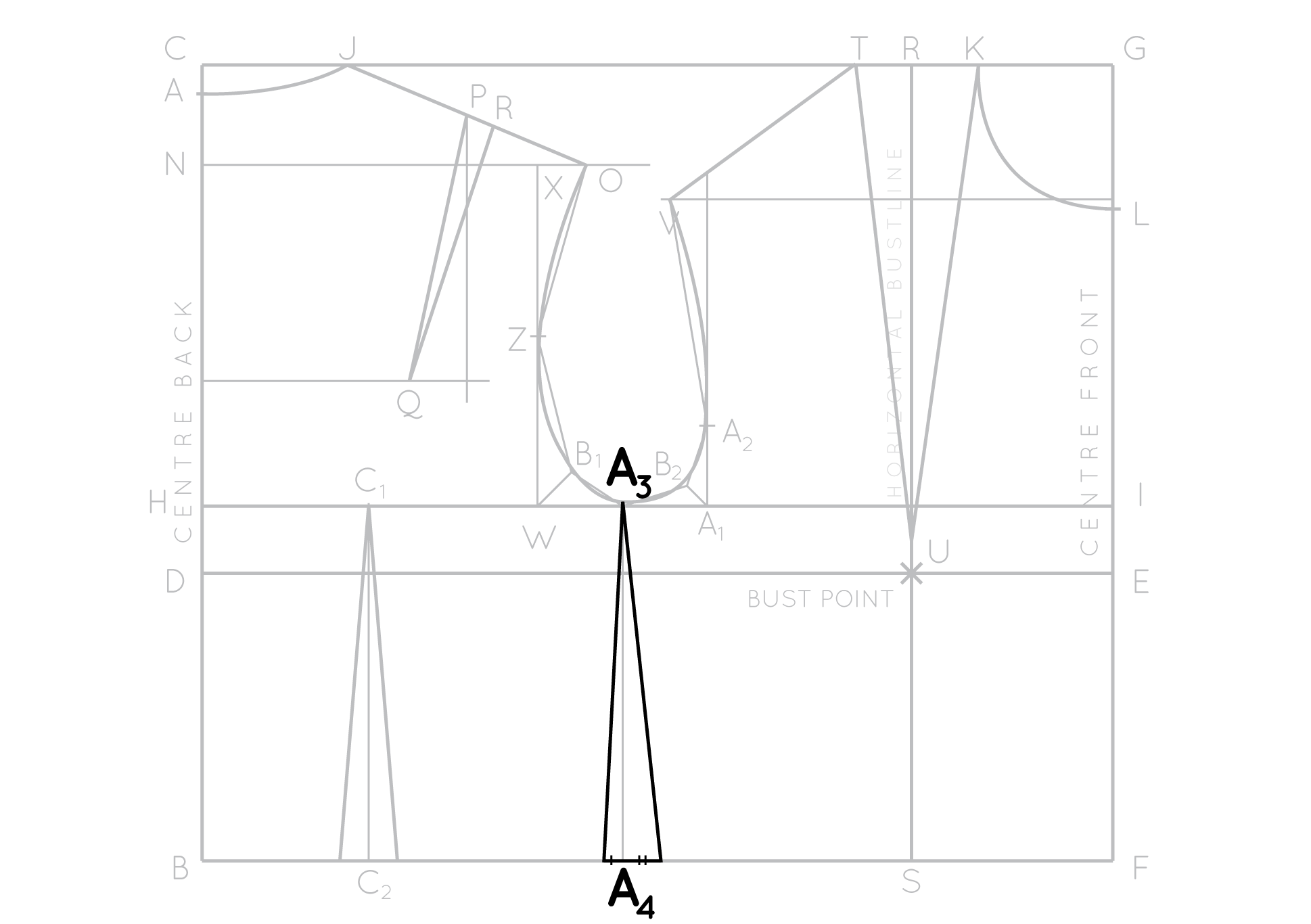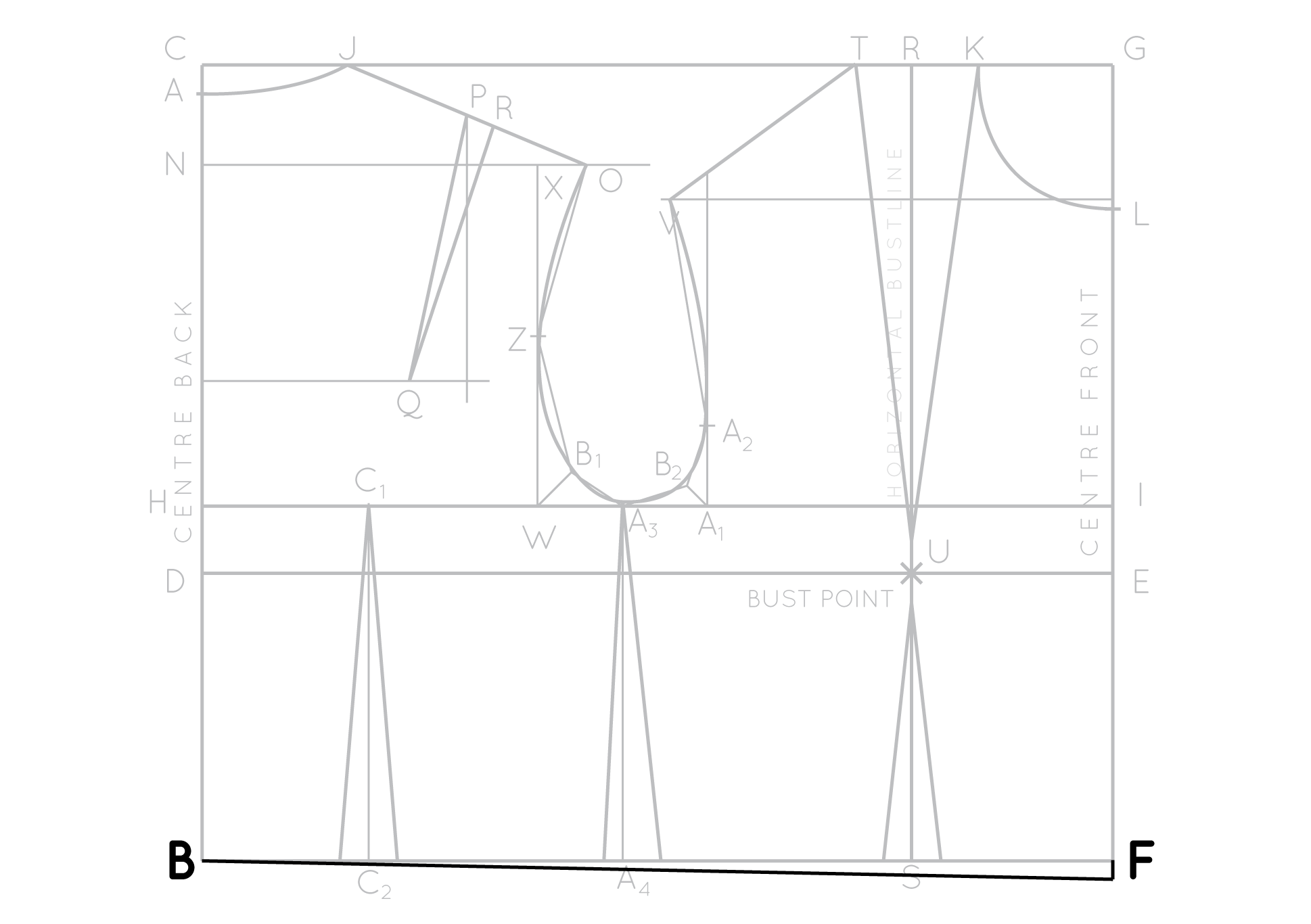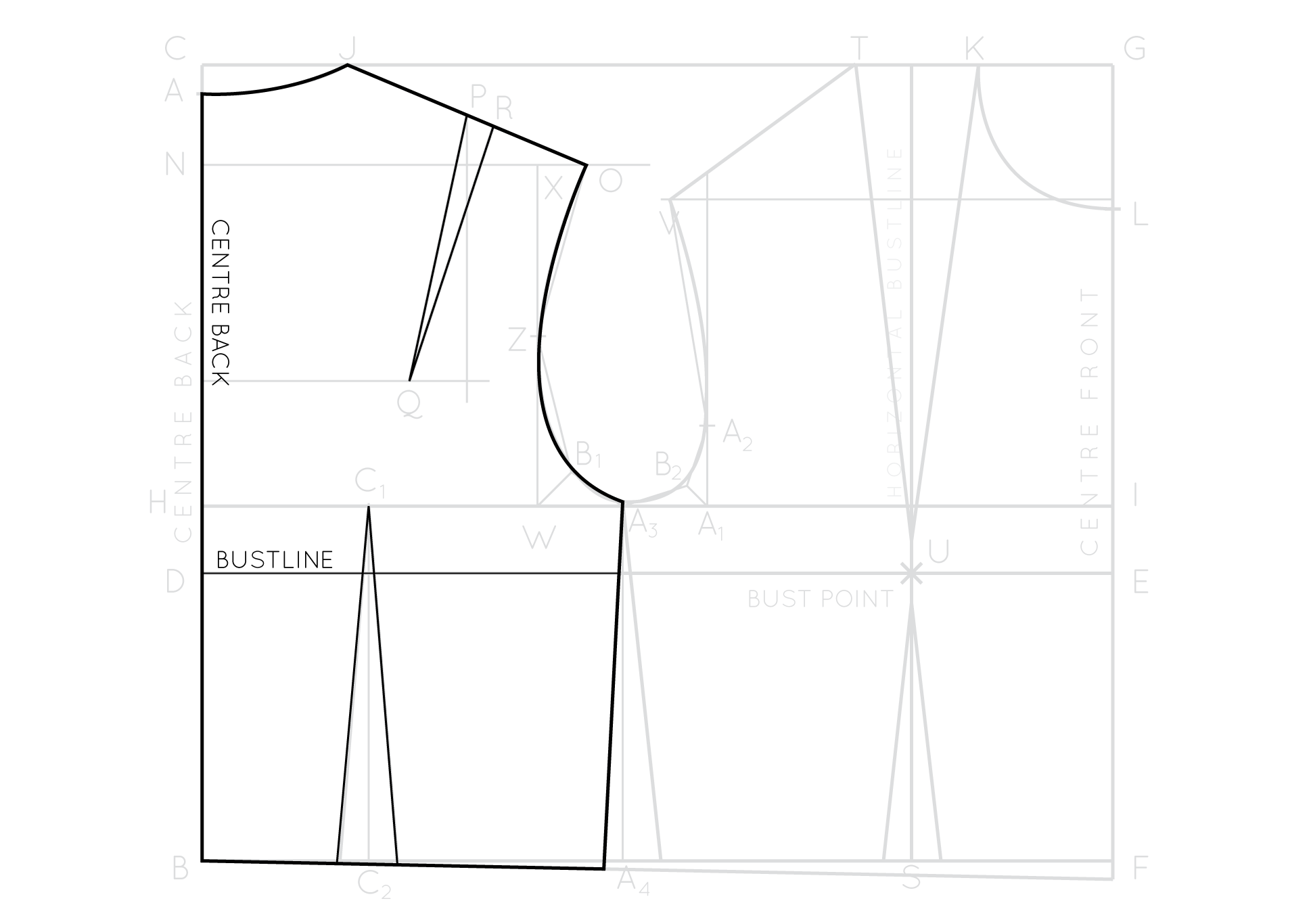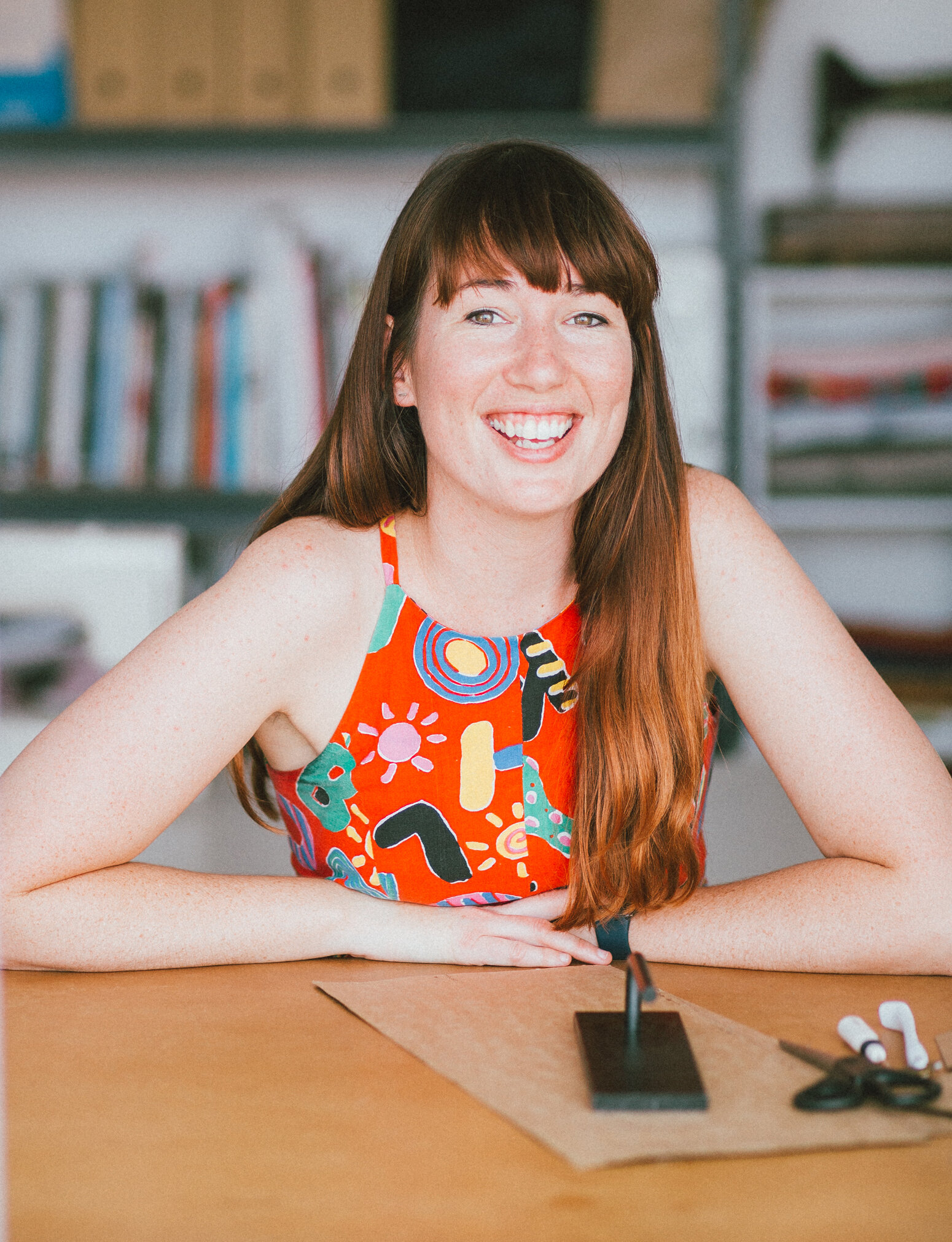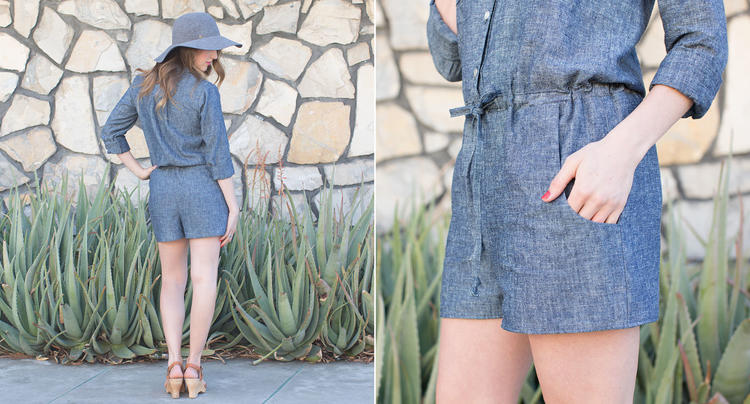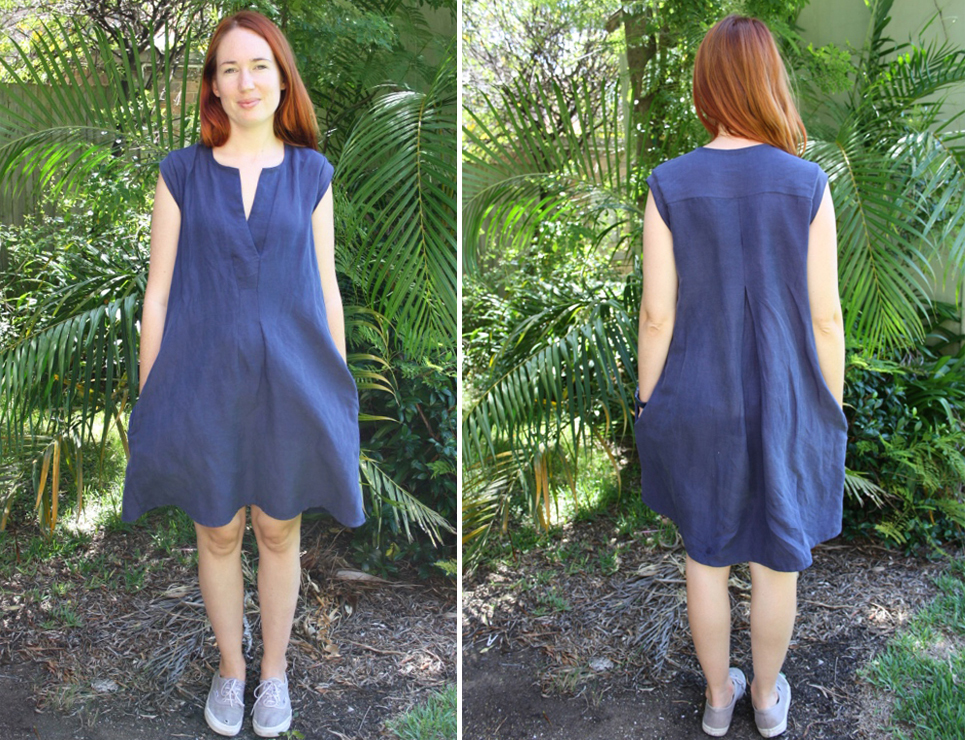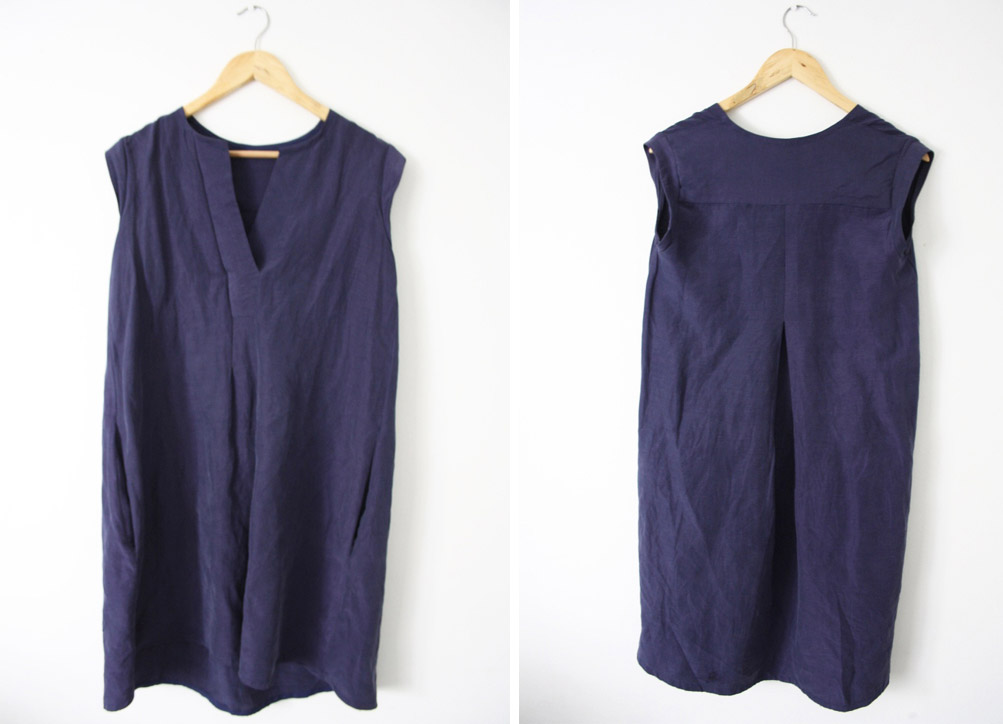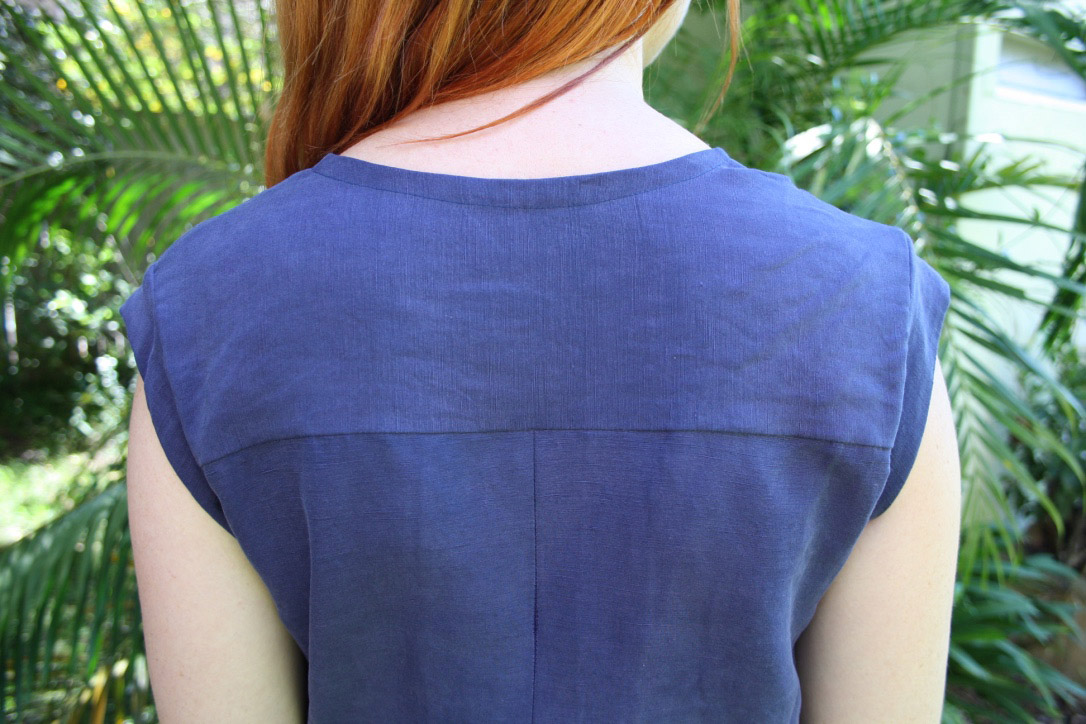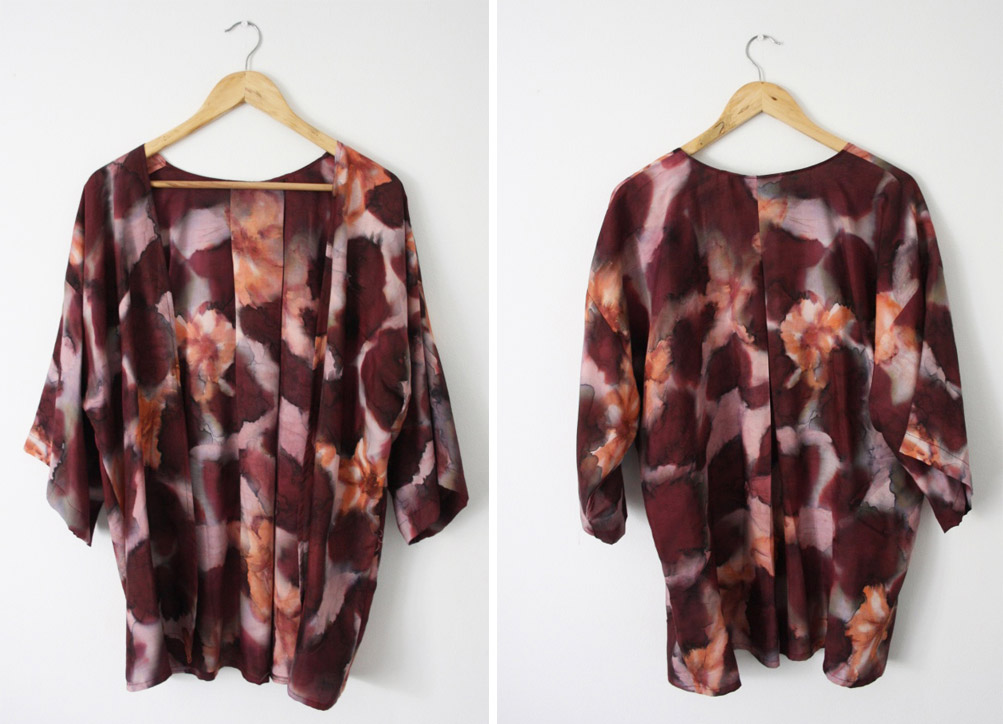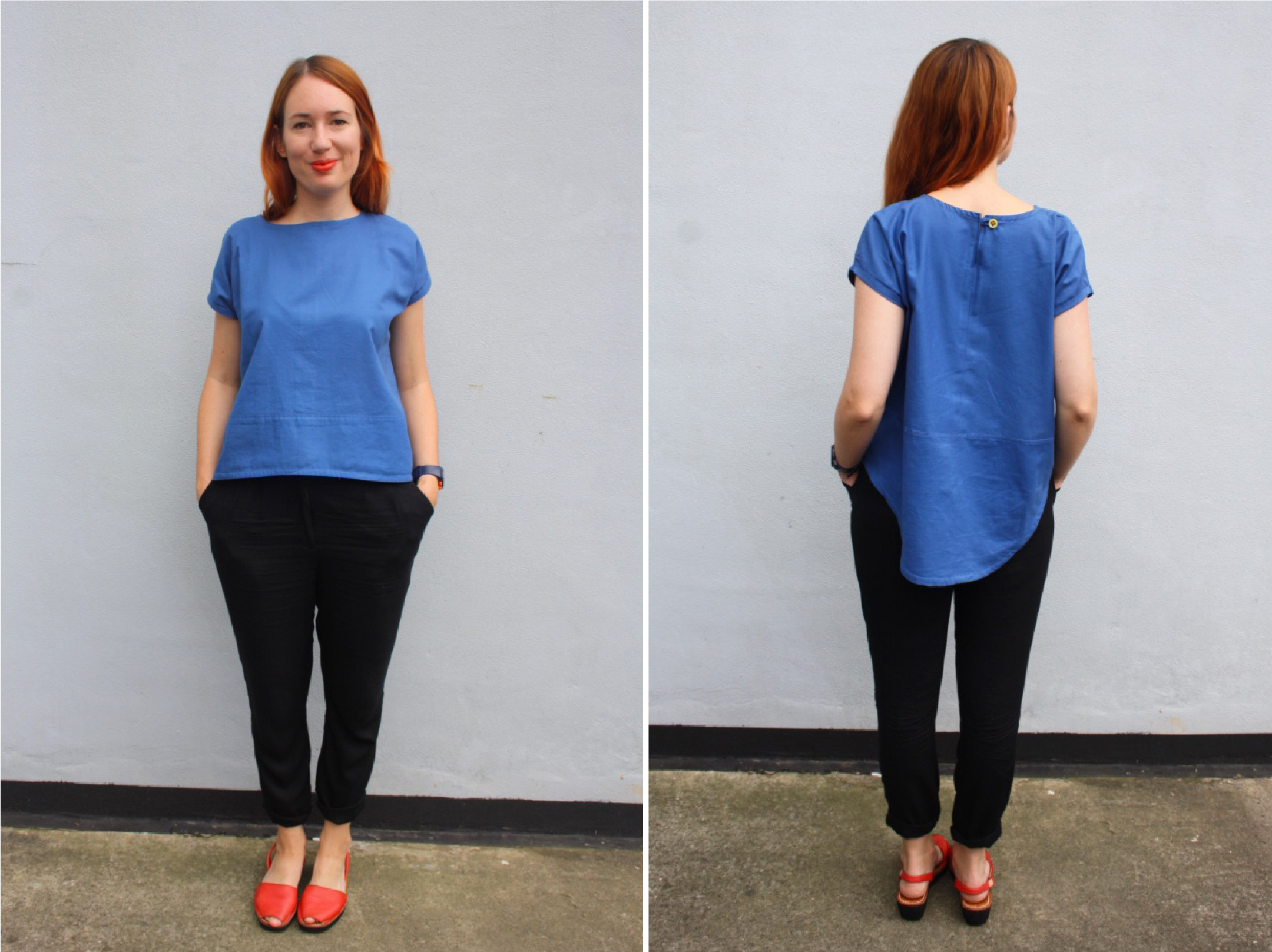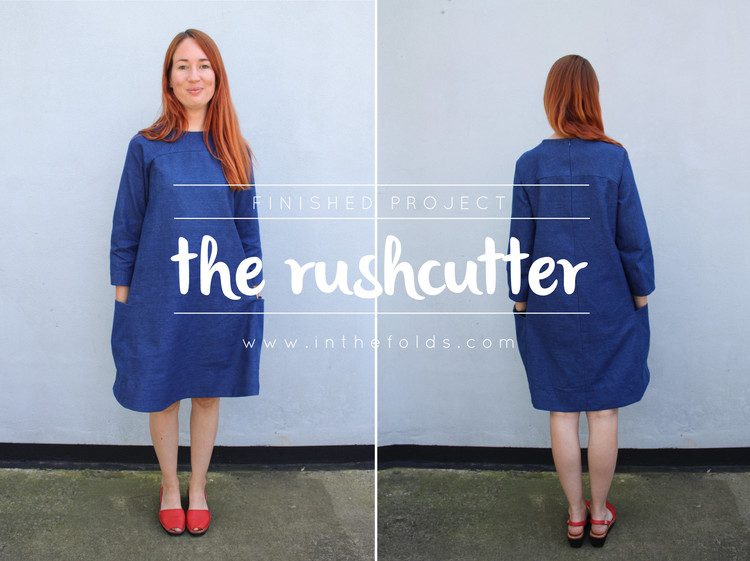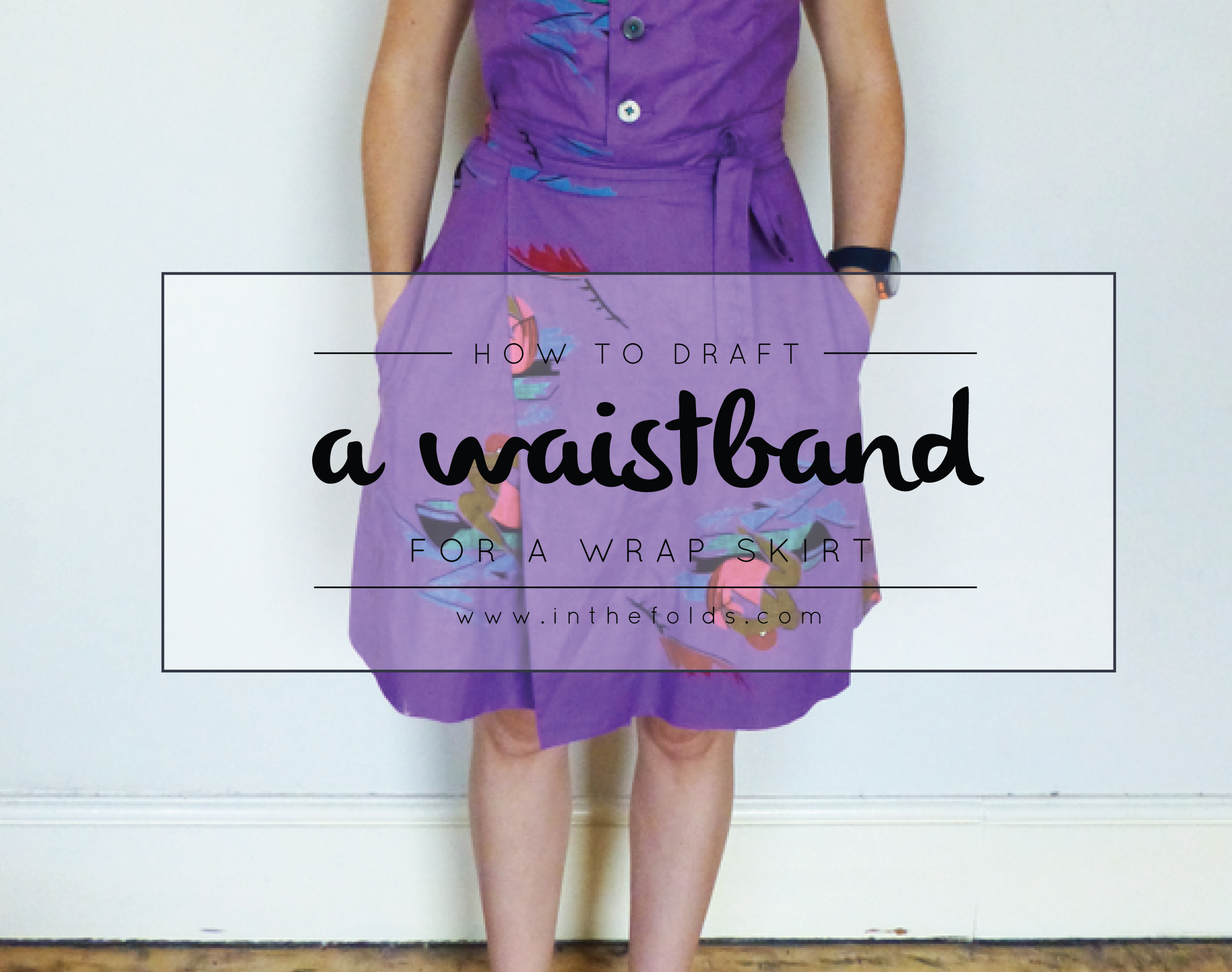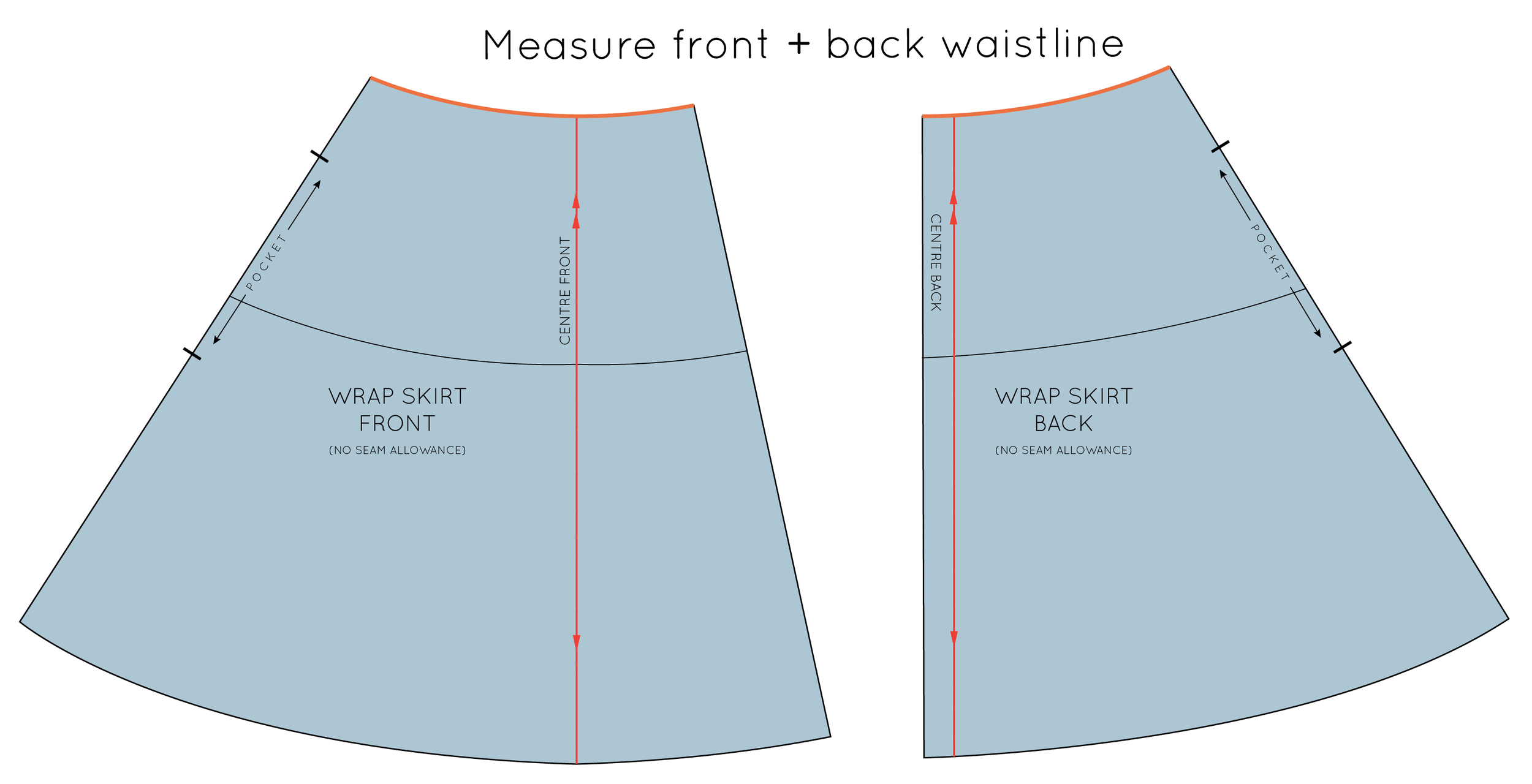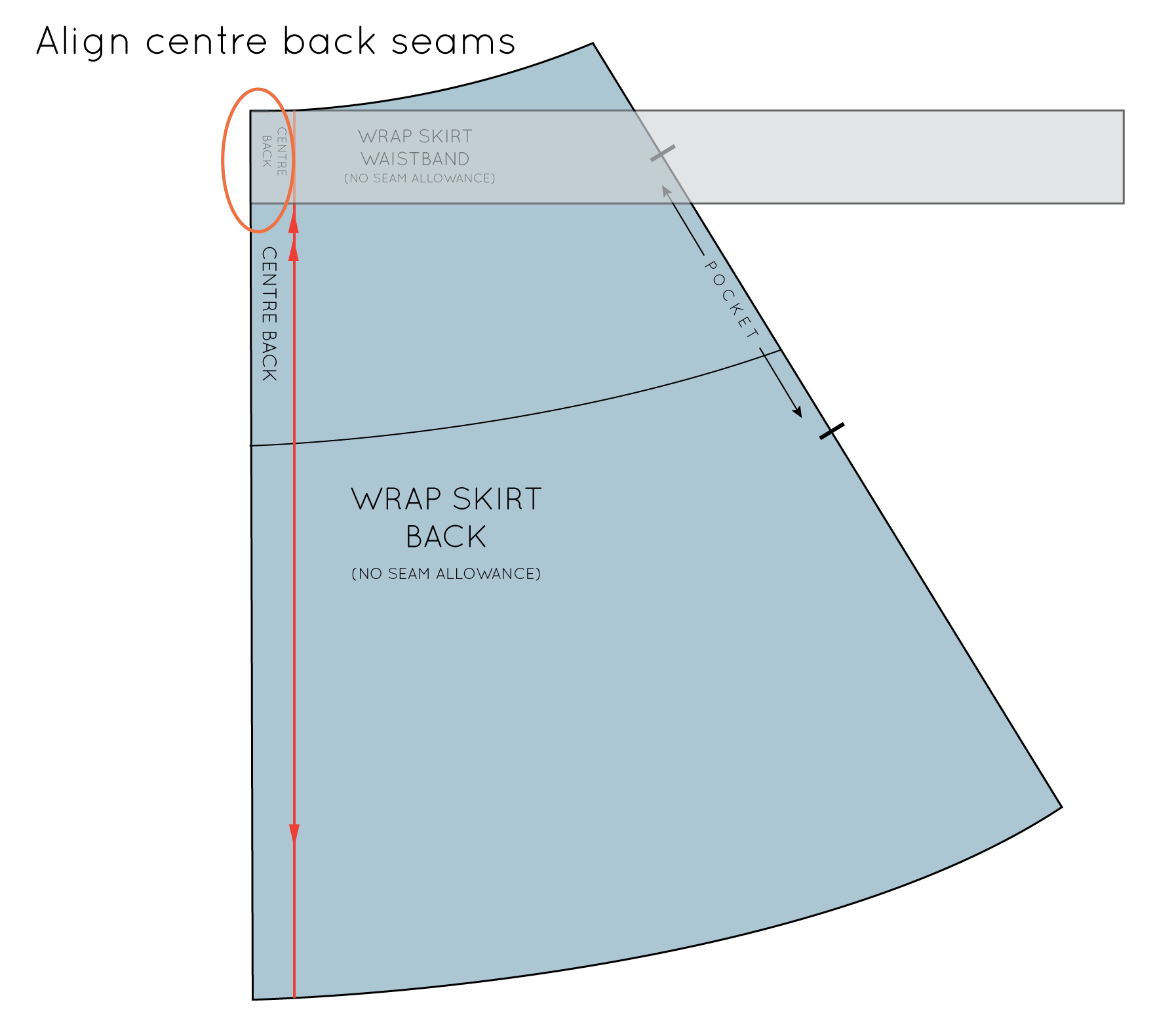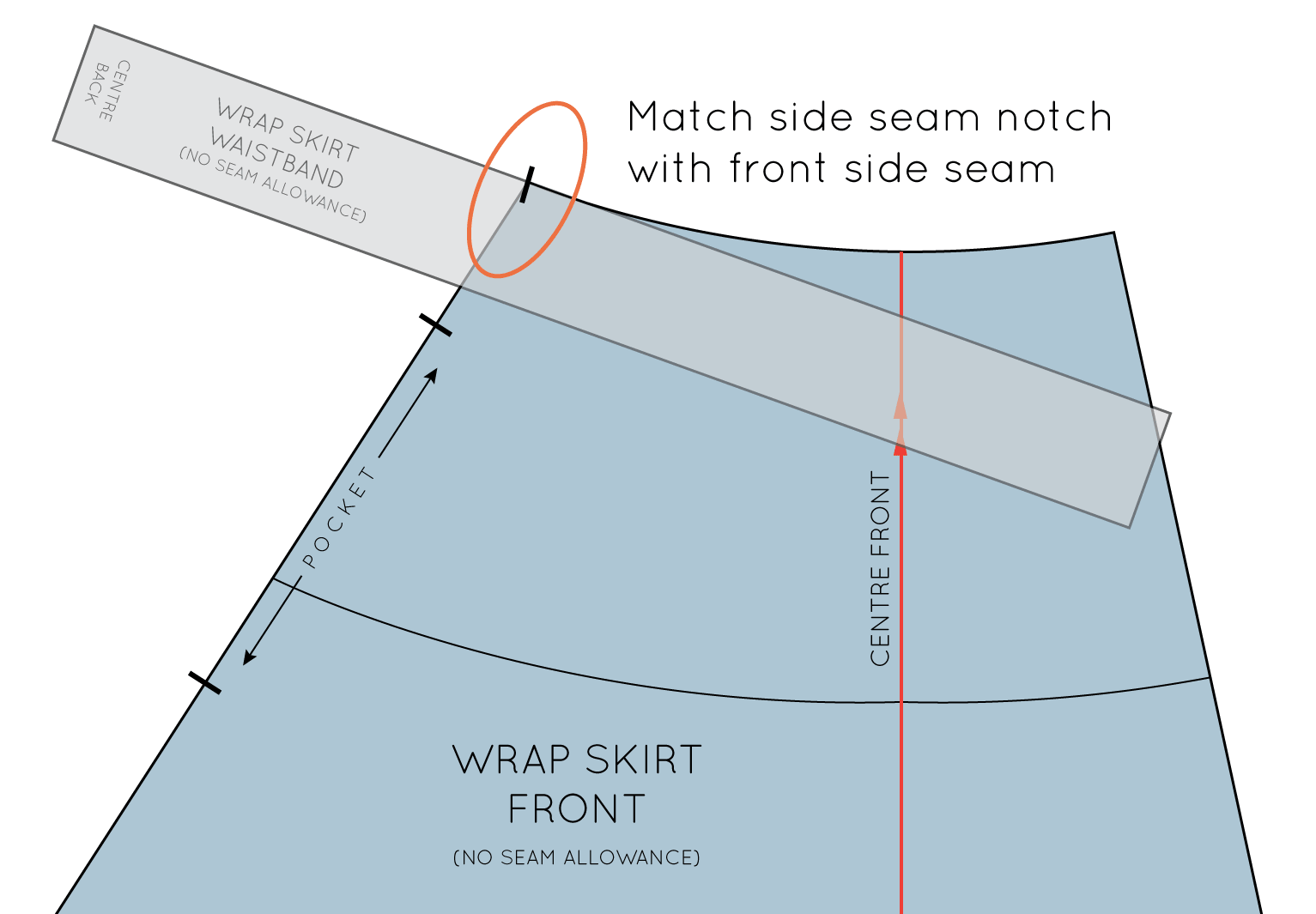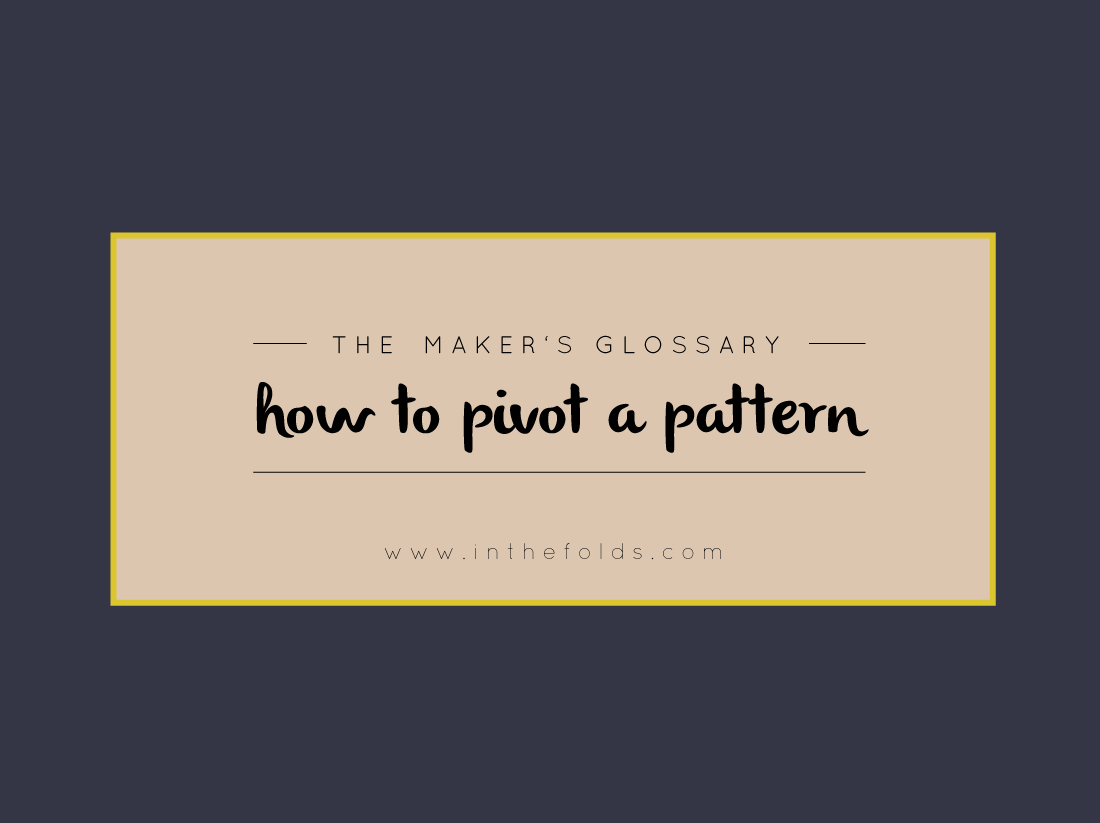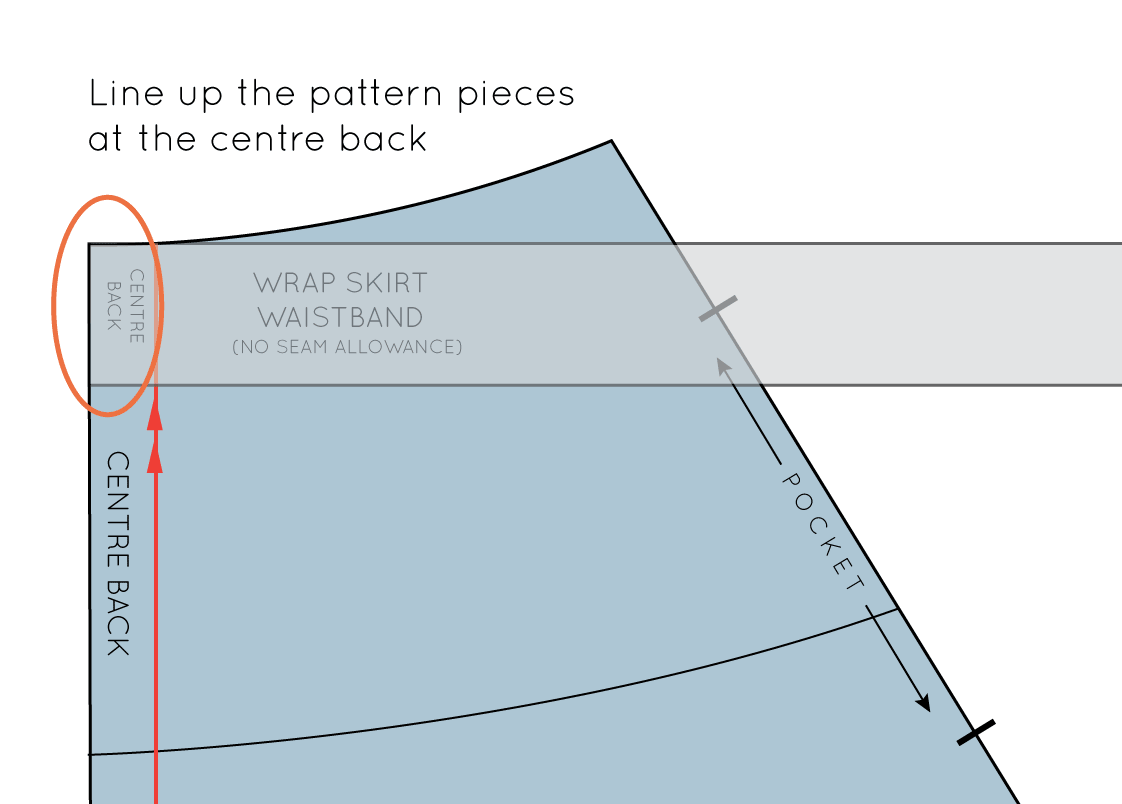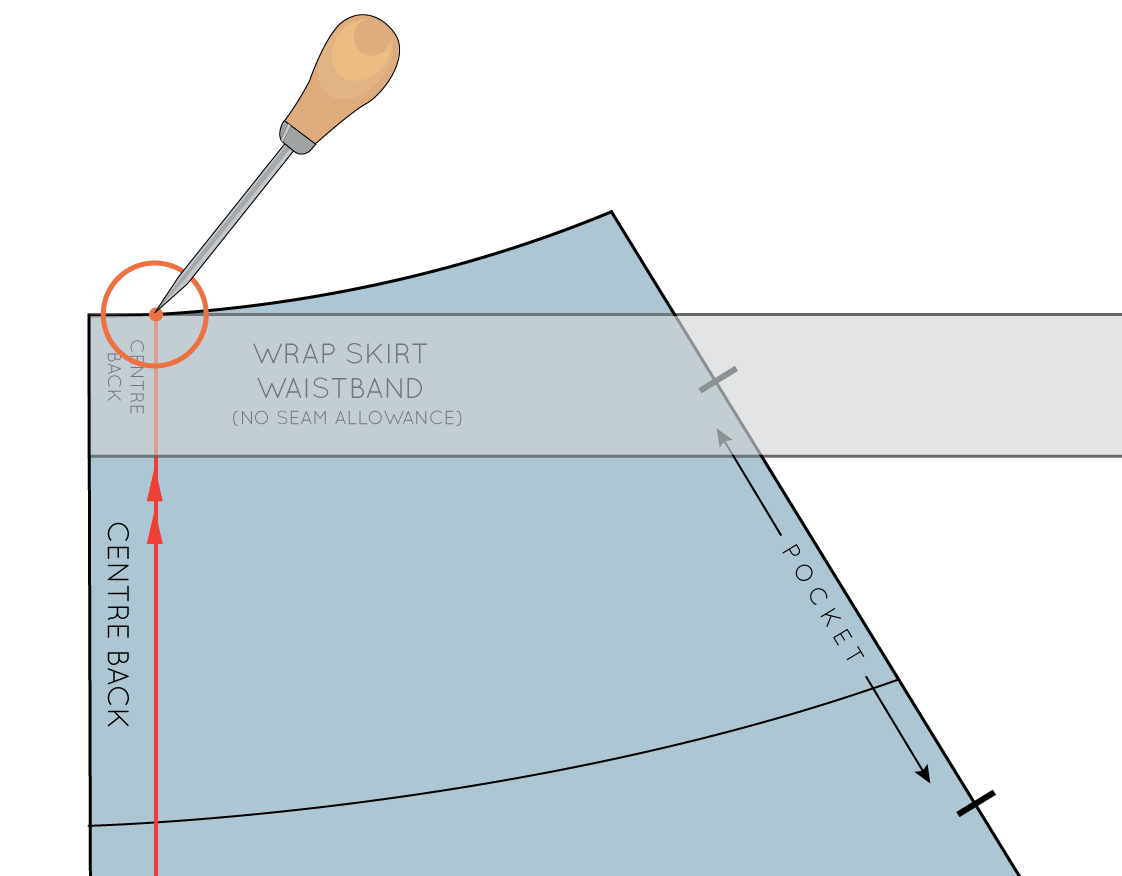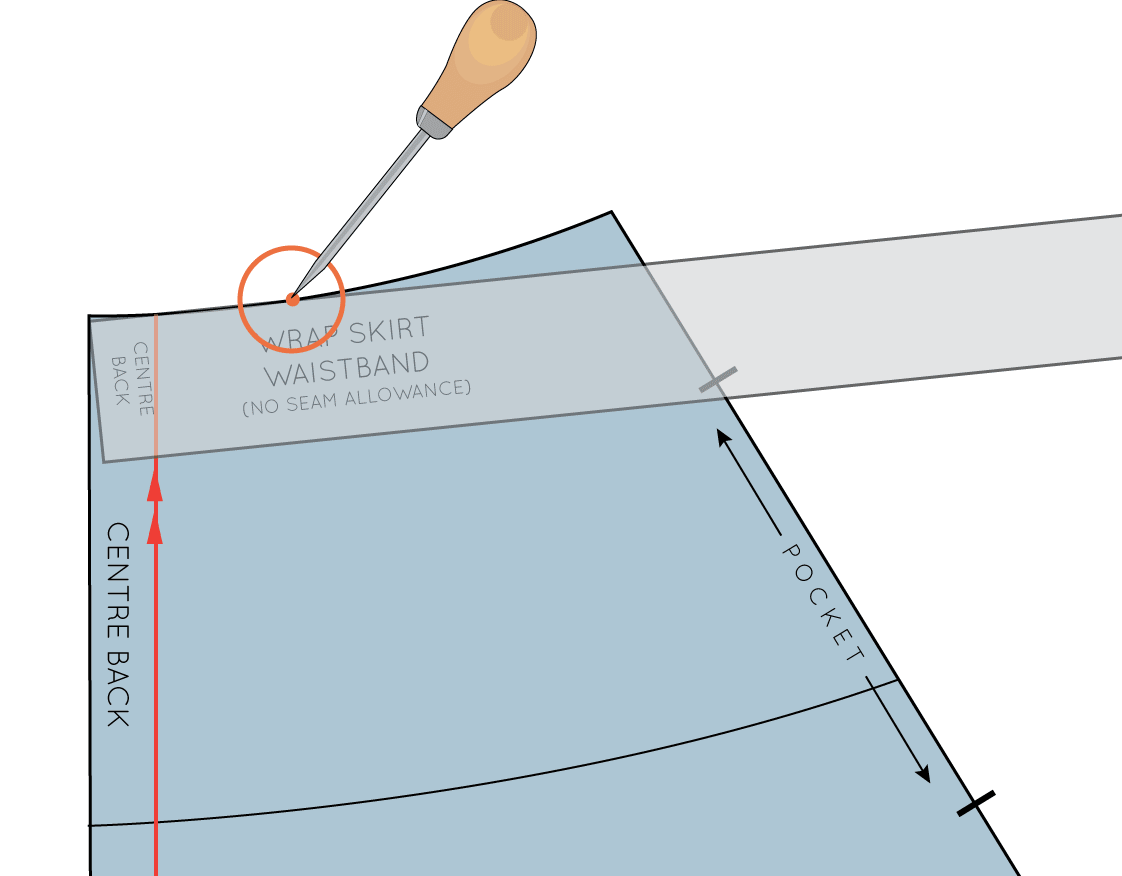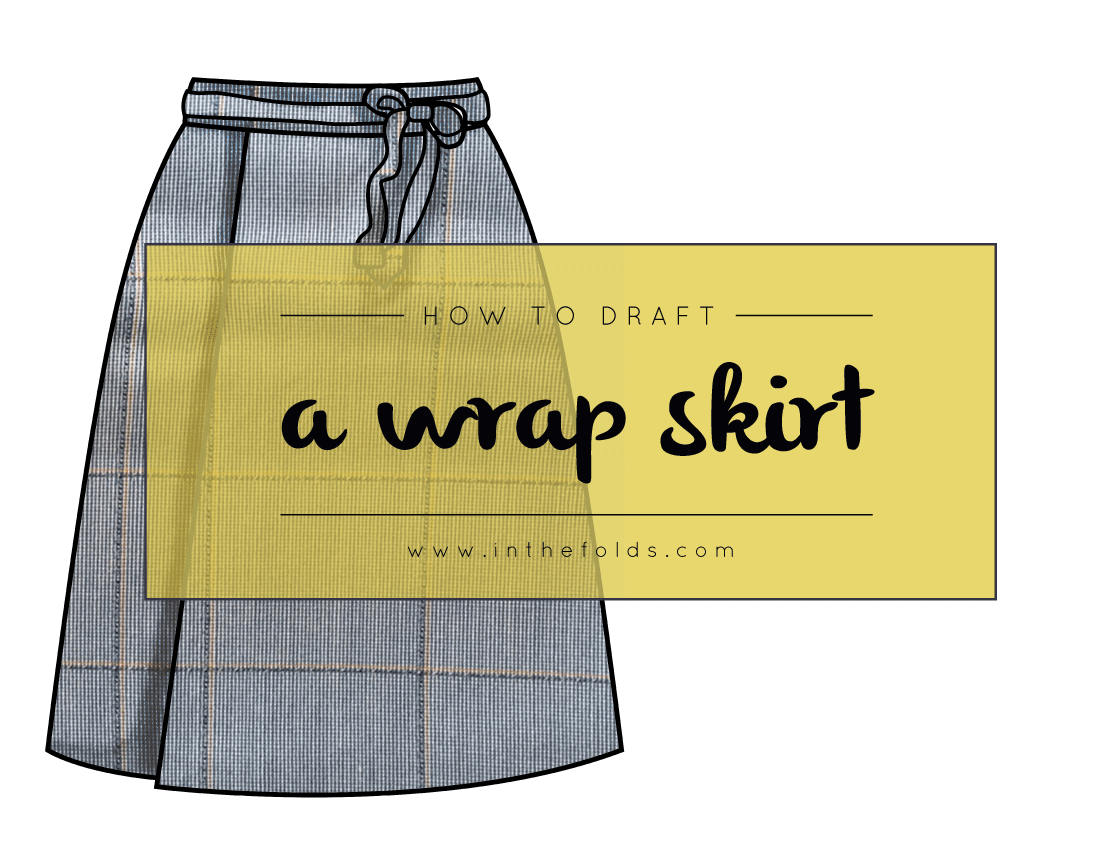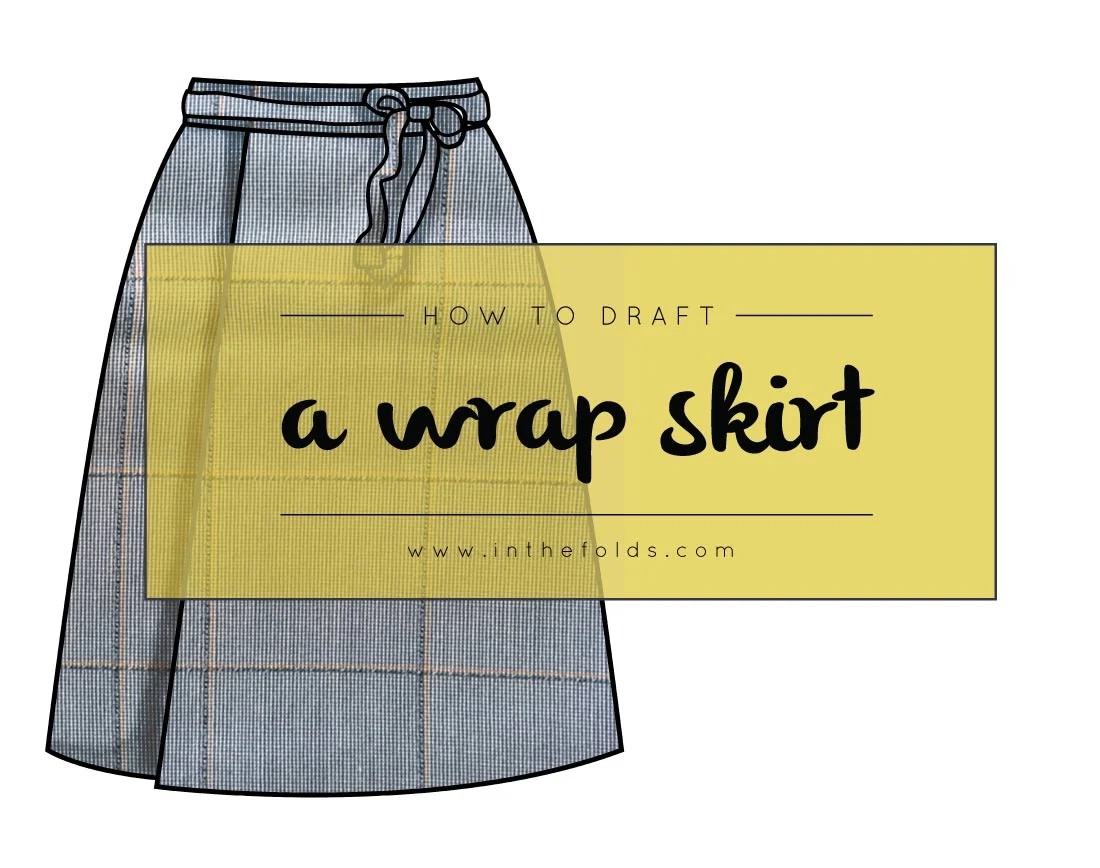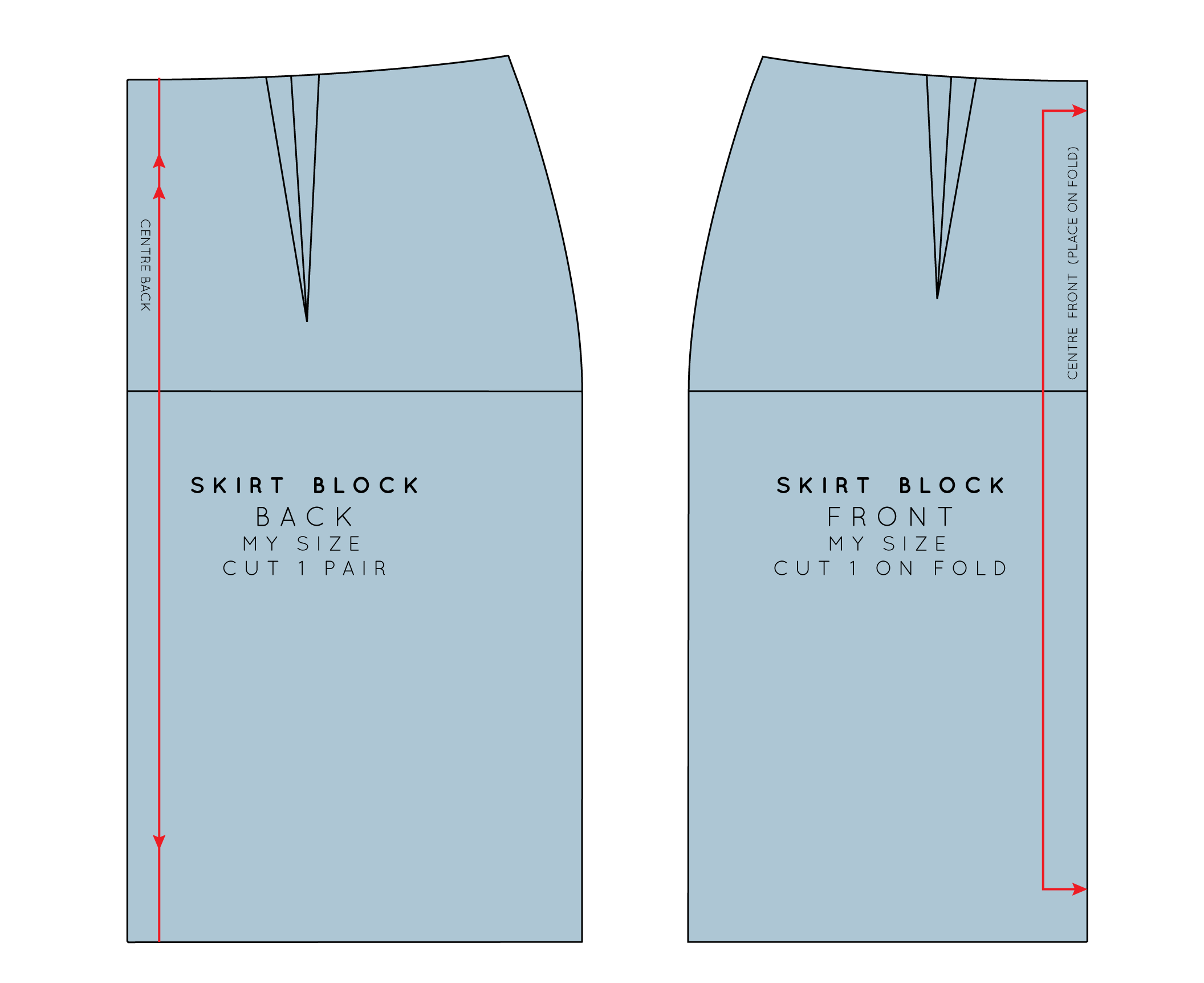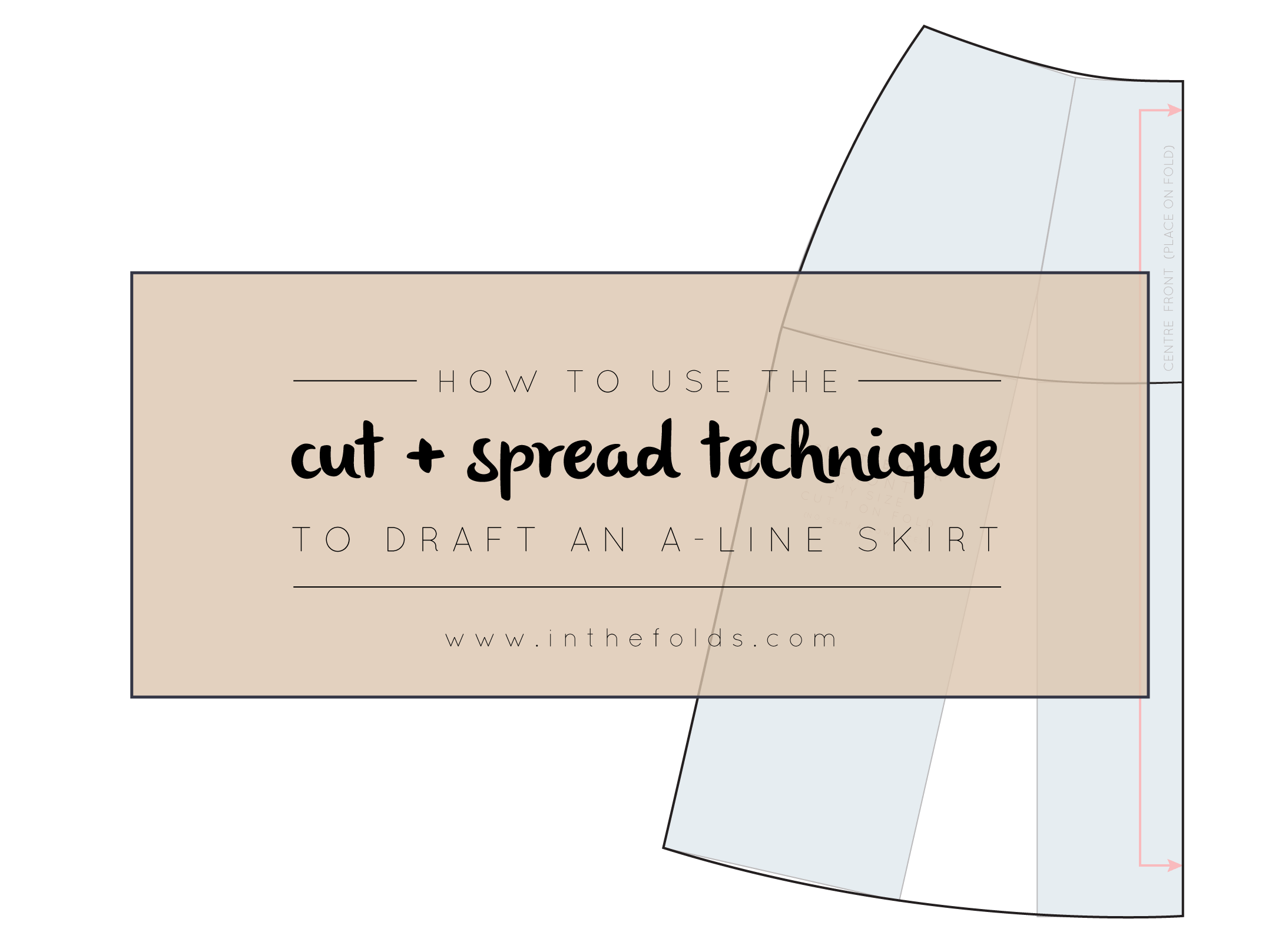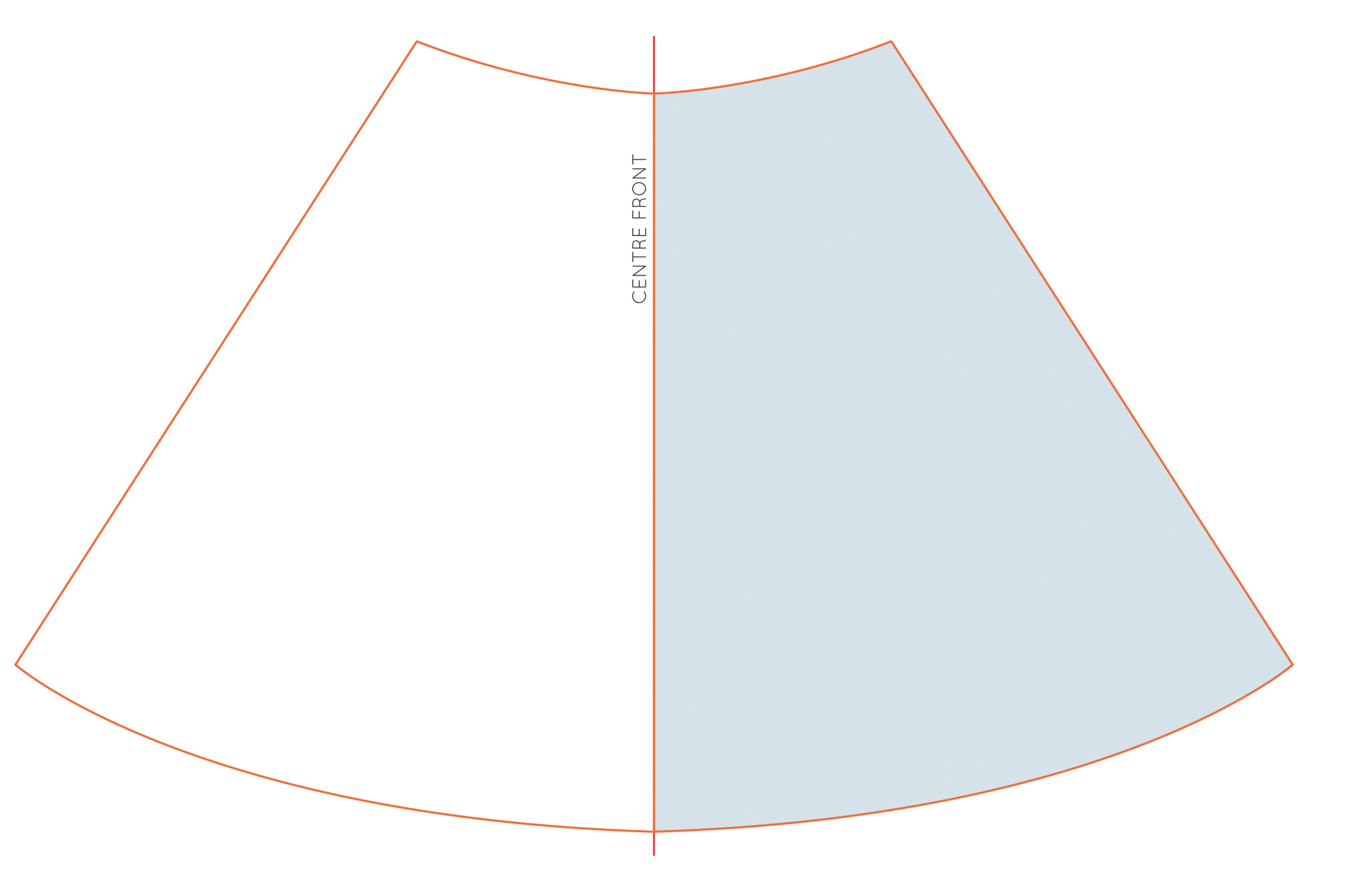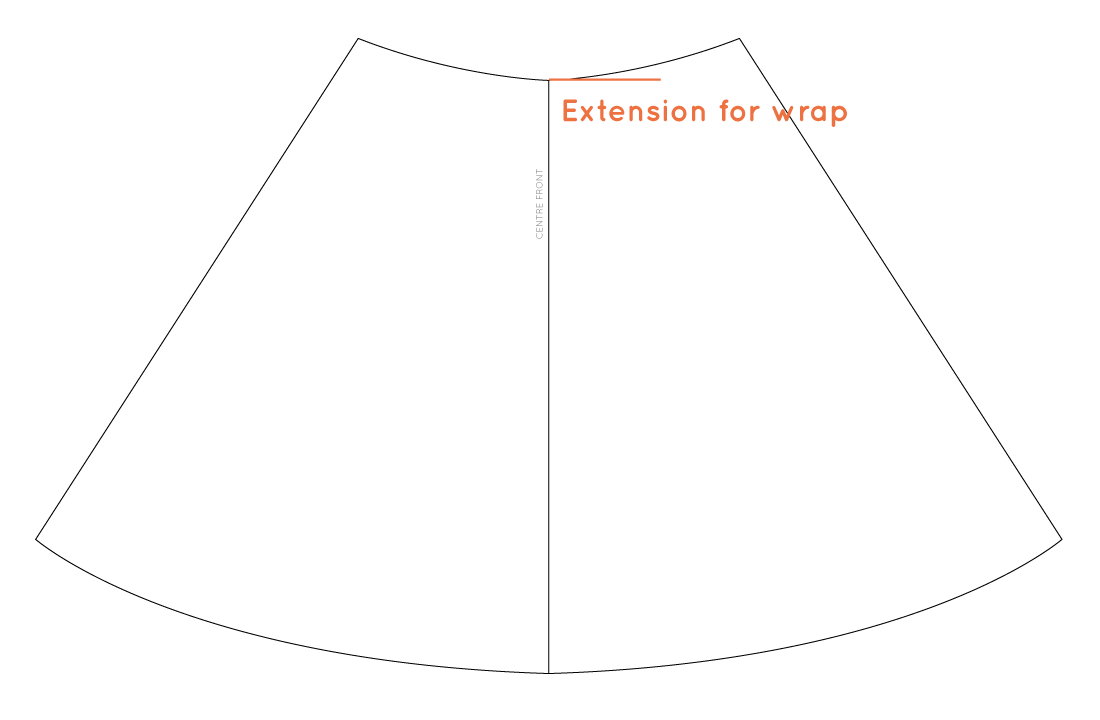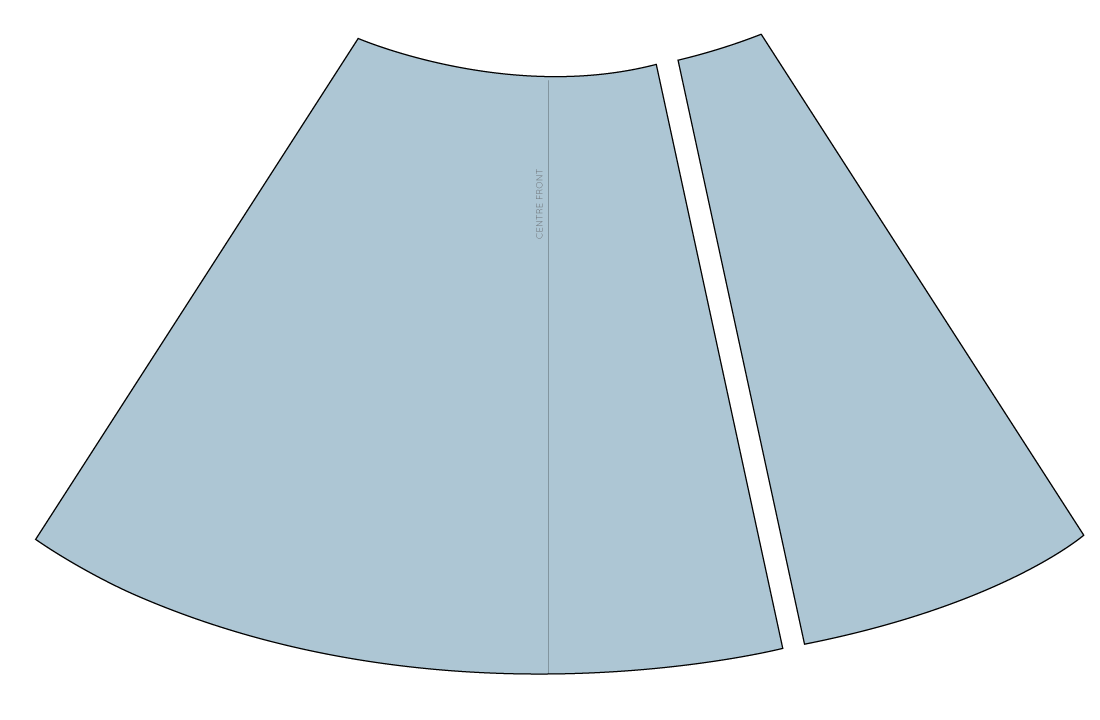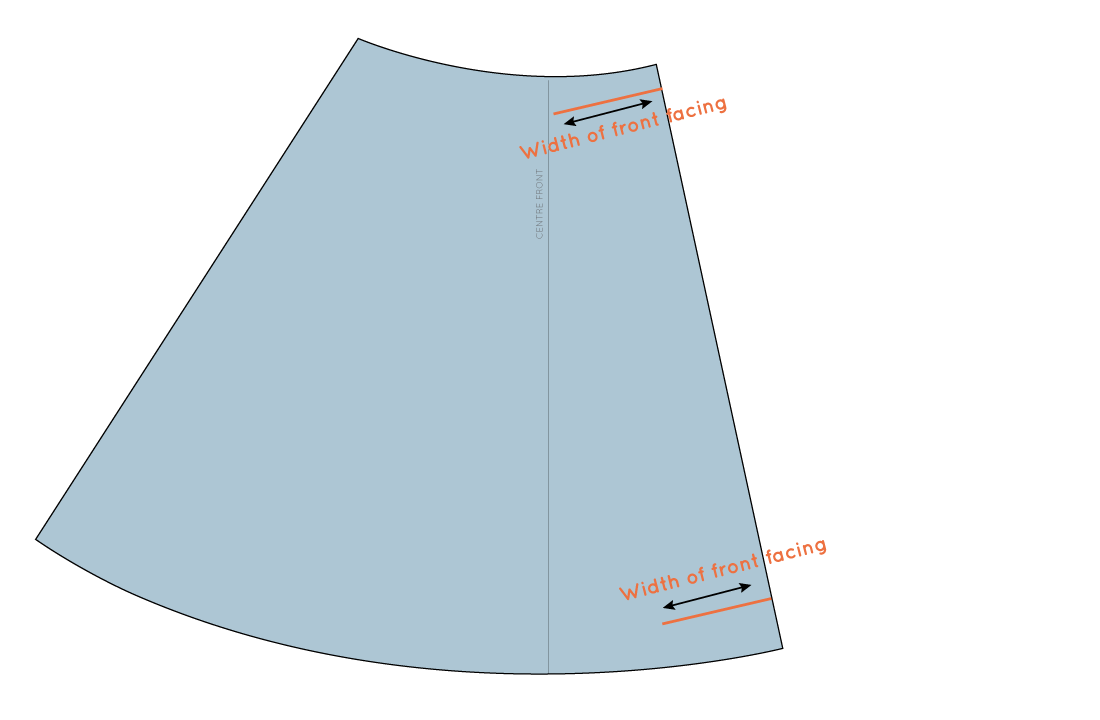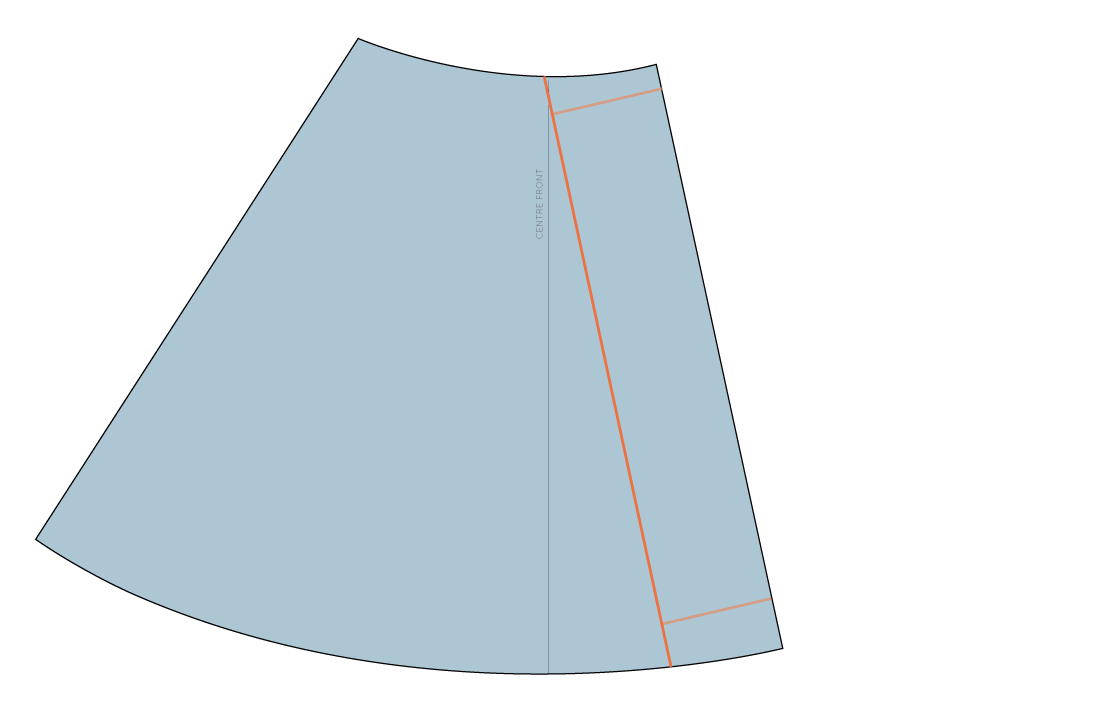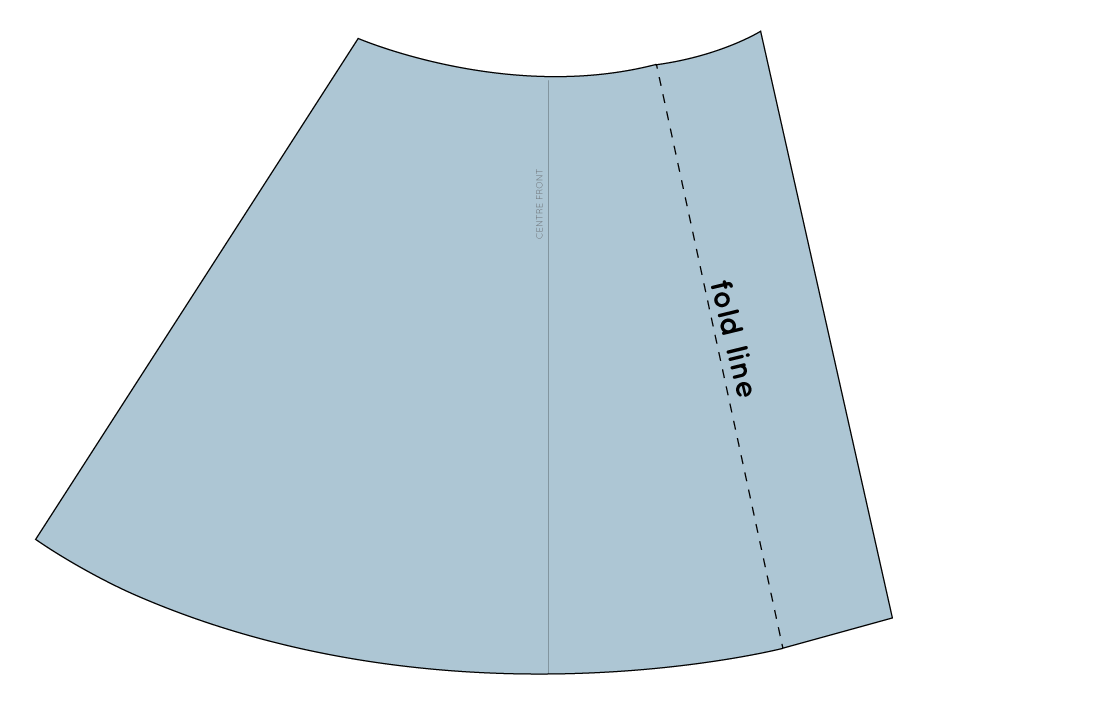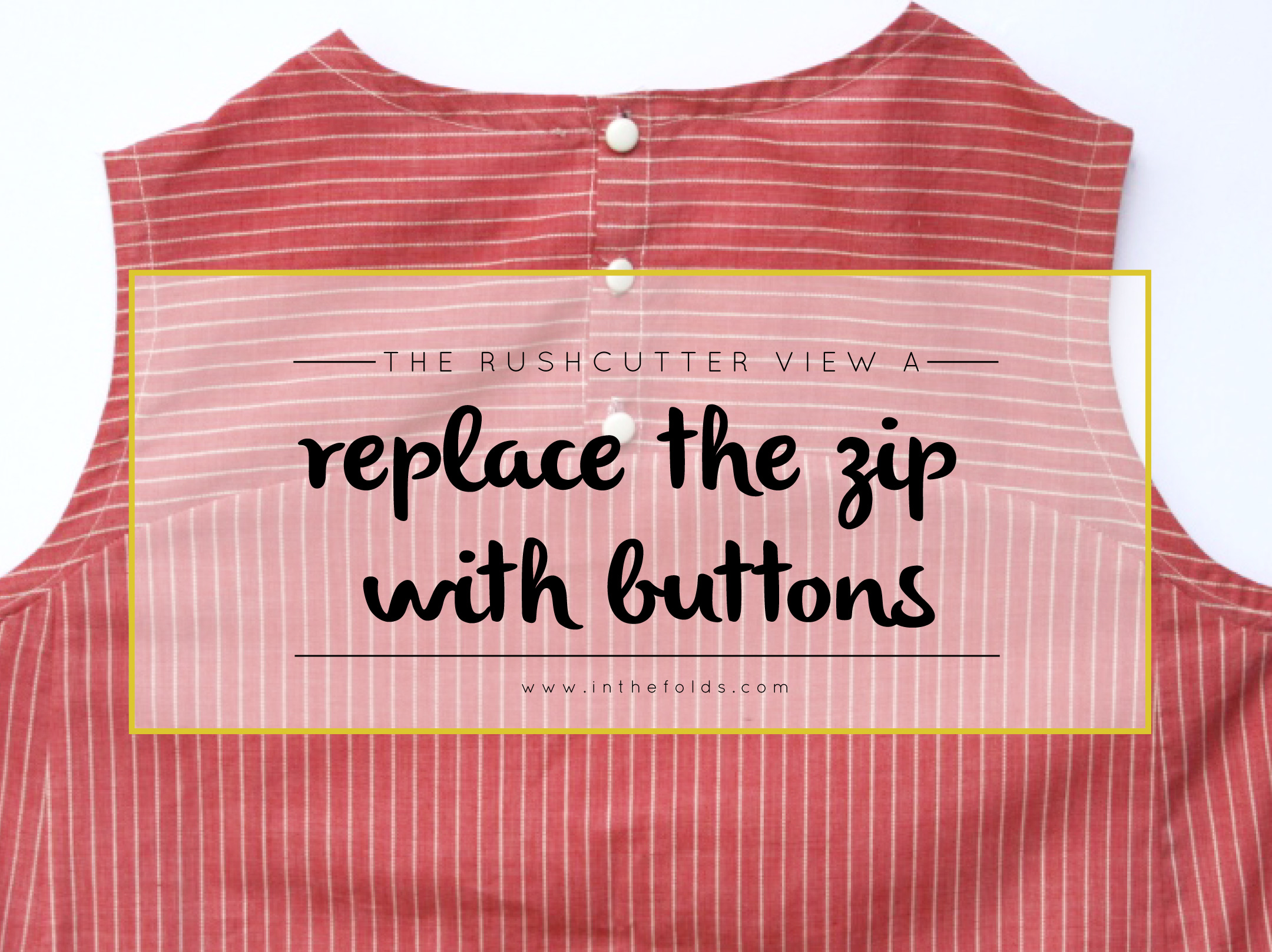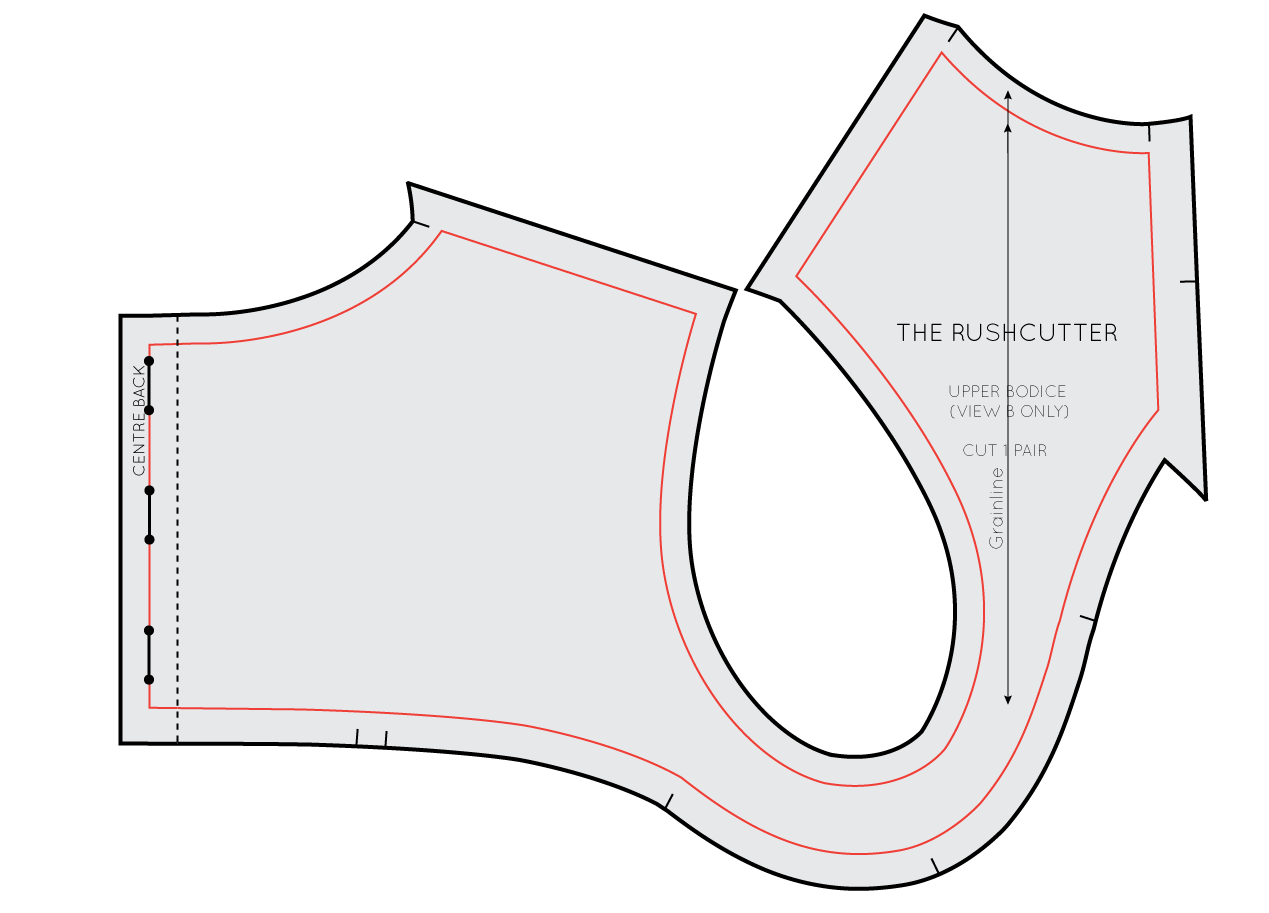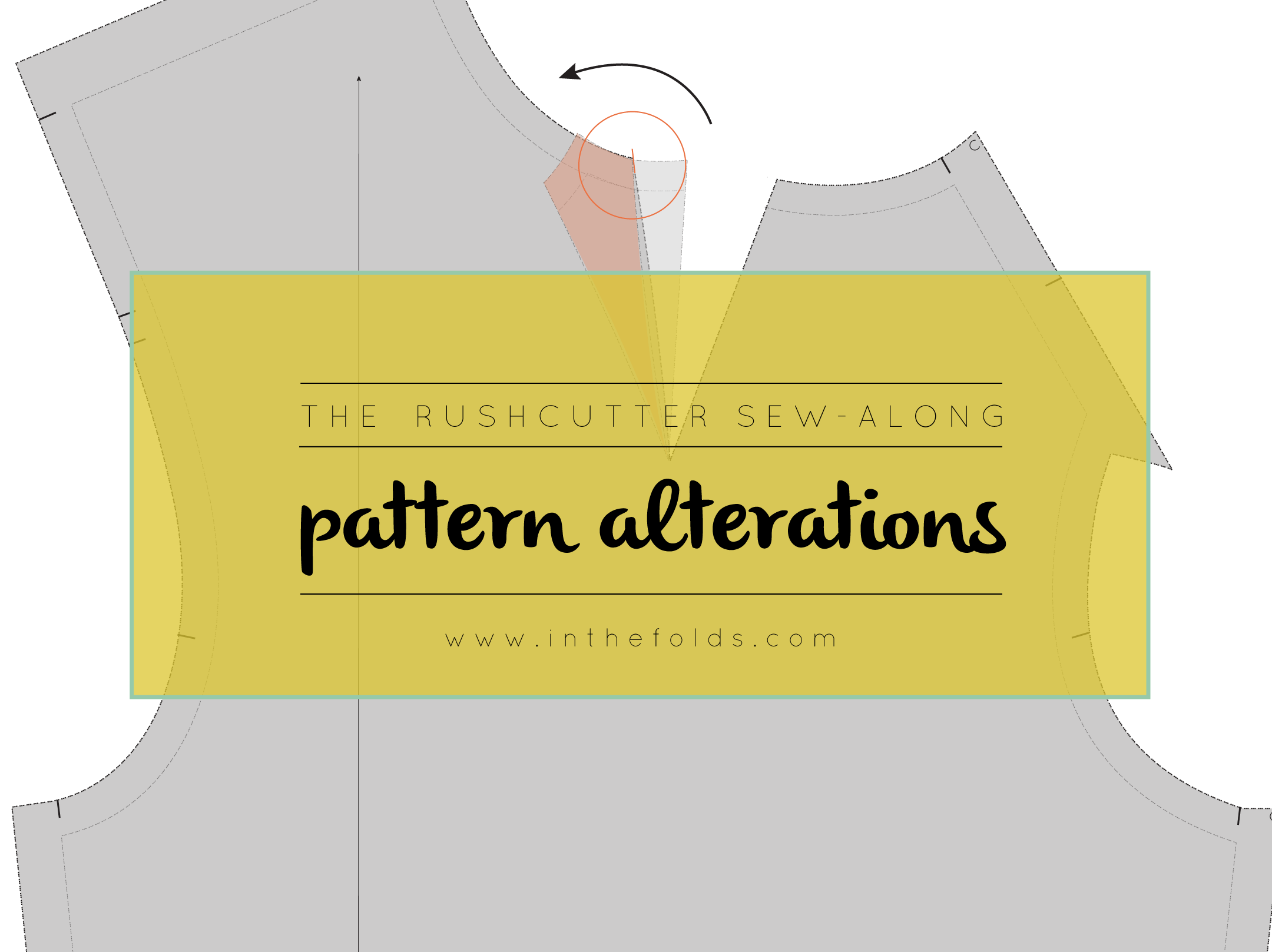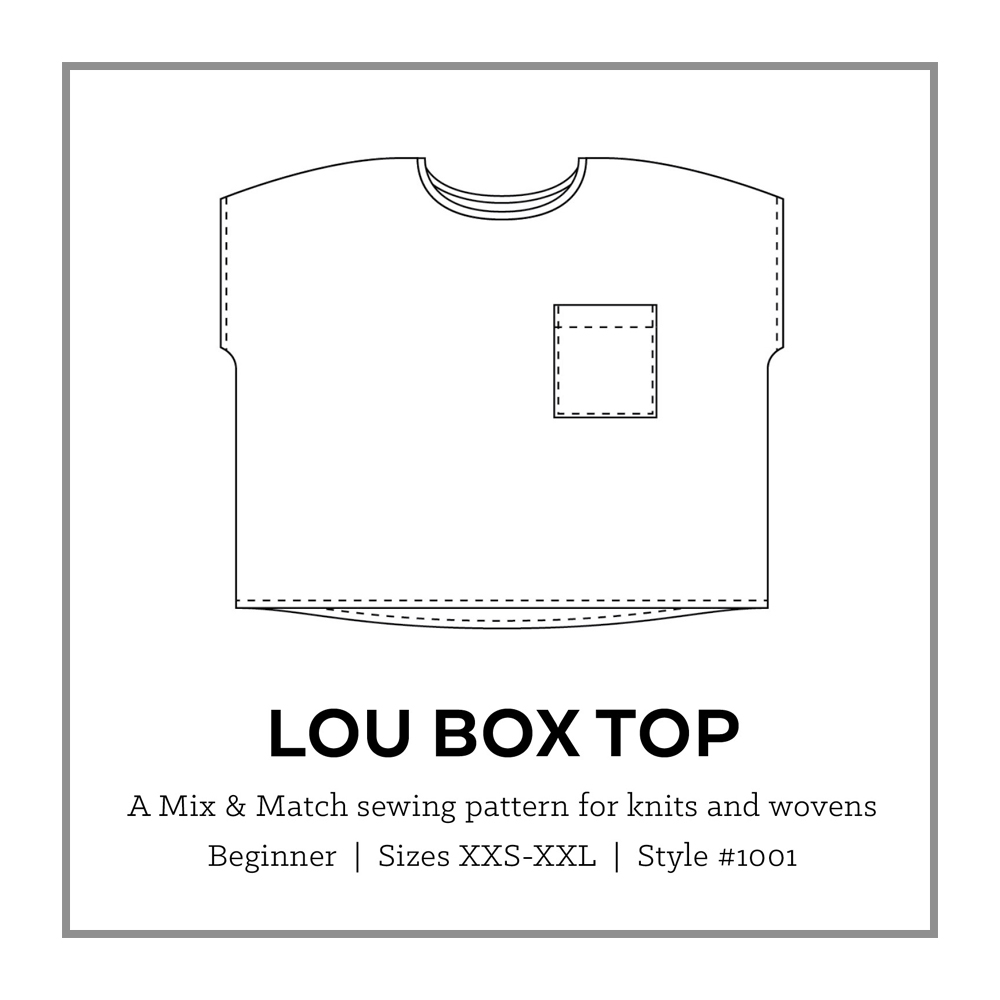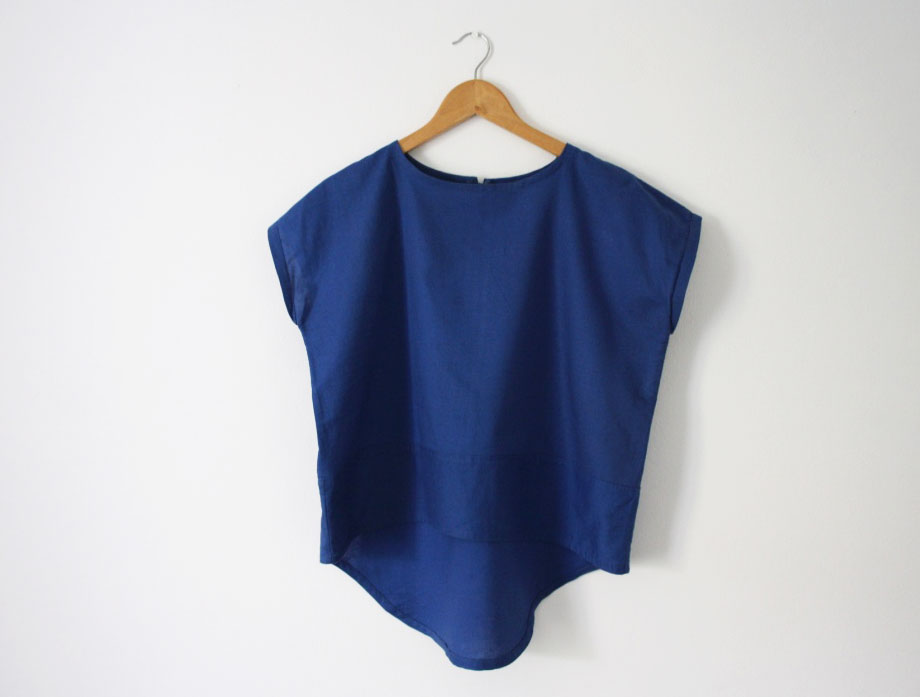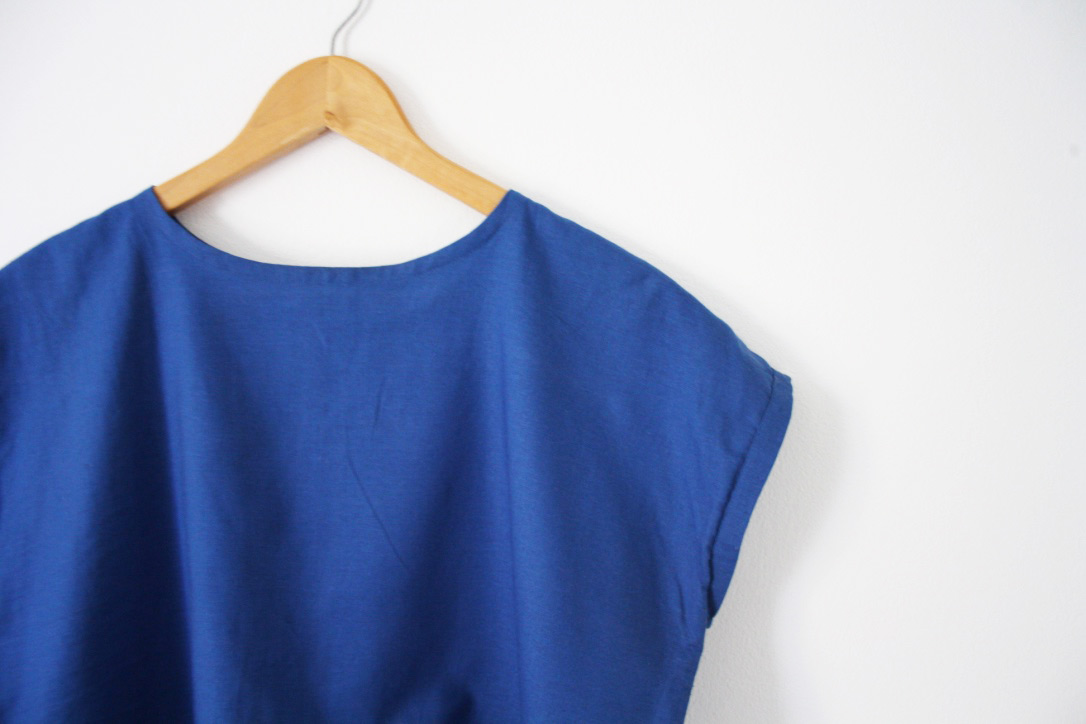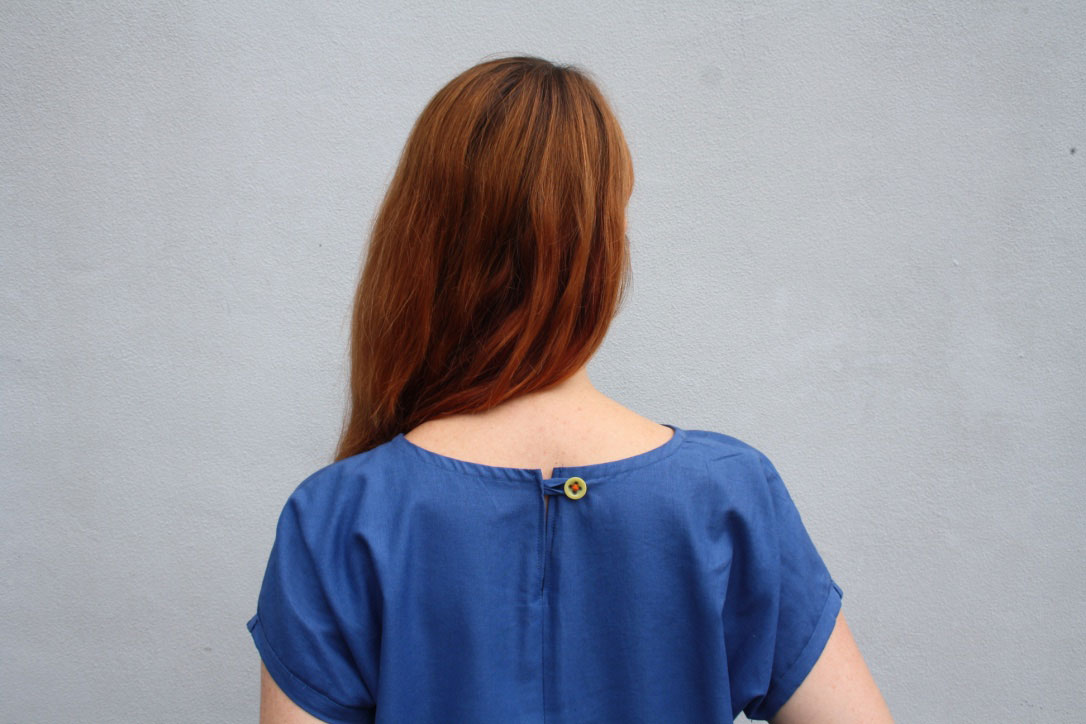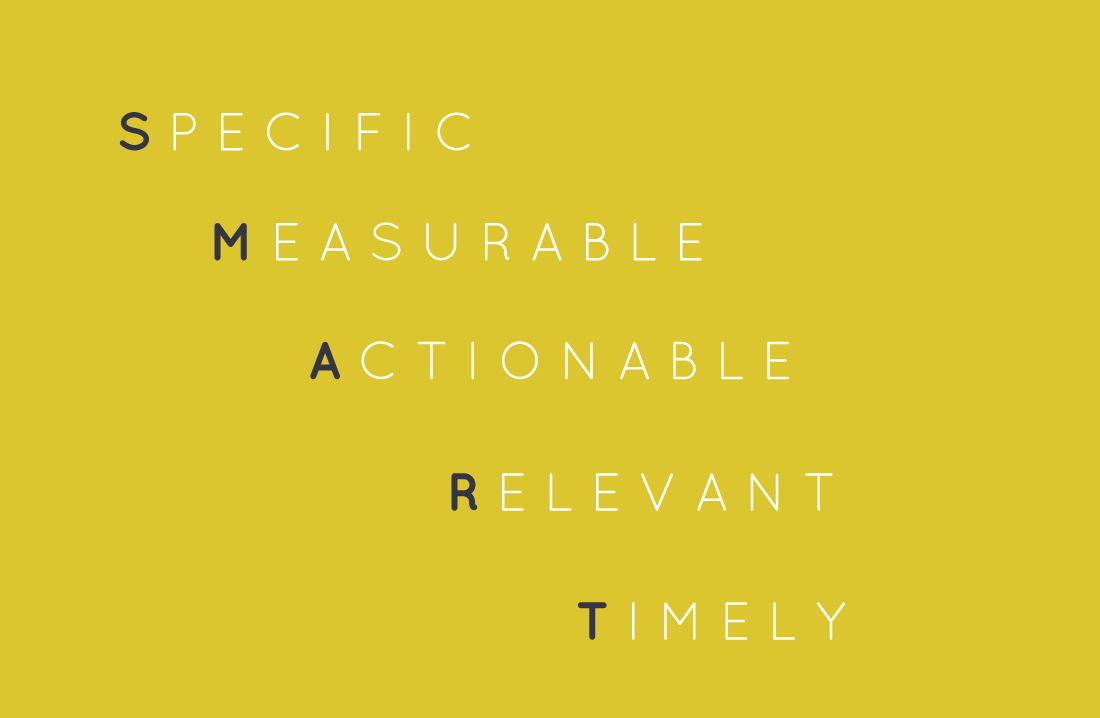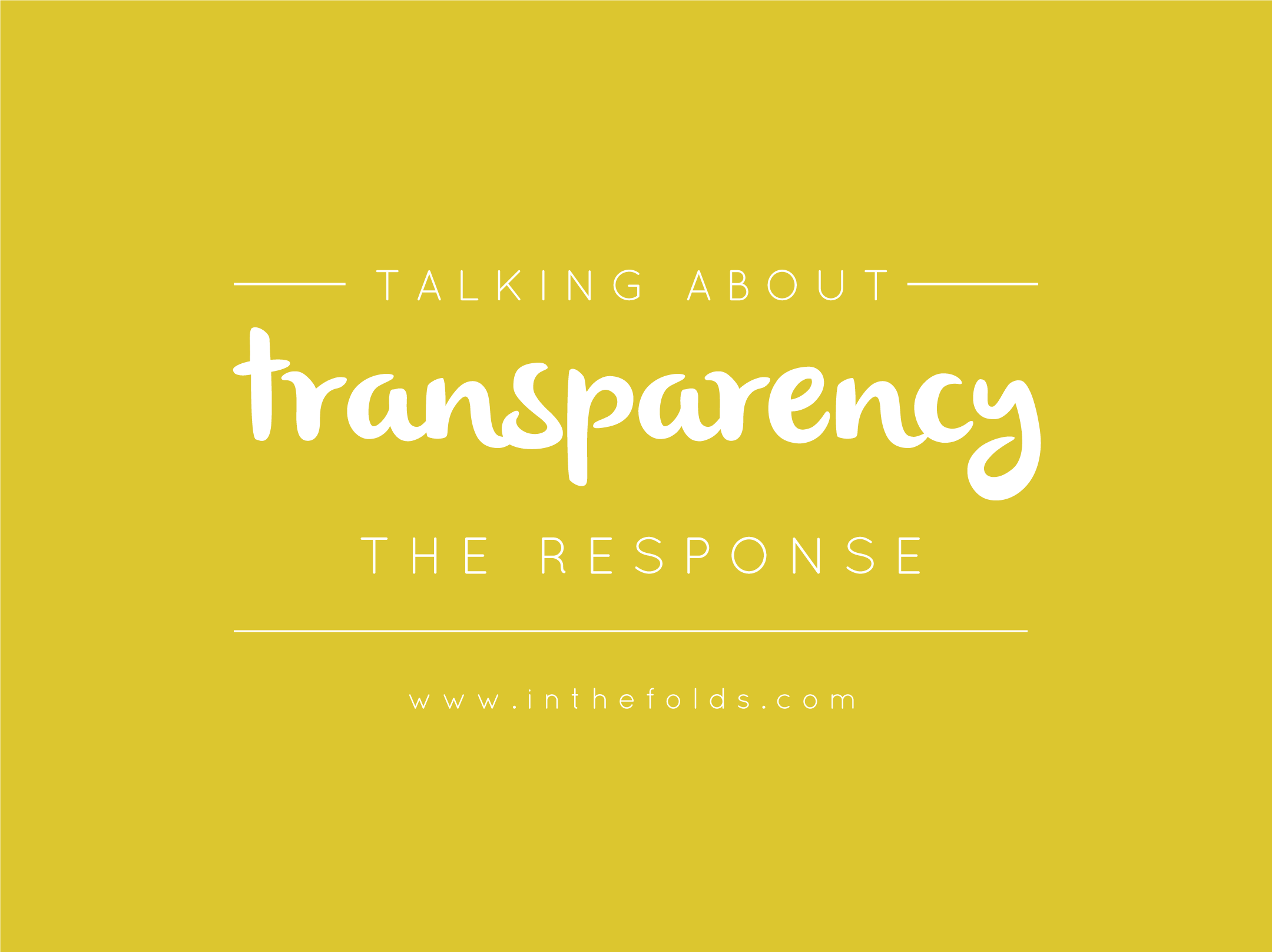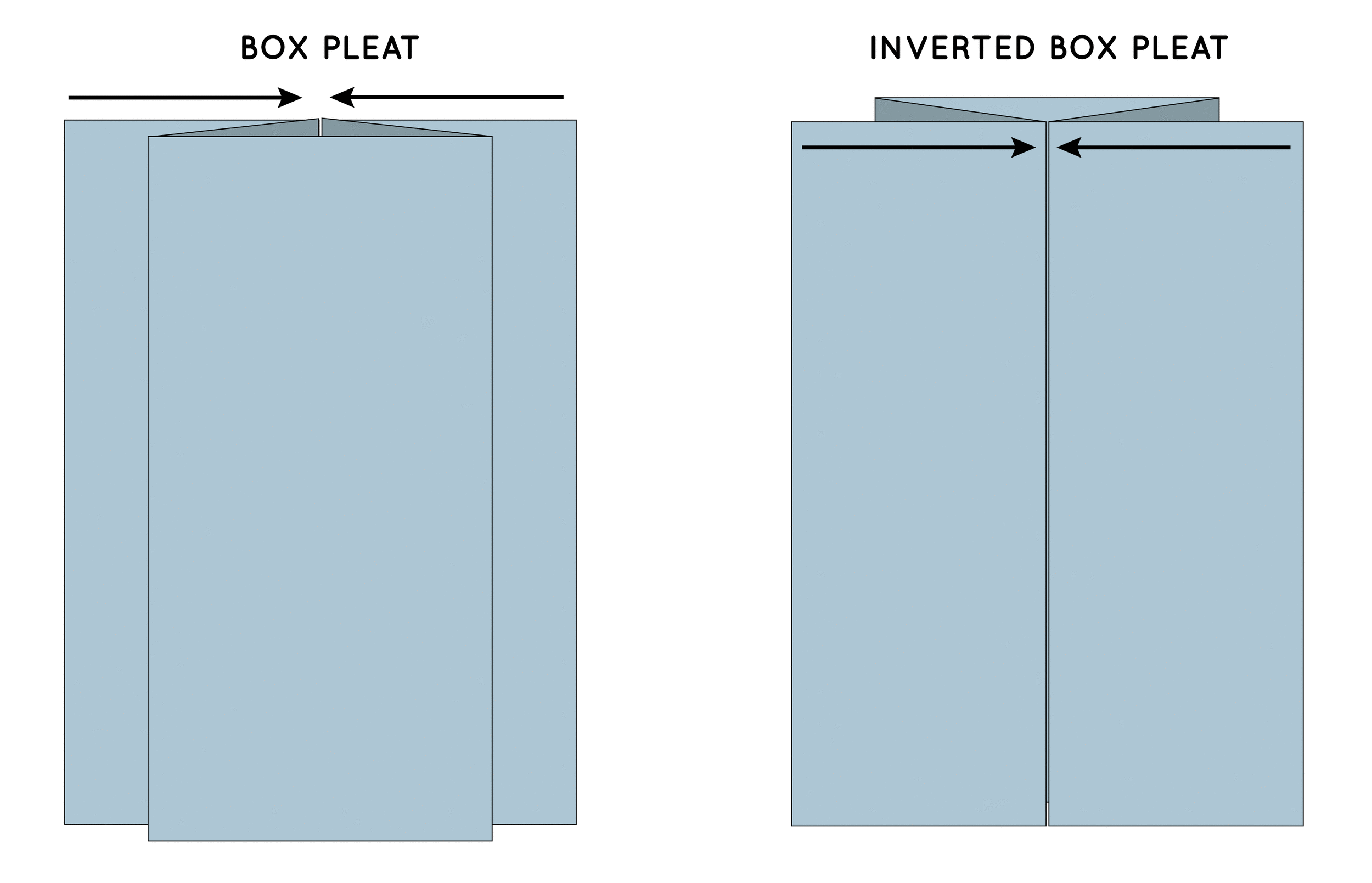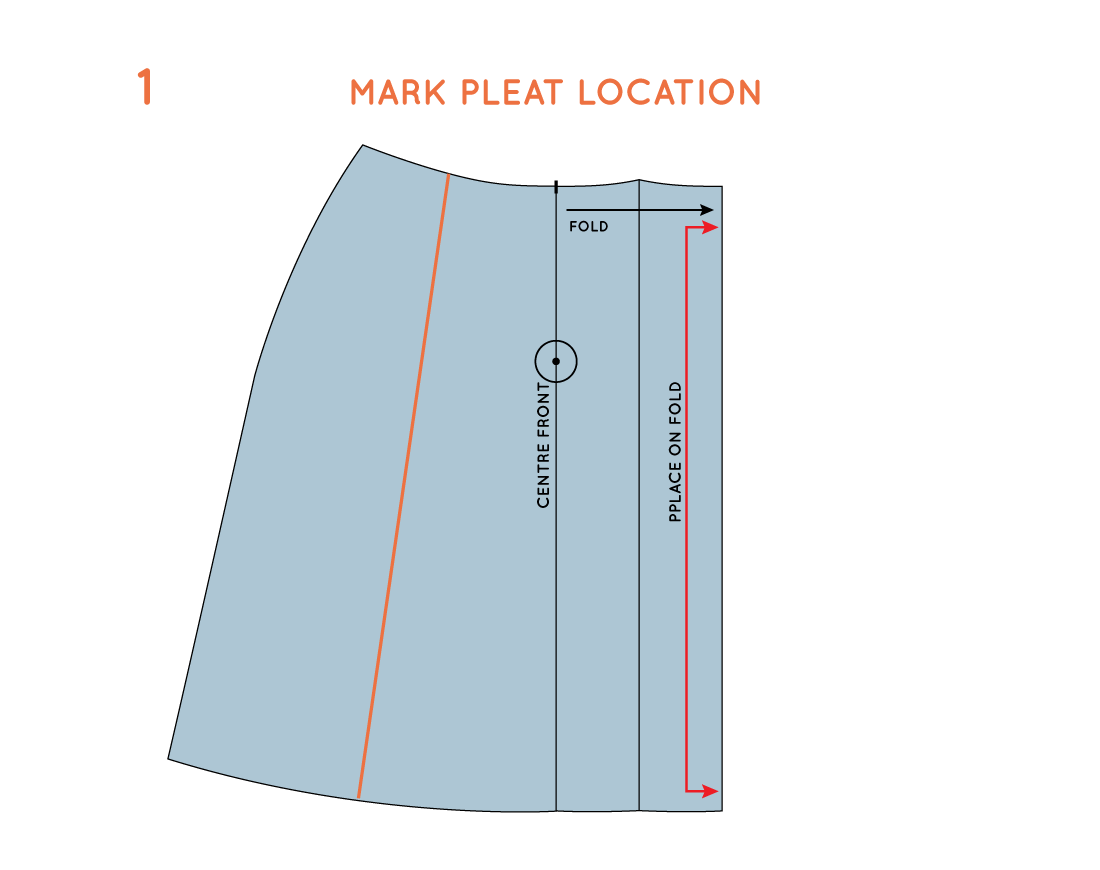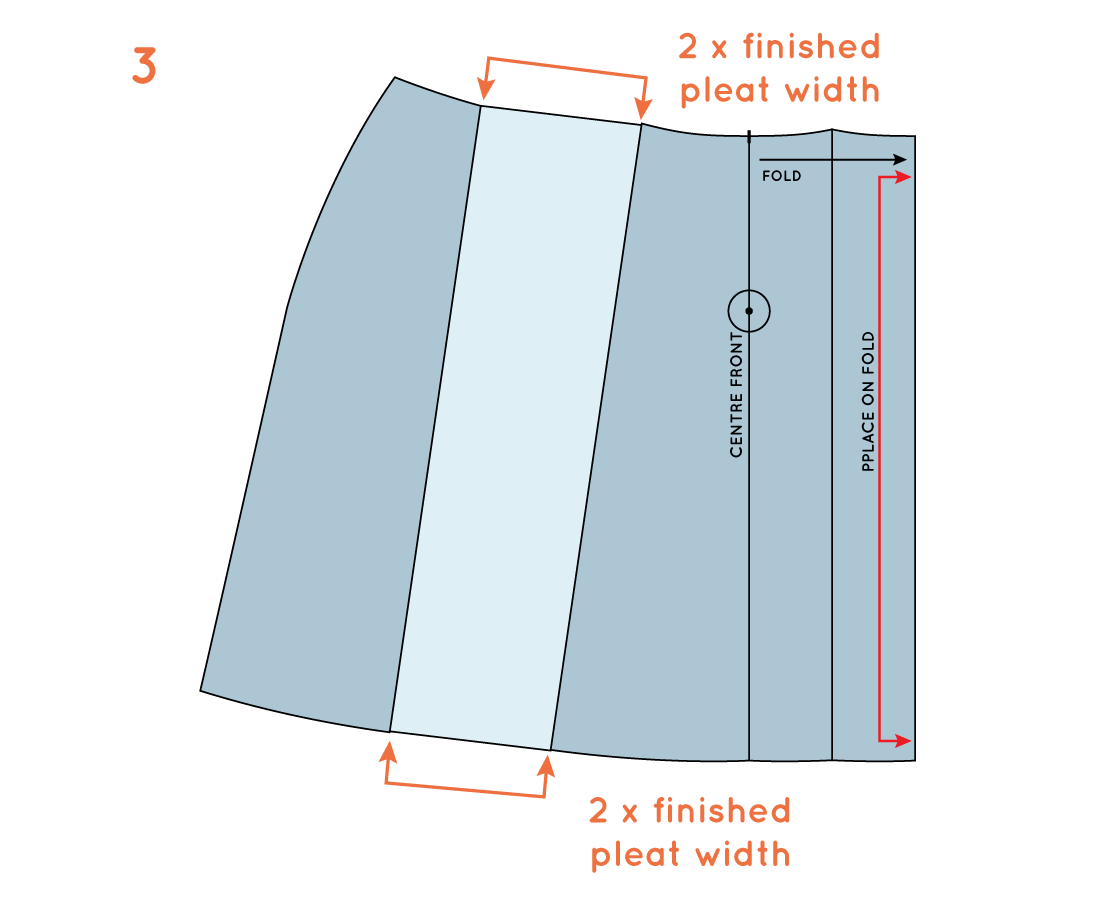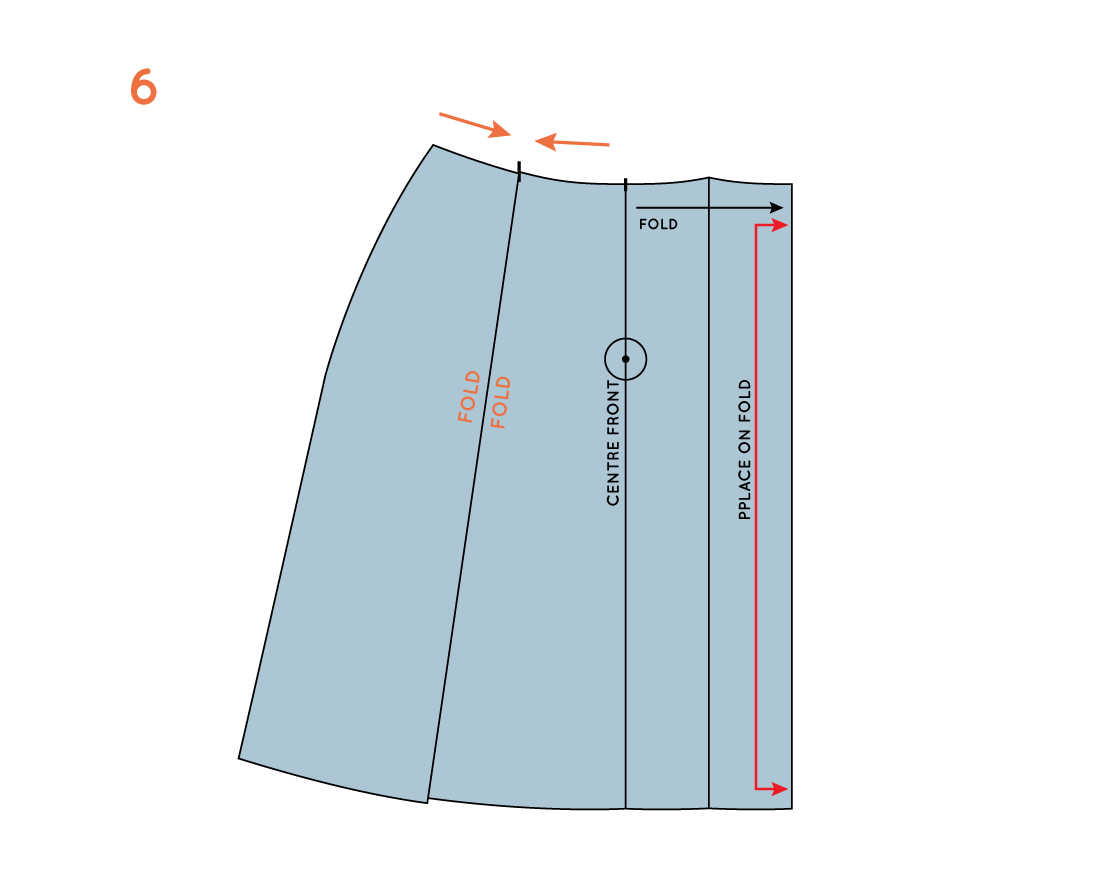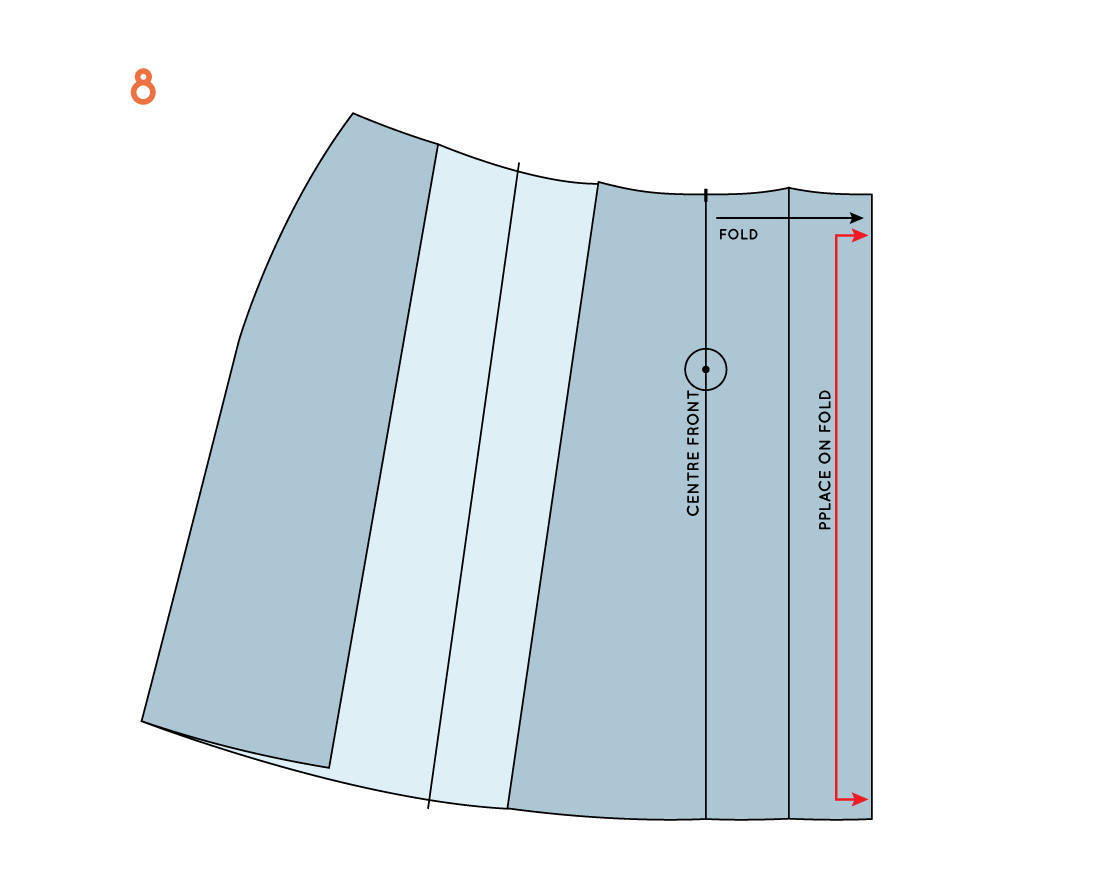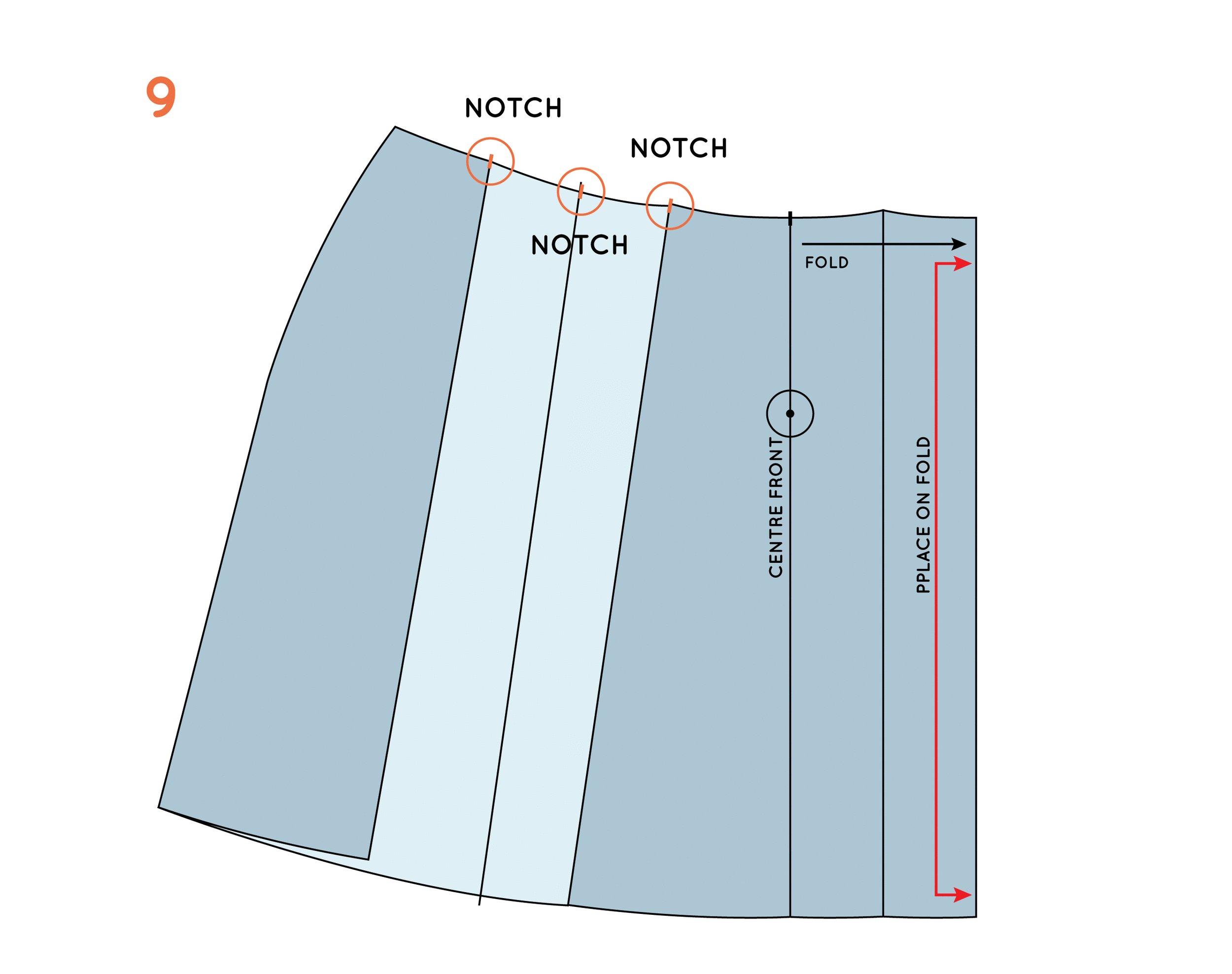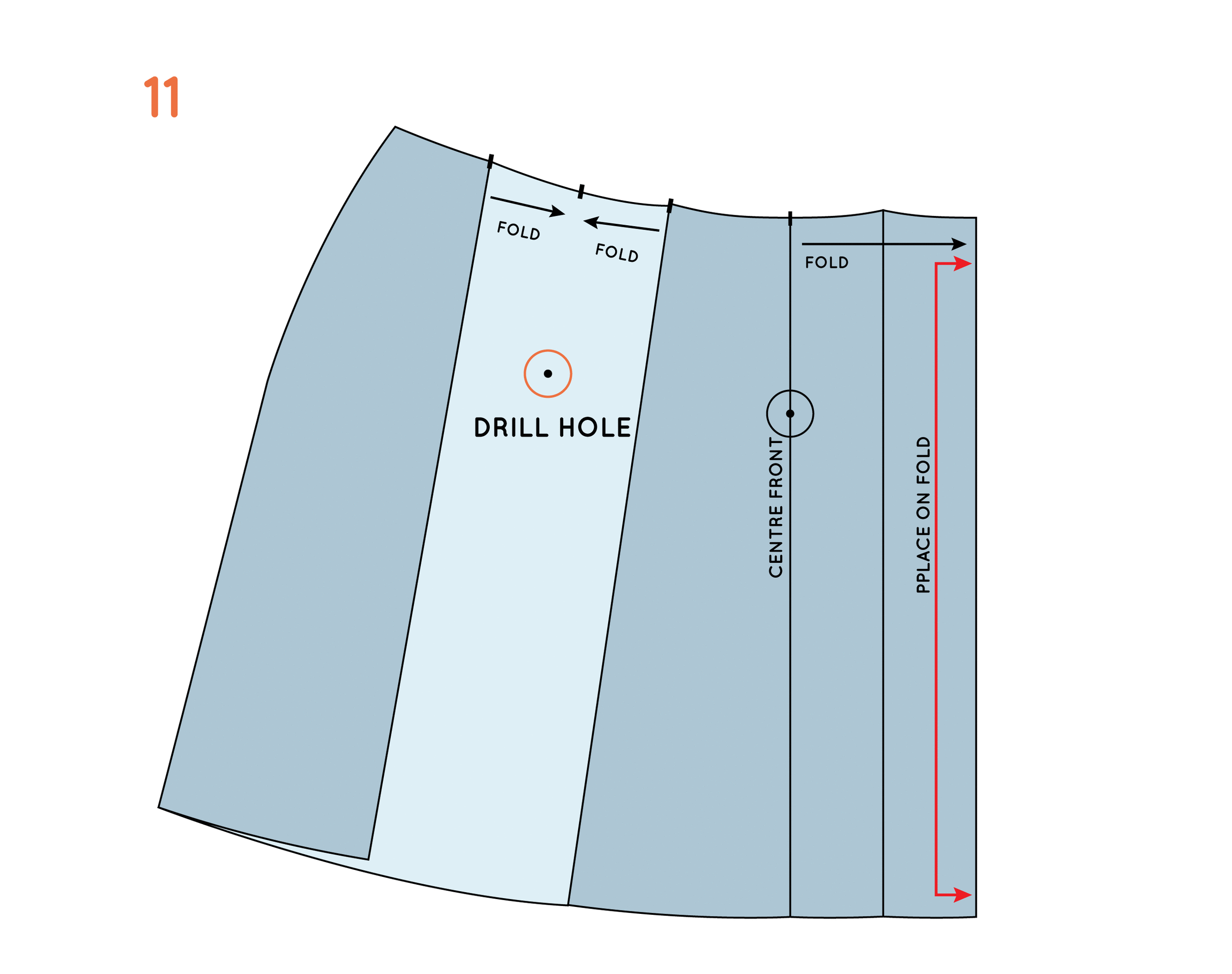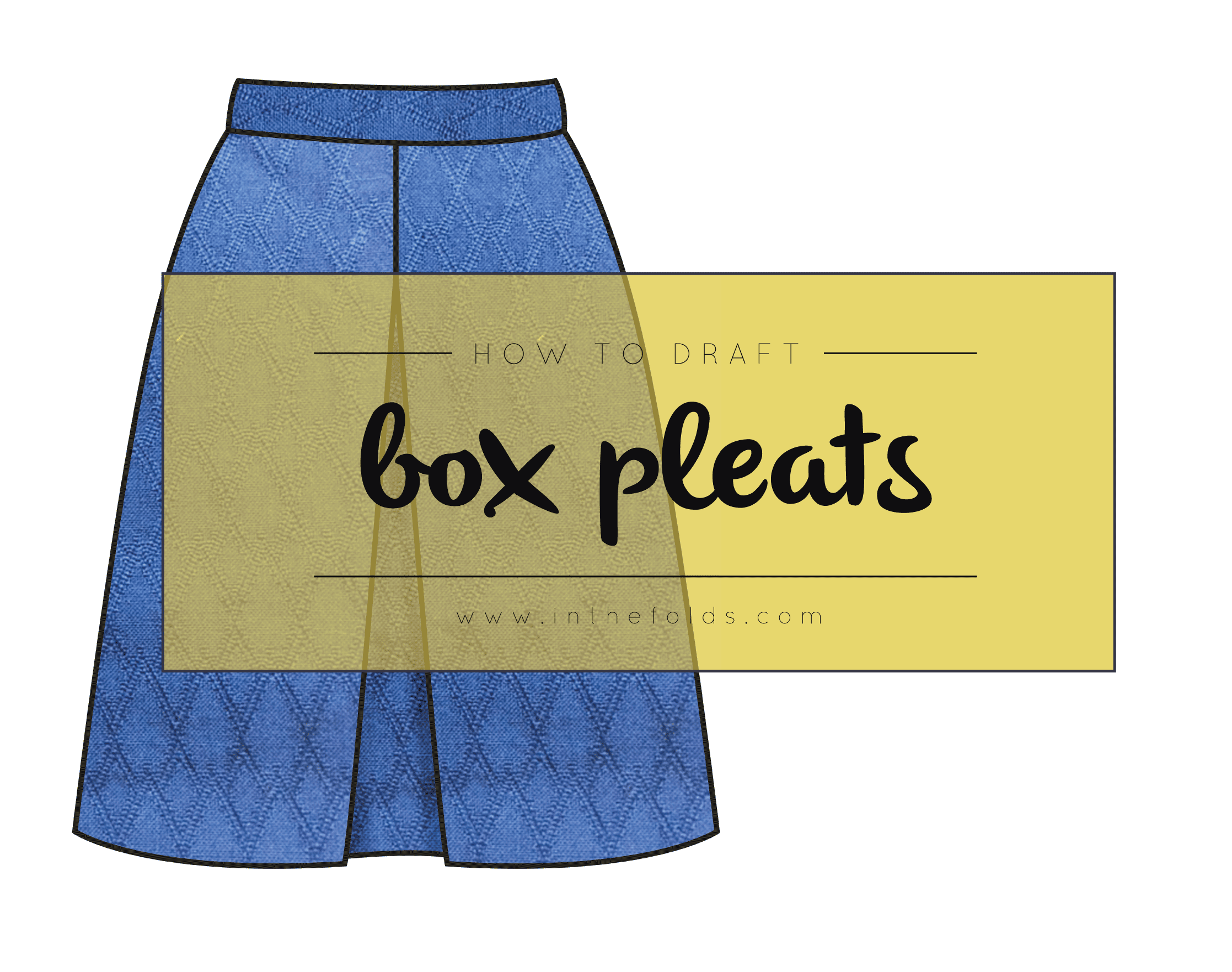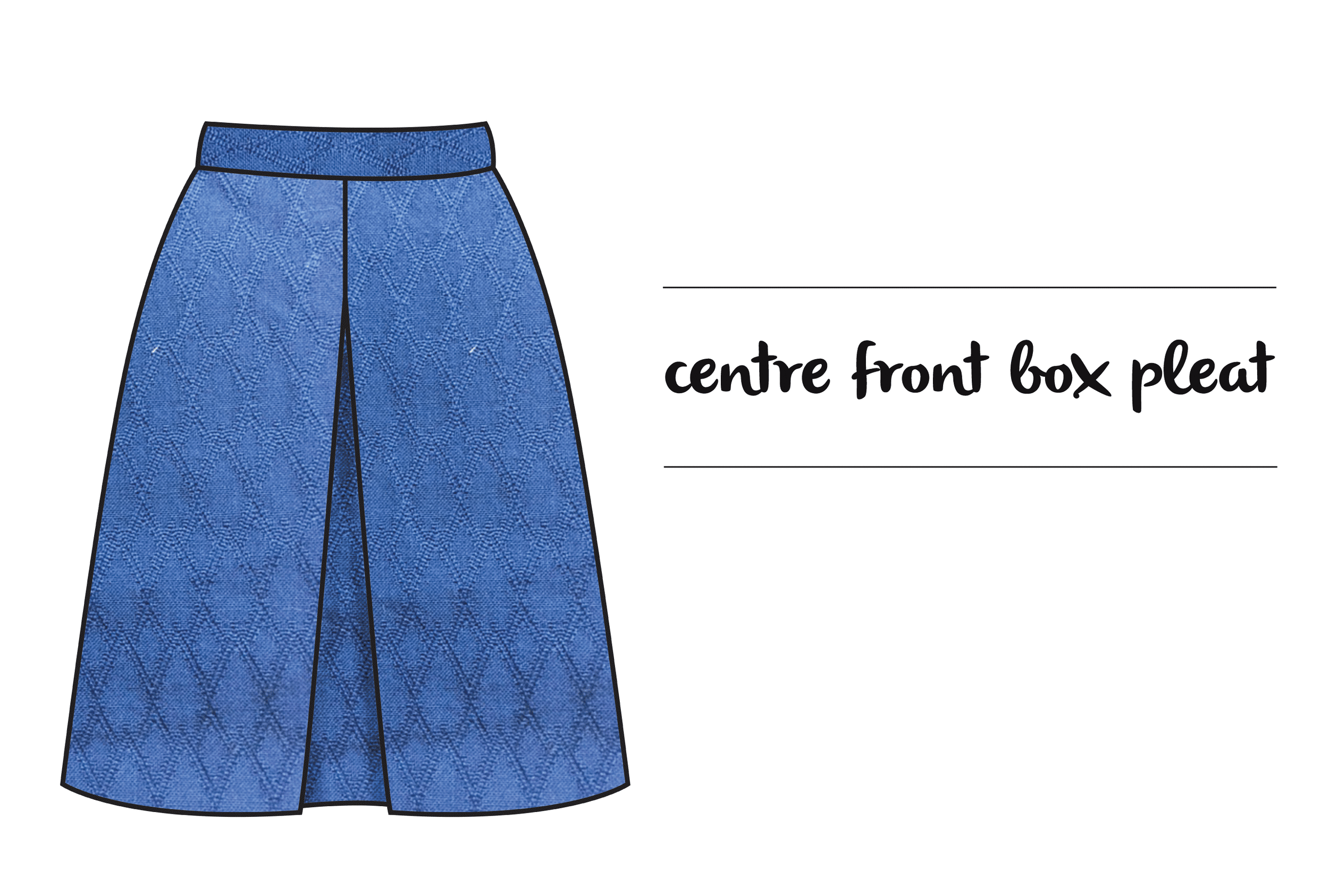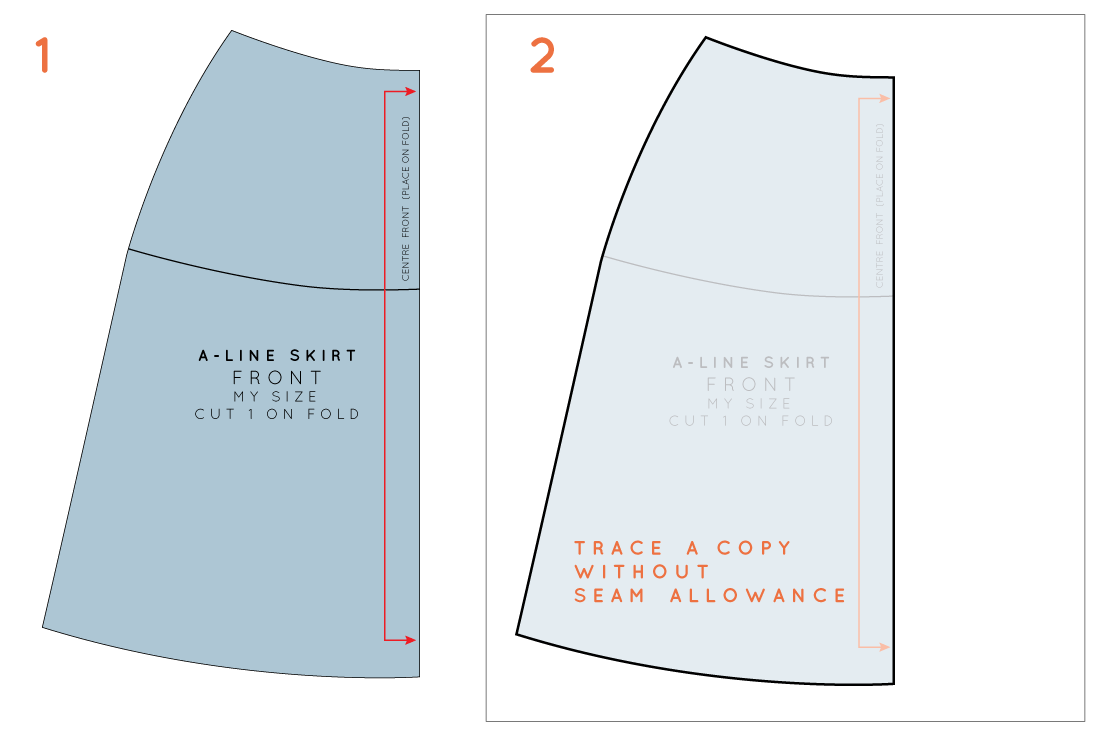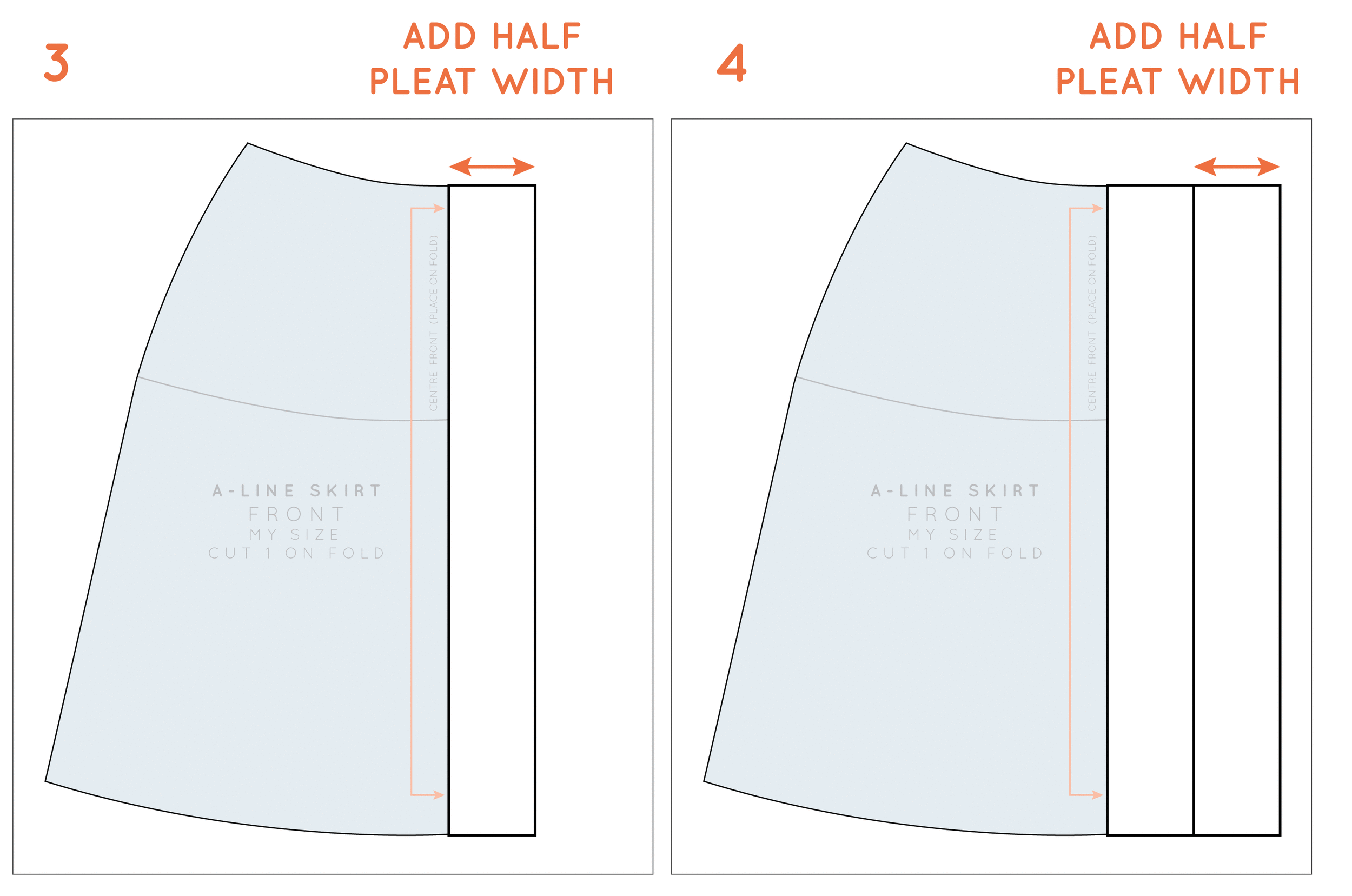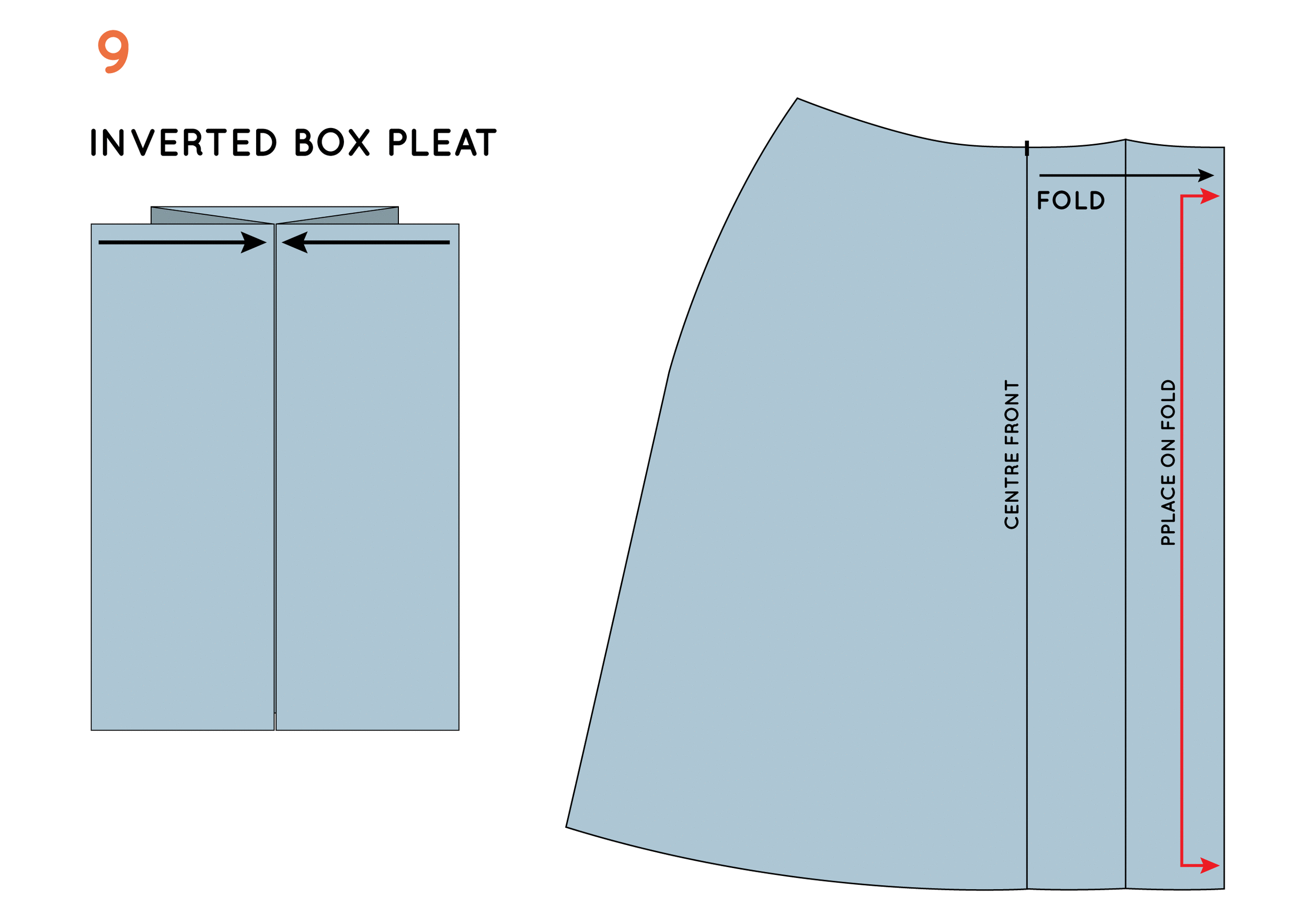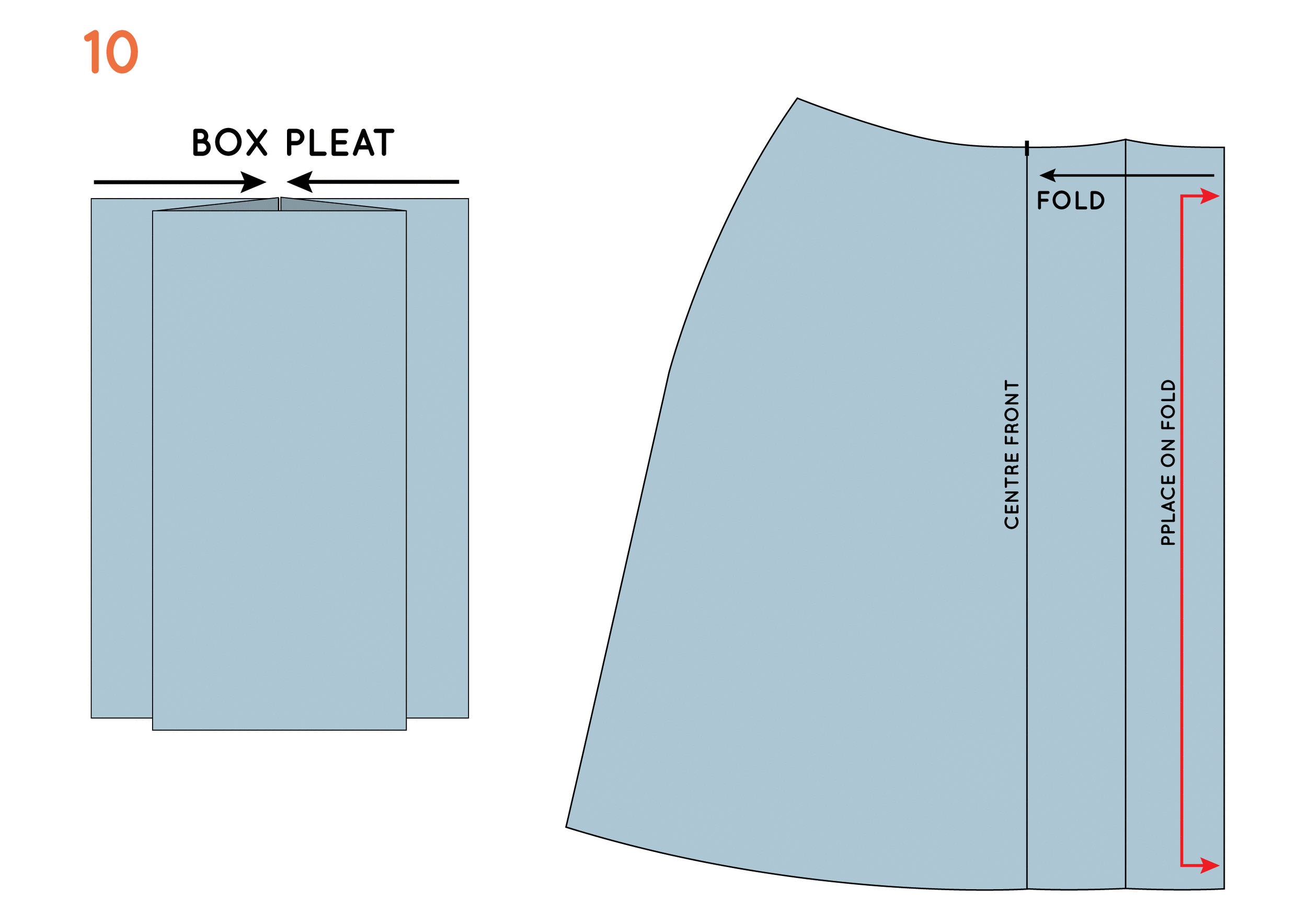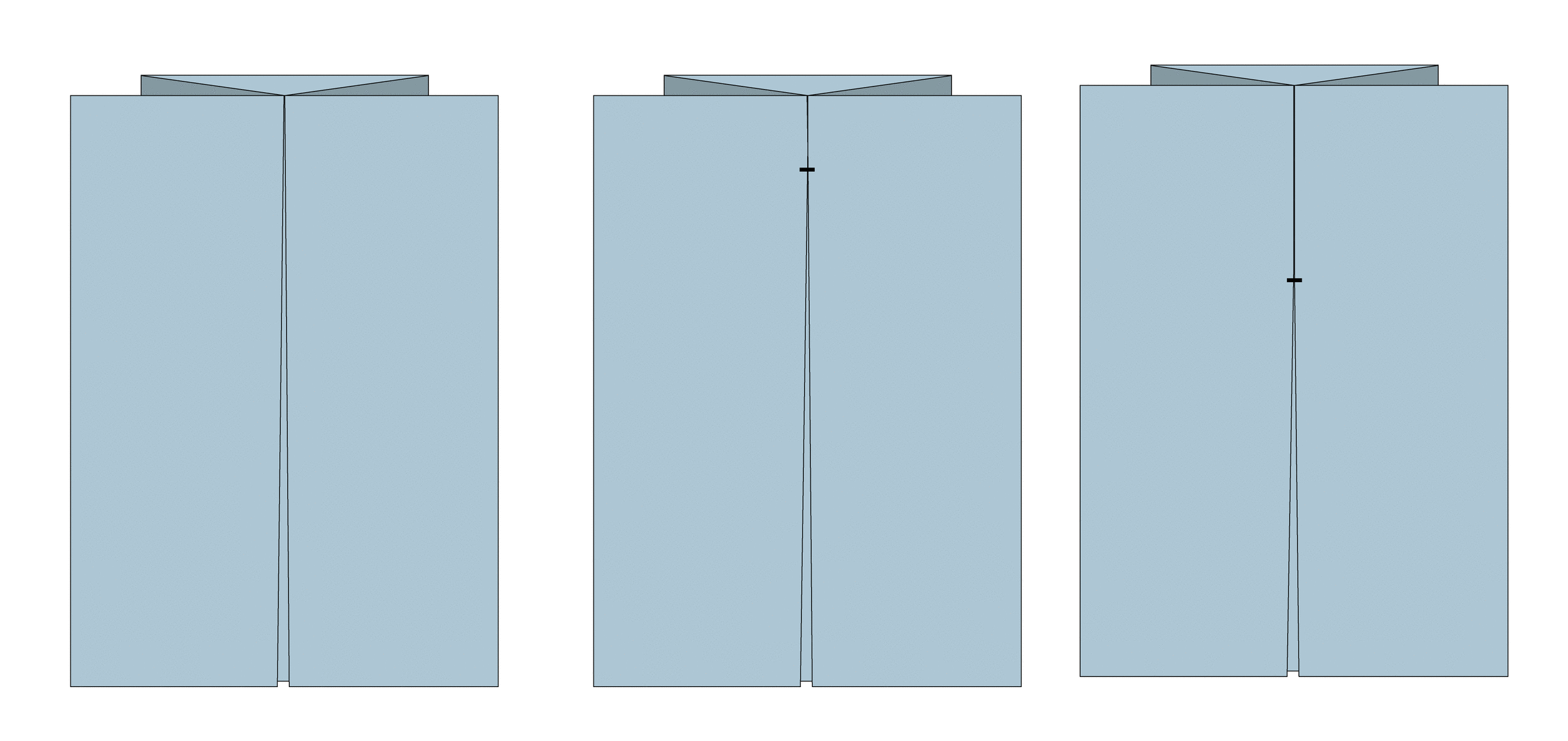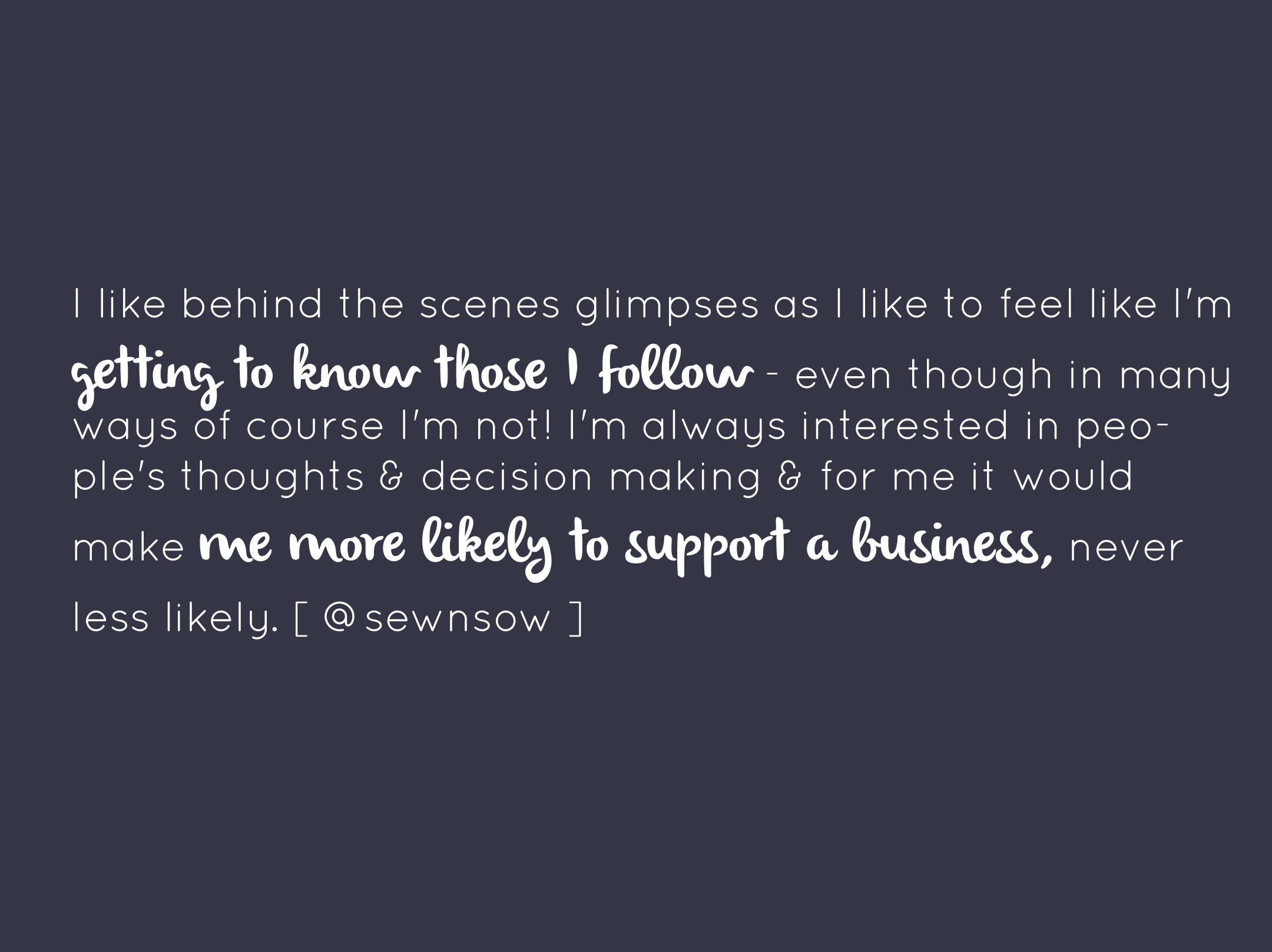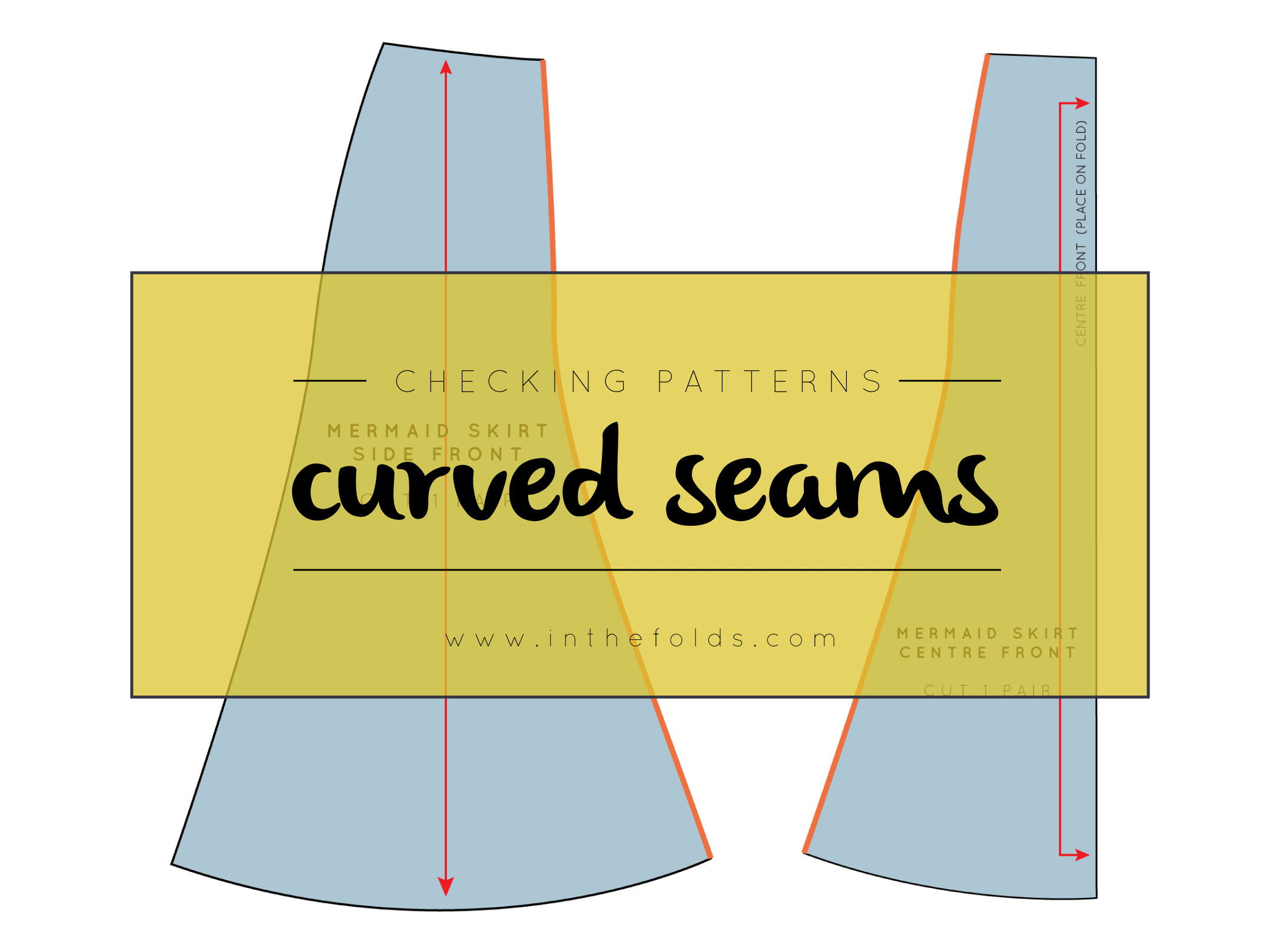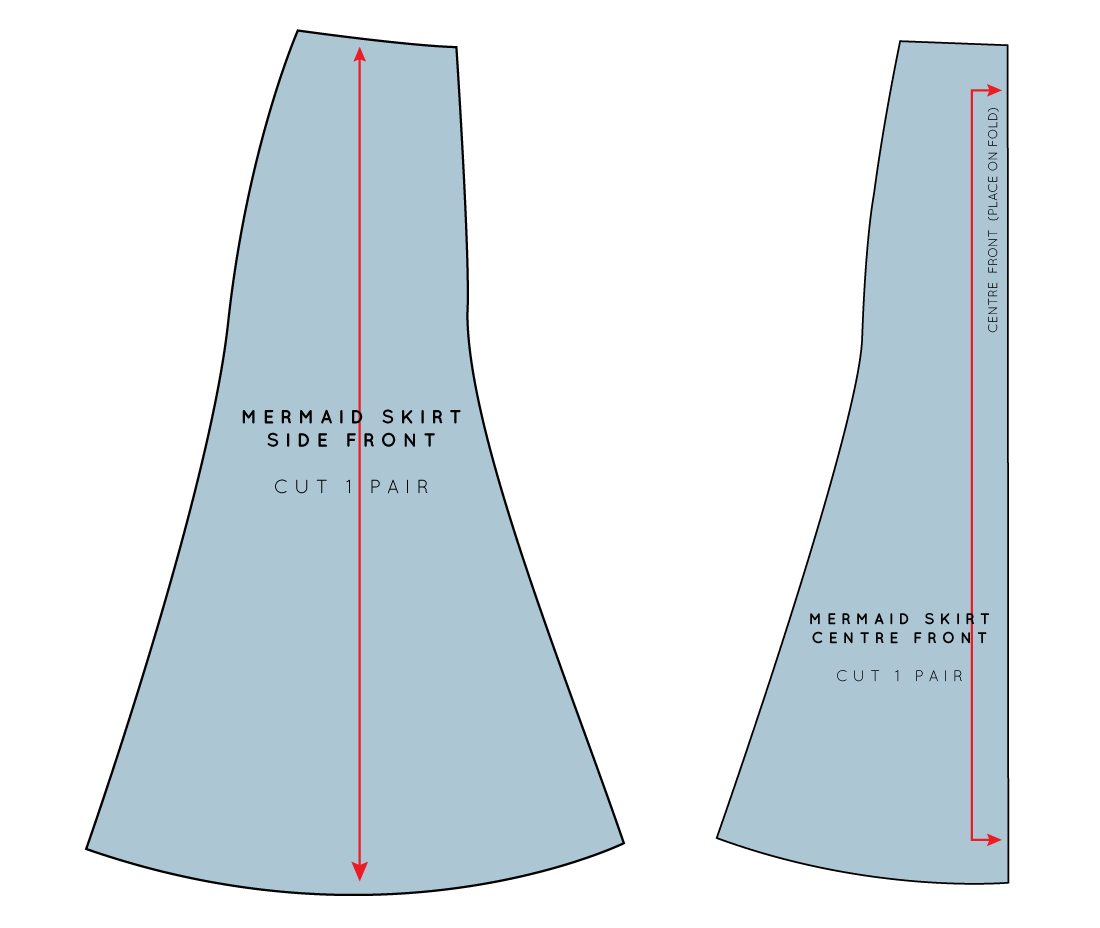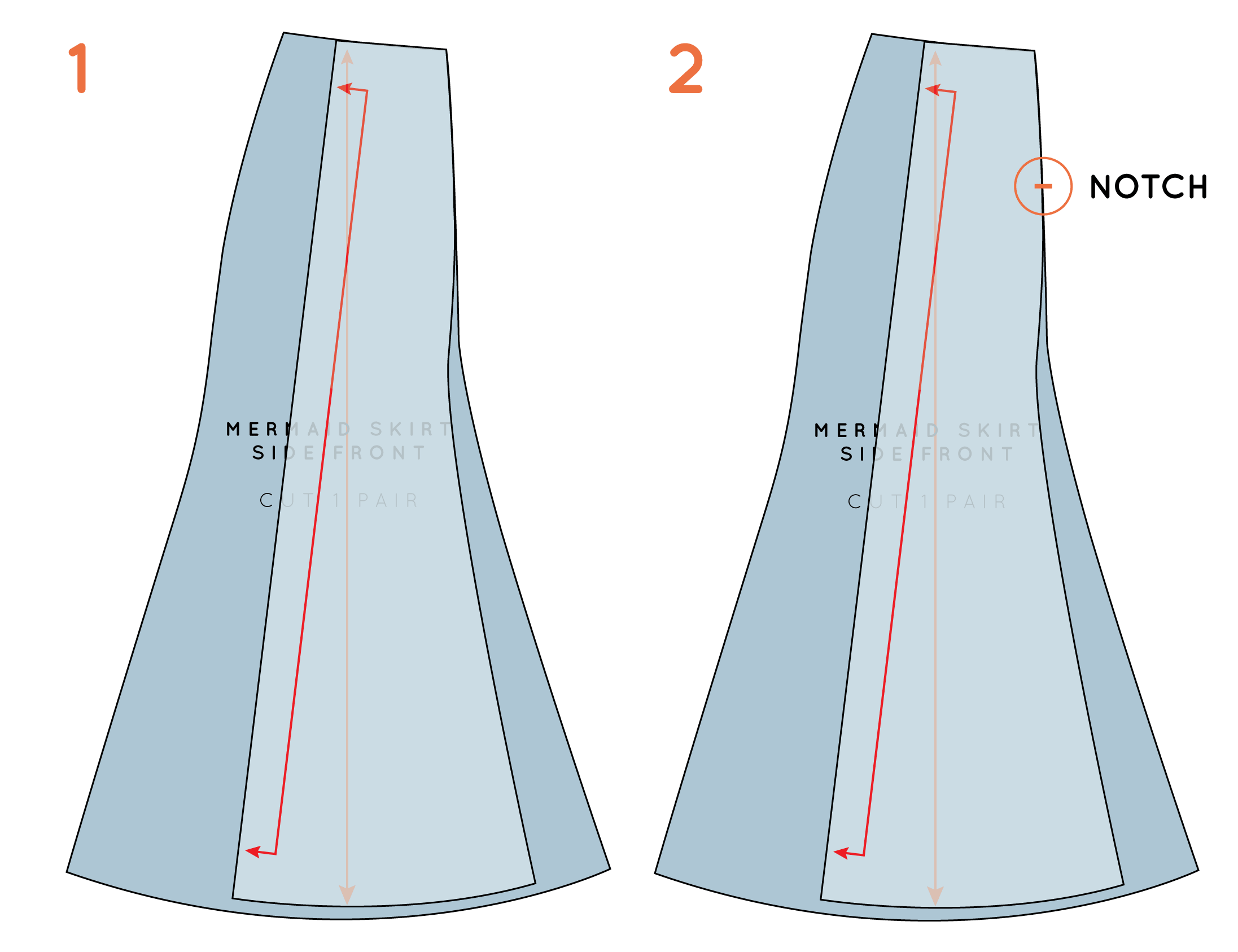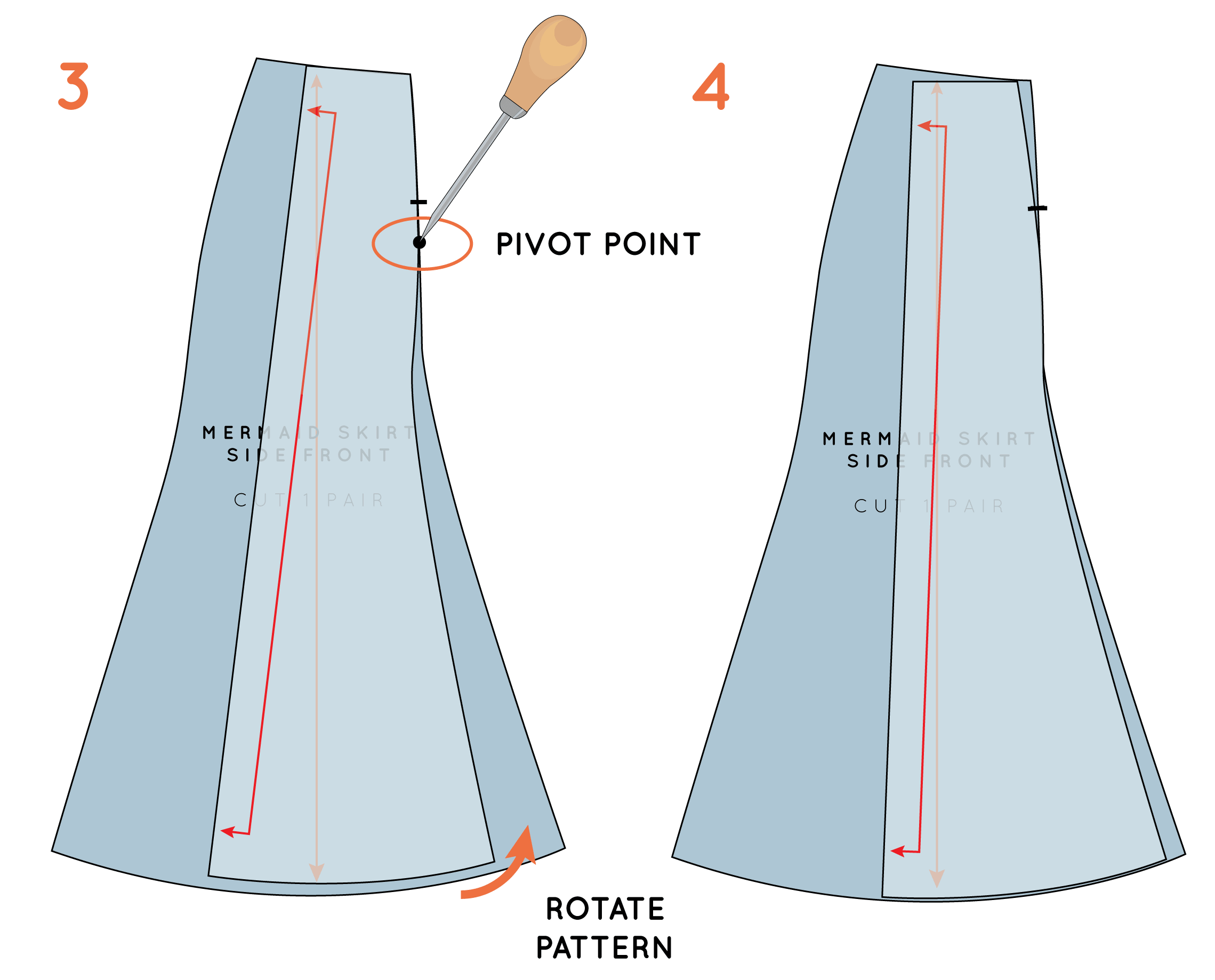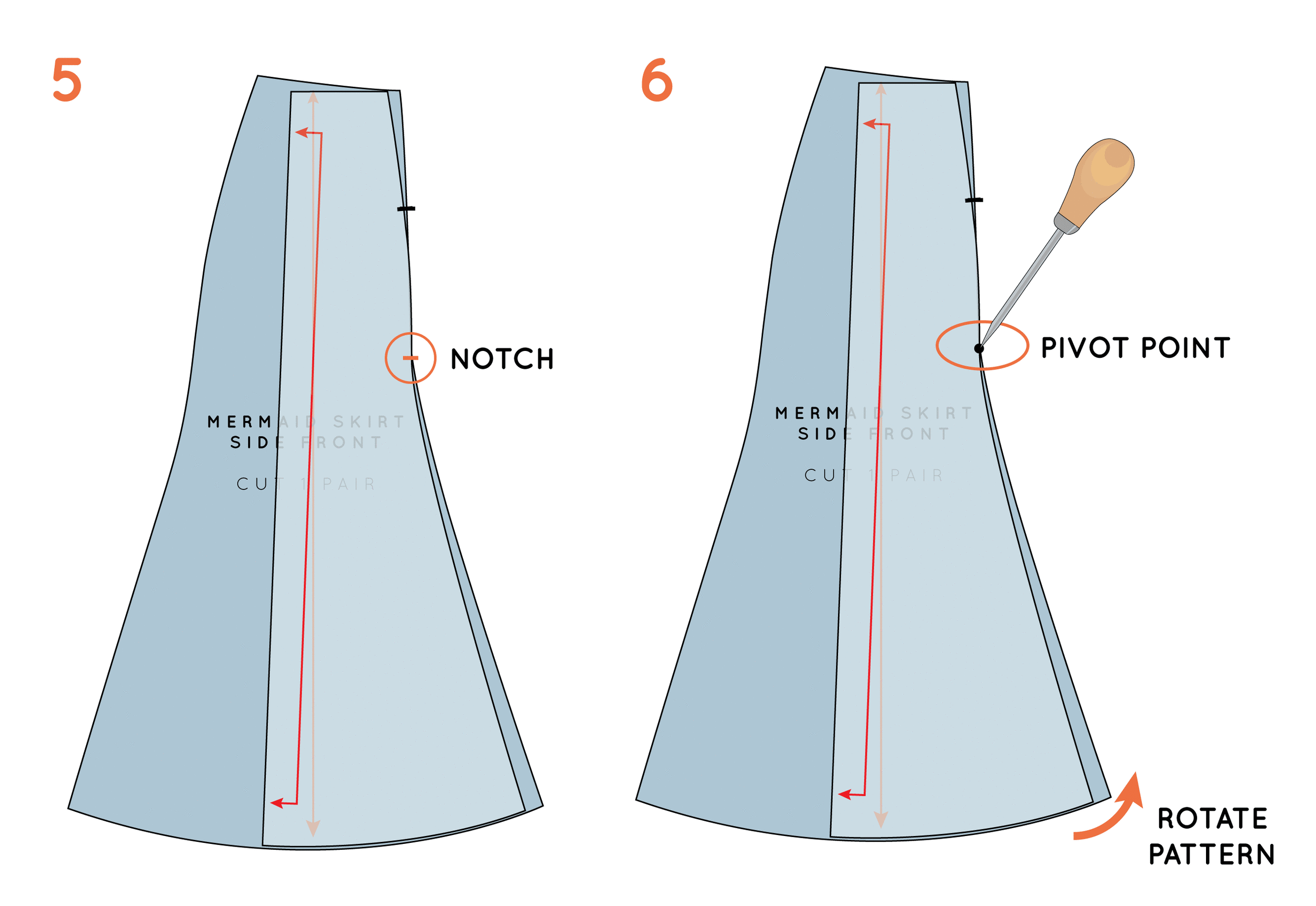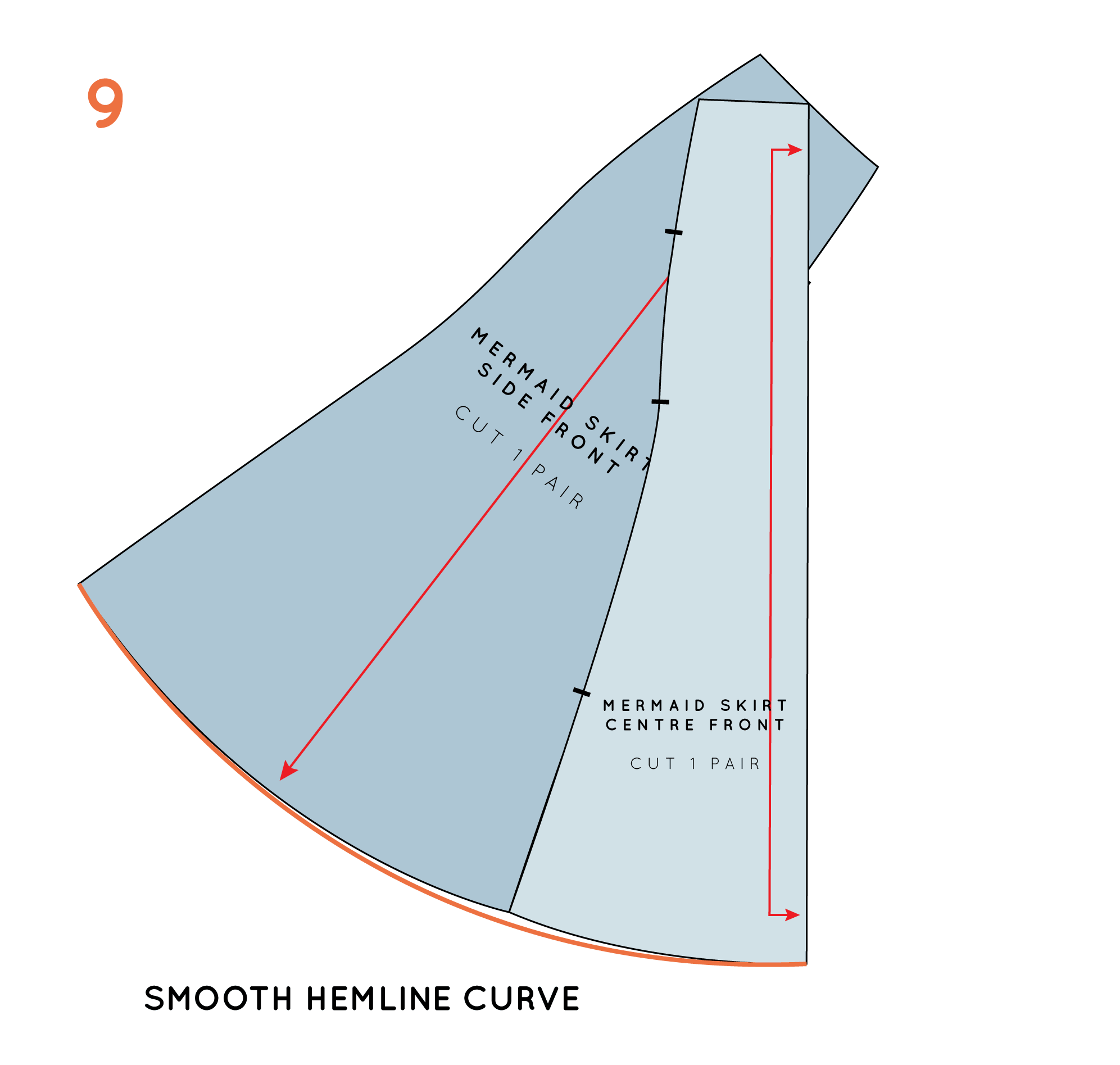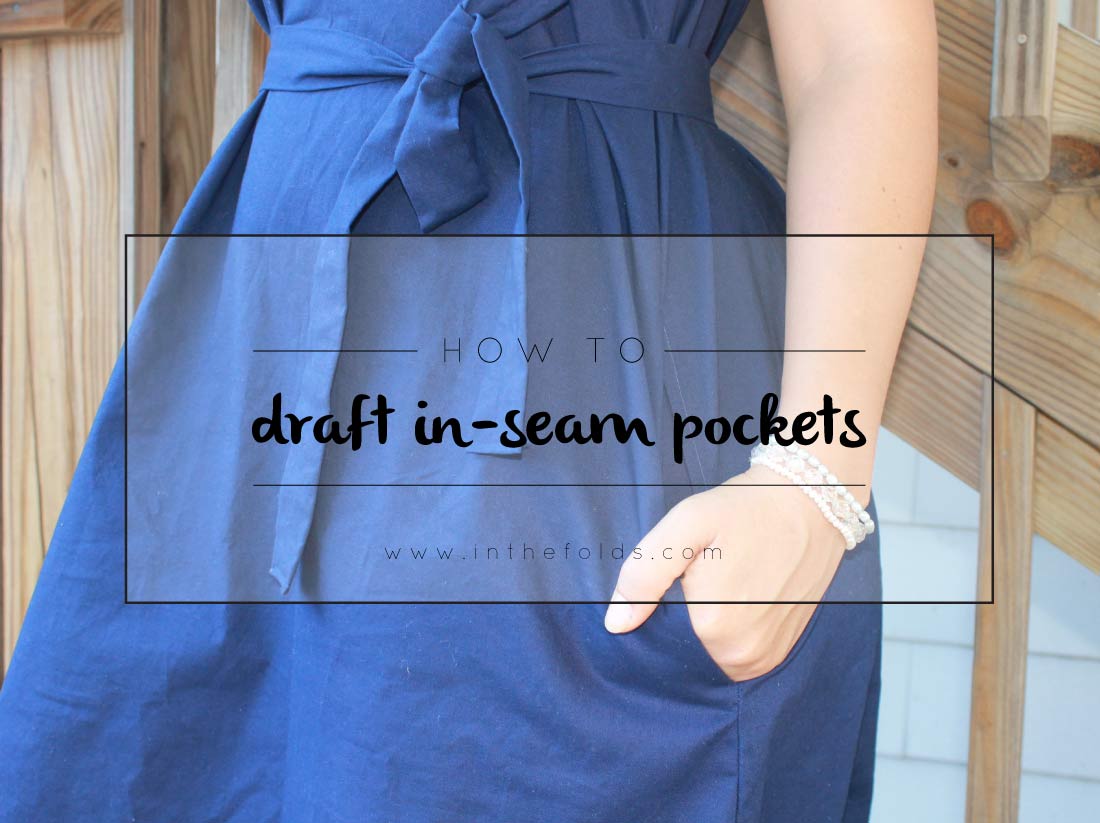In short, your work may (is likely to be) a little bit crap at first. But you won’t know that till you try, and you won’t be able to get it looking better if you don’t just put it out there and start ironing out the creases, developing your style, working on your process, and getting feedback from those around you. It can be scary at first, you wonder what people will say, what people will think, but all you can do is be brave and put it out there. Just do it.
I recently watched this TED talk by Reshma Saujani about the importance of women being brave instead of being perfect, and it really struck a chord with me. And this blog post by Heather Lou form Closet Case Files, is also another great read about just biting the bullet and doing it (just in case you need a little more of a shove).
3. Practice makes perfect
No-one goes into business knowing how to do everything. No matter what they tell you. I went into my business with a lot of knowledge and skills related to my business - I have a degree in Fashion and Textiles, I knew how to create a website, I knew how to put a tutorial together, I knew I could write well.
But that was far from the skills and knowledge I needed - I didn’t have a clue about marketing and advertising (and still don’t know much), I had no idea about book keeping for a business, and I also didn’t know all the ins and outs of drafting and grading a pattern digitally. But I didn’t let these things turn me off.
There is always going to be things we don’t know how to do (I still hit these obstacles daily), but the internet is an insane resource. We are so lucky to live at a time when finding the answer to a question is as simple as typing it into a Google search, or reaching out to a friend on Facebook or Instagram.
One thing I found really liberating was to accept that there were things I did not know how to do, but I also knew I didn't need them right away. So I decided to file them away in a corner of my brain, labelled as 'work it out later.' By compartmentalising the tasks at hand, I could focus on what needed to be done, and learned, in the present, with the understanding that I could cope with the other things in the future. For example, when I decided to start my business, I had no idea how to grade a pattern digitally. Although I knew it was an important thing for me to learn how to do (and was crucial to me being able to launch my first product), I also knew I didn’t need that skill on the first day I started my business. There was still A LOT I had to do before I got to the point that I would need to digitise my pattern (I had to design the pattern, make up countless samples until it was just right, scan in the paper patter and build a website to house said pattern) and there was no point wasting mental real estate on it.
When it was finally time to grade the pattern, that’s when I faced it. I started experimenting. I read everything I possibly could get my hands on on the topic. I knew how to use Adobe Illustrator, but had never tried to draft a pattern with it. I was learning from scratch. I practiced, I tried out different techniques, and I made mistakes. Lots of them. I trawled the internet for information and took snippets from many different sources, until I found a process that worked for me. My process wasn’t perfect, but nor did it need to be. It did the trick, and I knew that the next time I did it, I would be faster and more efficient.
3. Find your people
Finding your people is so important to the success of your business. I did a short small business course before I started In the Folds, and there was a lot of talk about our ‘ideal customer.’ At the time it seemed like a very abstract concept to me. I didn’t know what my ideal customer liked, didn’t like, what she did for work, what she did in her spare time (apart from sew, obviously!). None of it. I didn’t even know how I could find this information.
Then I found Instagram. [This is not to say that Instagram will work for everyone. Your ideal customer may hangout elsewhere, they may not even be present online (although I think that is doubtful if you are taking the time to read this post), but this is just an example of working out where your ideal customers spends their time.]
Unfortunately, this was a lesson that took me a while to work out. And this is one of those lessons I wish I learned before starting my business.
There was a three month period between my official first day of business and the day I launched my website and my first pattern (the Rushcutter). I had my head down designing my first pattern, putting it through testing, and getting my website up and running, and I had very little contact with the outside world (particularly with the outside online world). A girlfriend kindly offered to help me get some social media up and running (see point number 5 for the importance of calling on favours), as it was something I had been neglecting, and for some reason just couldn’t seem to face. She suggested I get on Instagram, as it would be a great place for me to be in touch with people who may be interested in my website or even my products. I told her it was fine, I already had an Instagram account from my previous blog (with a whole 34 posts and 226 followers) and I could just carry on with that.
Thankfully, my dear friend knew far more than I did about the power of social media. She created an account and said she’d just have a play around with the kinds of posts she thought would work for my brand. I quickly realised the power of Instagram, as well as what all that fuss was about… Apparently sewists love Instagram (myself included). Due to the generosity of my friend, I quickly learned the kinds of posts I should be publishing, how hashtags worked, and how to use Instagram to chat to like-minded people. I quickly connected with hundreds of amazing women (and maybe a few men) who loved sewing as much as me, and wanted to see photos of all the things I was working on. Suddenly I felt part of a community. A community that is incredibly supportive and inspiring - which is worth its weight in gold, when you are knee deep in a business that you run on your own.
Although I have now found my people, I do think it would have made launching my business and my first product much easier if I already had an online presence back then. Not only because I think I would have had customers from the get go, but also because of the huge amount of support and encouragement I get from my online friends (and some have even become offline friends now too). So, if I was going to go back and do it all over again (which I obviously can’t do, but I am writing this in the hope that it helps someone like you), I would have opened an Instagram account the moment I knew I was starting a business, and built some hype (and some friendships) in the months before my launch.
4. Plans are much better than lists
This is another one that took me a little while to learn. If you asked me a year ago which camp I was in - To-do lists or plans - I would have proudly said that I was a to-do list addict. Fortunately, in time, I learned that to-do lists just don’t cut it. I find a to-do list a really good place to start, if my mind is overflowing with information, but it really is just the first step.
I use a to-do list as a way to just clear my mind and get everything down on paper, but then I use a schedule to allocate time for each thing on that to do list. It has made me become much more realistic about what I should get (and can get) done in a day, and also allowed me to overcome that disappointing feeling at the end of the day when I haven't managed to cross off the 332 (and possibly 82 hours of work) off my To-do list, because now I don't have those crazy lists that were setting me up for disaster before I even began. If you’d like to know more about how I manage my time, take a look at this post where I go into a bit more detail.
5. Ask for help
I am notoriously bad at asking for help. I always worry that people are too busy doing their own things, and asking for help will be too big of an ask.
What I learned when I started In the Folds, was that people really do want to help. People are inspired by those who are going out on their own, and even if they don’t want to, or can’t do it themselves, often they will still want to be part of that journey.
When I told my friends and family that I was starting a business, I was surprised and heartened by the number of people who came forward to offer their time and expertise. One beautiful friend offered to get started on my branding, while another (who I mentioned earlier) got on with my social media. Help in these two areas (which were two areas I had very little confidence in my ability to do well) was just what I needed. I quickly learned that with a bit of a push and some encouragement, I did know what I wanted, and I also did have the skill to handle it, once they had got the ball rolling for me.
So this is the moment when I say, TAKE THE HELP! Be gracious, be humble, be very very thankful, but just take the help. Who knows when you will be able to return the favour, but you can always find a way. And don’t be surprised by the people who come forward to say they’d like to help. You can find wisdom in weird and wonderful places. A friend of mine who is a computer coder offered to look over my pattern digitisation process, to see if he could streamline it at all. He showed me a shortcut that literally saved me hours!
6. Start book keeping from the very beginning
This one is a boring one, but a very important one! Book keeping is something I neglected until about six weeks ago. Yep, seriously. It was something I just kept putting off. And putting off. And putting off. There always seemed to be something more important to be doing. But when I finally decided to bite the bullet, after a friend told me about the success she was having getting her taxes sorted on Freshbooks. I quickly realised it was nowhere near as bad as I thought it would be. Yes, I have spent far more money than I have made, but at least now I know exactly how much. And I also know where my money is going. And now I have a process.
I would suggest working out a book keeping system as soon as you can - particularly when you are right at the beginning. As this is something that can grow with you if its done right, and you will spend less time rummaging through your handbag looking for receipts!
7. Be authentically you












































